What we perceive as real, the psychological nature of how we engage with objects and material, are running threads throughout the works of Nabuqi. Ranging from handmade sculptures to installations made from assembling readymades, there is a pull for the viewer to engage with detail and context, to be attuned to and reflect upon the spectrum between artificial and actual. As such, Nabuqi creates realms that prompt our understanding of the world around us and engage us in a play of spatial politics.
A core notion permeating Nabuqi’s work is that of ‘presence’ as developed by Martin Heidegger in his writings about phenomenology, understood as the study of structures of consciousness as experienced from the first-person point of view. In Being and Time (1927; transl. 1962), Heidegger argues that the concept of time prevalent in all Western thought has largely remained unchanged since the definition offered by Aristotle in the Physics. Central to Heidegger’s own philosophical project is the attempt to gain a more authentic understanding of time, considering time to be the unity of three ecstases: the past, the present, and the future. The ‘presence’ to which Heidegger refers is thus both a presence as in a “now” and also a presence as in an eternal present, as one might associate with God or the “eternal” laws of science.
‘Do real things happen in moments of rationality?’ (2018) points most directly to this key tenet and consideration. First exhibited in Shanghai and then at the Venice Biennale 2019, the installation is composed of a green tarp and idyllic black-patches-on-white cow sculpture on rails, rotating amid a fictitious landscape of pastures and blue skies printed on cloth. There is, on the one hand, a sense of acknowledgement for what the objects and assemblage are, but there is equally a trigger about what they’ve been and will be. This form of sliding visual interference raises a sense of deja-vu. While we nod and recognise the scene we’re also baffled upon closer inspection by its incredulity.
A similar dichotomy of experience is elicited by the work ‘Destination’ (2018), also presented at the Venice Biennale 2019. A white beach billboard is perched at an angle, reminiscent of those luring images selling an idyllic beach holiday. Jutting through the scene, however, is a palm, integrating itself within the landscape by association but breaking it by disturbing the fields of sight. Upon closer inspection, the palm is part of a cluster of further plants, hidden beneath the billboard and behind it, as if backstage members of a visual theatre, one of whom has broken through the public facade. There is a sense of association but also farce, a feel of being in competition with reality. It also points more strikingly to Nabuqi’s play with nature, actual or man-made, it’s incorporation into her installations and dialogue.
In addition to a running interest in flora, Nabuqi addresses our notions of habitat. ‘At dusk after the rain… setting sunlight… where light spots in all sizes…… fade,……washing out… and winding towards…… the end, as a sharphonking is heard… disappear’ (2017) is the constructed interior of a home, arranging various layers of space on an abstract level. In a corner, a cube of plants is encircled by a curtain with a white light shining from within. Suddenly turning off and on, the white light draws focus to the space within a space and adds an element of theatricality, one that is heightened by the original lyricism of the work’s title. Emphasising the interest habitat is ‘How to Be “Good Life”’ (2019), an assemblage of household objects from lamps to a chair, carpets and bowls. As if popped out of a catalogue, each object is nothing more than itself, but composed as a whole, points to an alter mode of potential living.
Ultimately, Nabuqi plays with the optics and spectrum of observation, the programming that we accept and also question. Through addressing the familiar – nature, domesticity – the viewer is more deeply engaged in considering ‘presence’, how one perceives what is in front of them at present, what it was before and will be in the future. Nabuqi’s elaborate installations thus point to our epistemological idiosyncrasies and prompt, with wit and theatricality, a reflection on our constructed norms.
Nabuqi graduated from the Central Academy of Fine Arts in 2013. Nabuqi’s work has been widely exhibited in notable international exhibitions including: “China, A New Generation of Artists”, Centre Pompidou, Paris, 2024; “Geopoetics regarding a waterless sea”, Kiang Malingue, Hong Kong, 2024; “NABUQI: ‘A Question is Also a Form of Sculpture’”, (M WOODS 798, Beijing, 2024); “Everything goes back to square one”, (West Bund Museum, Shanghai, 2022); “Mirror Image: A Transformation of Chinese Identity”, (Asia Society Museum, New York, 2022); “Feeling the Stones: The First Diriyah Biennial” (2021); “Noire Lumière”, (HOW Art Museum, Shanghai, 2020); “Study of Things. Or A Brief Story about Fountain, Brick, Tin, Coin, Wax, Stone, Shell, Curtain and Body”, (Guangdong Times Museum, Guangdong, 2020); 58th Venice Biennale “May You Live In Interesting Times” (2019); “Cold Nights” (UCCA Art Centre, Beijing, 2017); “Absent Paragraph” (Museum Beelden aan Zee, Den Haag, 2017); “Any Ball” (Central Academy of Fine Arts, Beijing, 2017); the 11th Shanghai Biennale “Why Not Ask Again: Arguments, Counter-arguments, and Stories” (2016) and the 11th Gwangju Biennale “The Eighth Climate (What Does Art Do?)” (2016). She was nominated for the 2016 Art Sanya Huayu Youth Award.
Nabuqi Beijing, China, B. Inner Mongolia, China, 1984
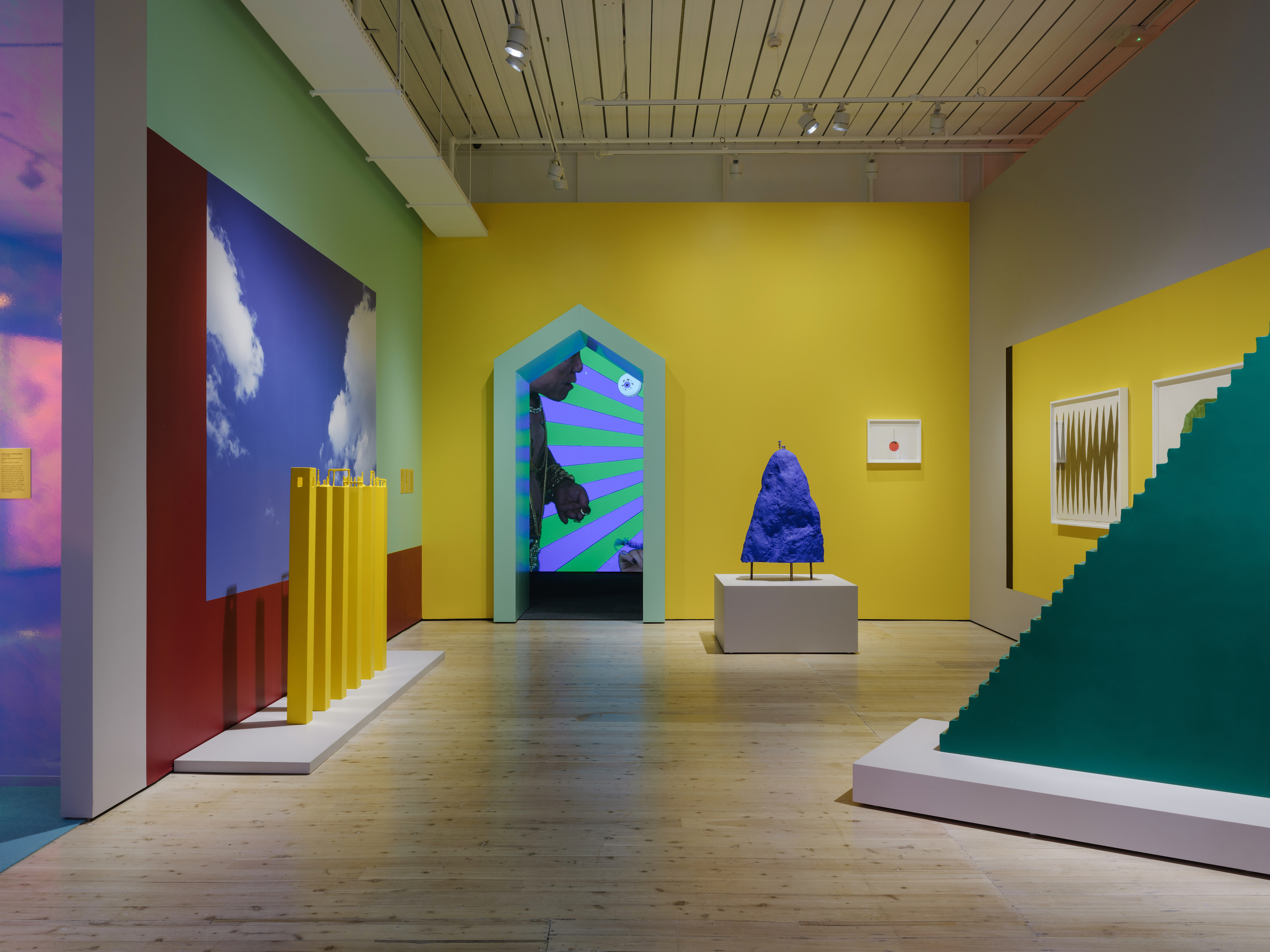
Installation view, “XSWL”, White Rabbit Gallery, Sydney, 2024.
Courtesy of White Rabbit Collection, Sydney. Photography by Hamish McIntosh.

Stainless steel, colored
130 x 10 x 10 cm each, 6 pieces in total
Courtesy of White Rabbit Collection, Sydney. Photography by Hamish McIntosh.

Installation view, “XSWL”, White Rabbit Gallery, Sydney, 2024.
Courtesy of White Rabbit Collection, Sydney. Photography by Hamish McIntosh.
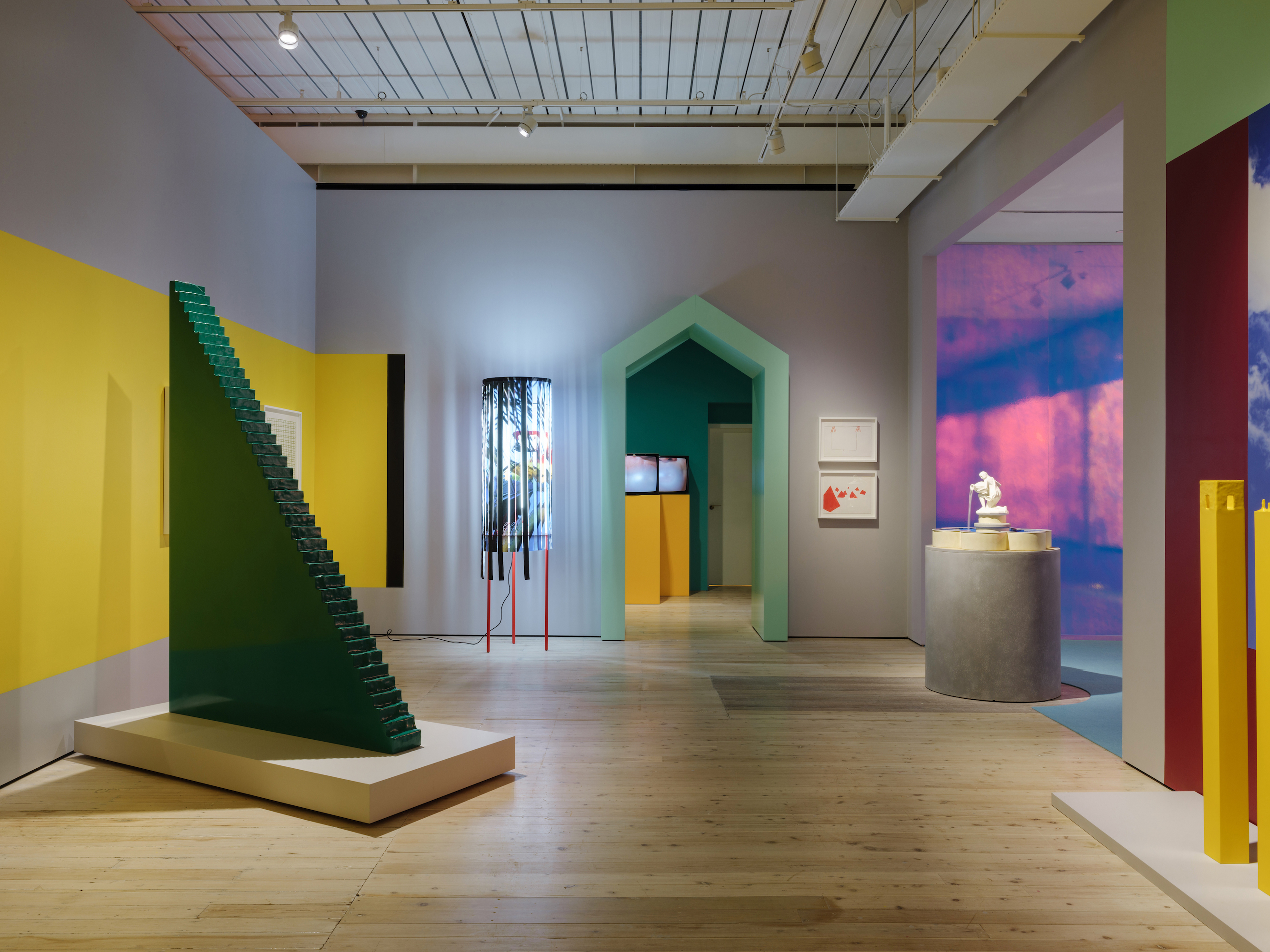
Installation view, “XSWL”, White Rabbit Gallery, Sydney, 2024.
Courtesy of White Rabbit Collection, Sydney. Photography by Hamish McIntosh.
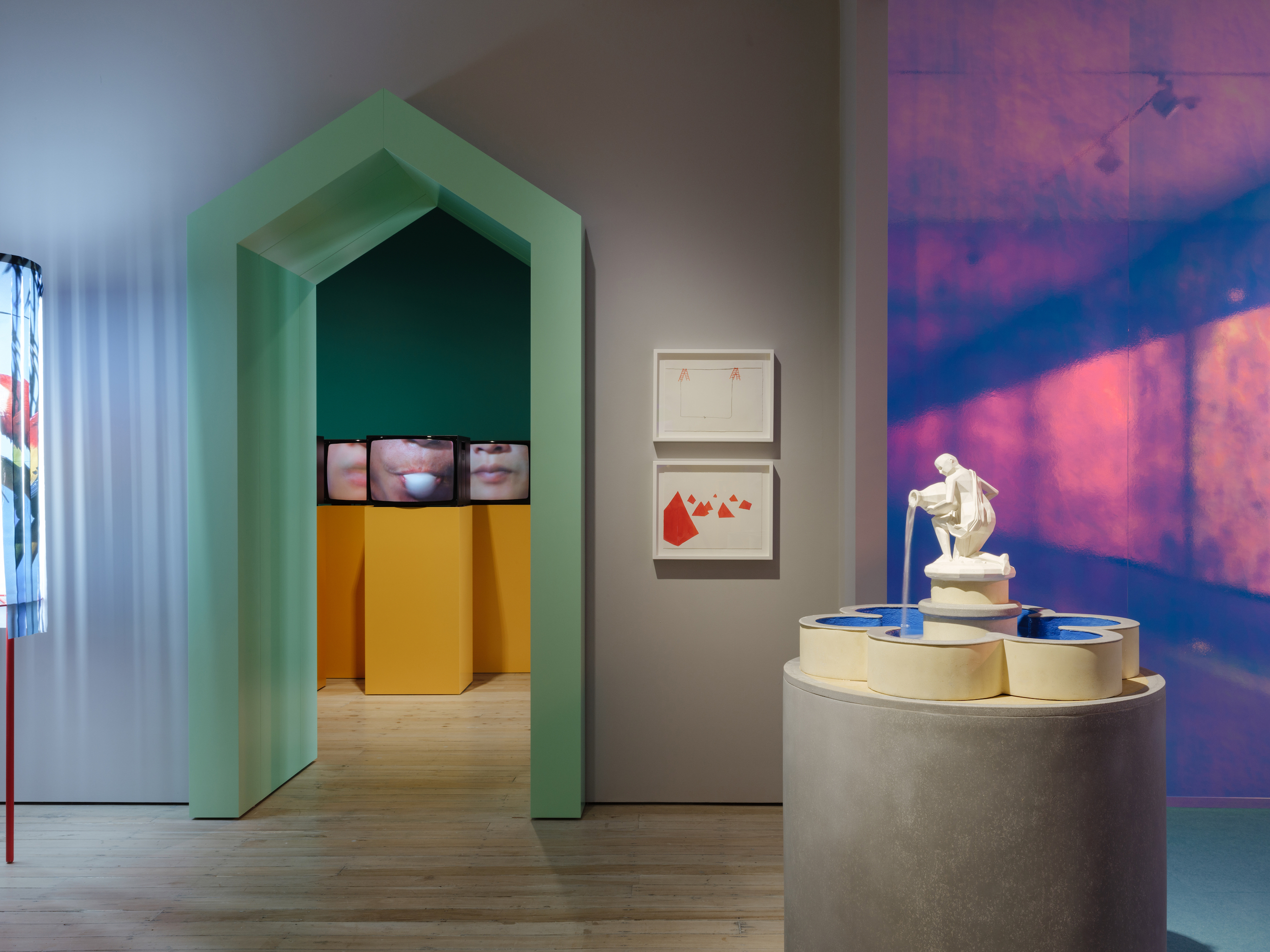
Installation view, “XSWL”, White Rabbit Gallery, Sydney, 2024.
Courtesy of White Rabbit Collection, Sydney. Photography by Hamish McIntosh.
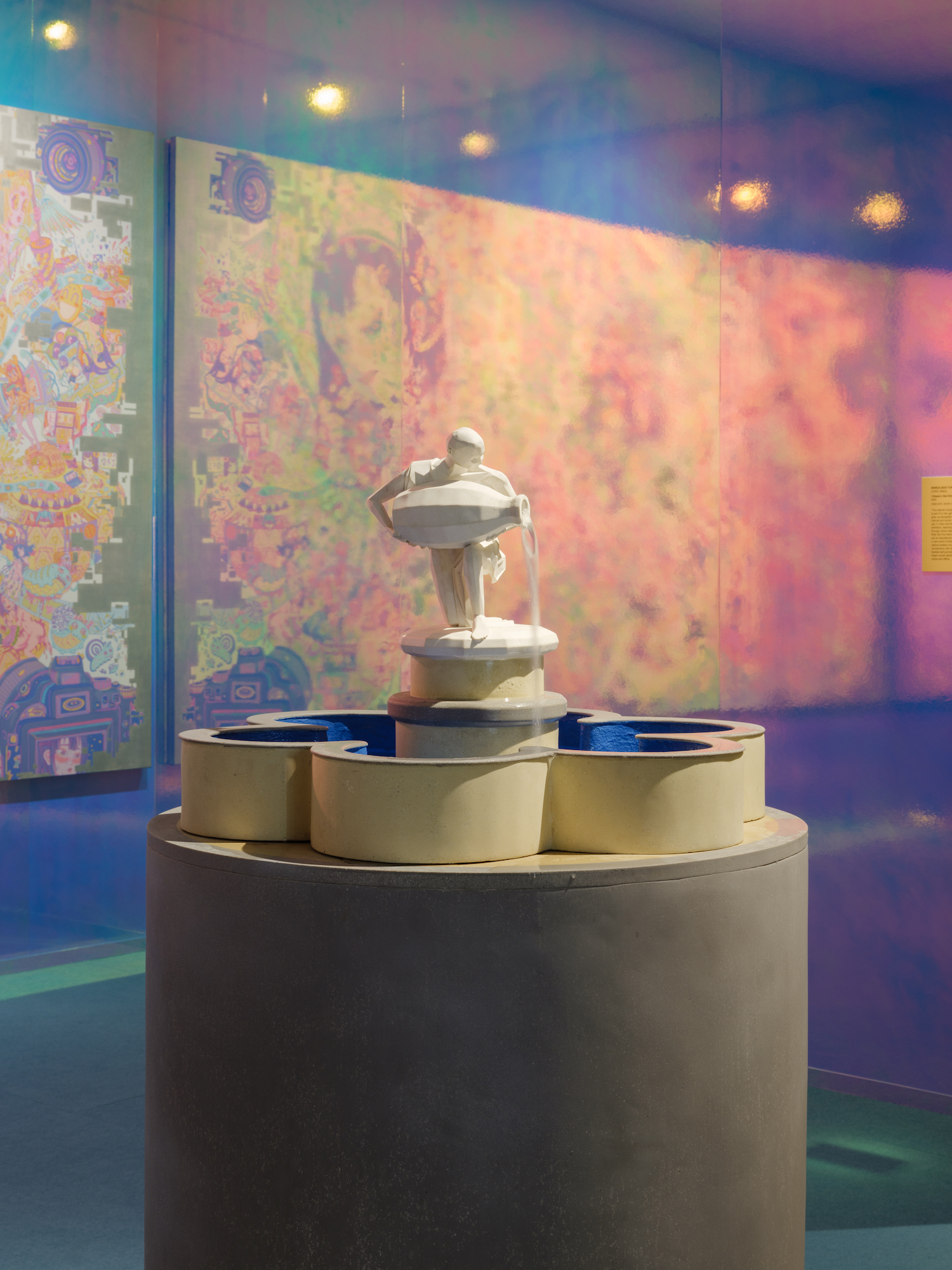
Resin, sand, water pump
140 x 83 x 83 cm
Courtesy of White Rabbit Collection, Sydney. Photography by Hamish McIntosh.

Installation view, Jingan International Sculpture Project, Shanghai, 2024.
Image courtesy of UCCA Lab.
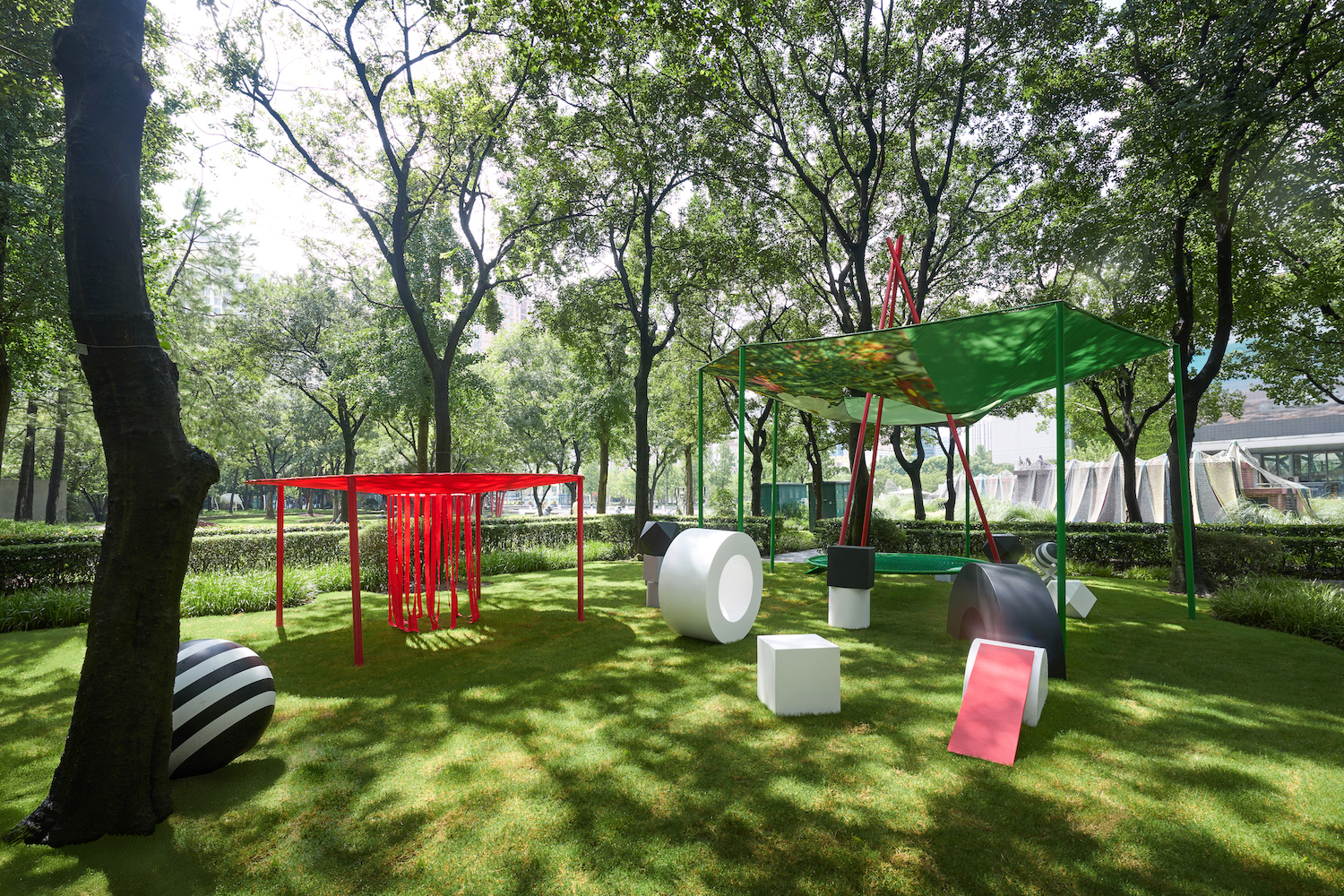
Installation view, Jingan International Sculpture Project, Shanghai, 2024.
Image courtesy of UCCA Lab.
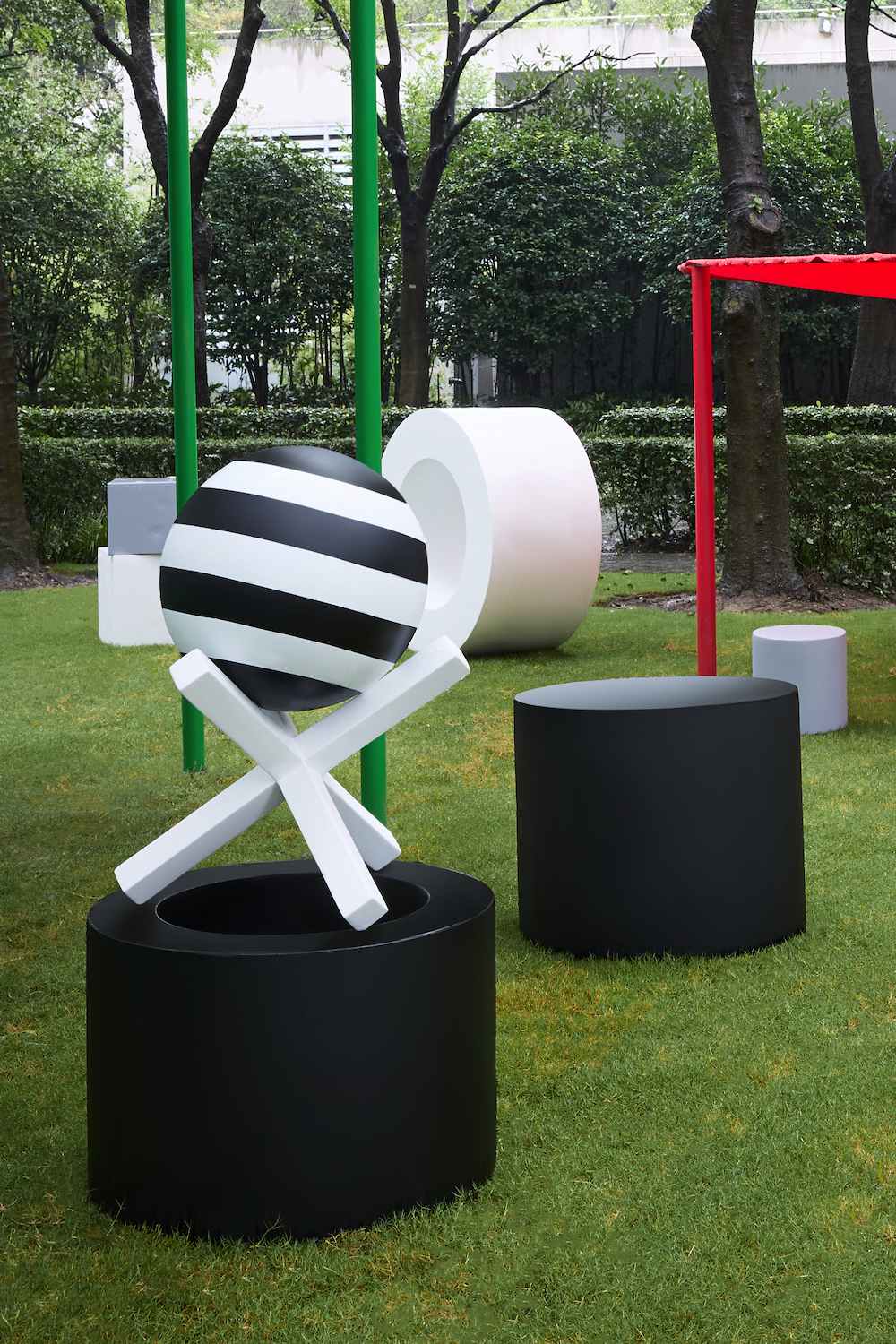
Installation view, Jingan International Sculpture Project, Shanghai, 2024.
Image courtesy of UCCA Lab.
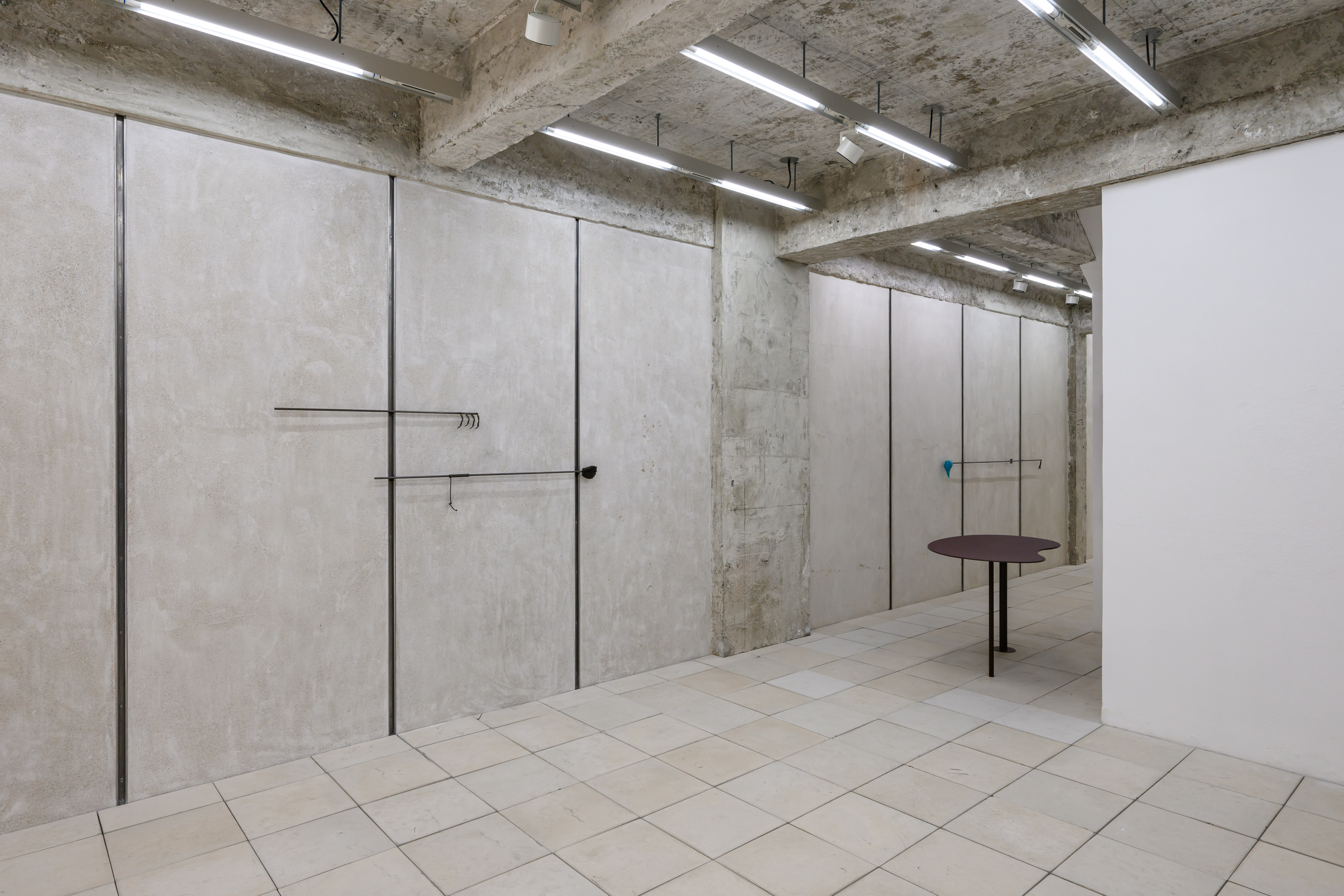
“Geopoetics regarding a waterless sea”, Kiang Malingue, Hong Kong, 2024.
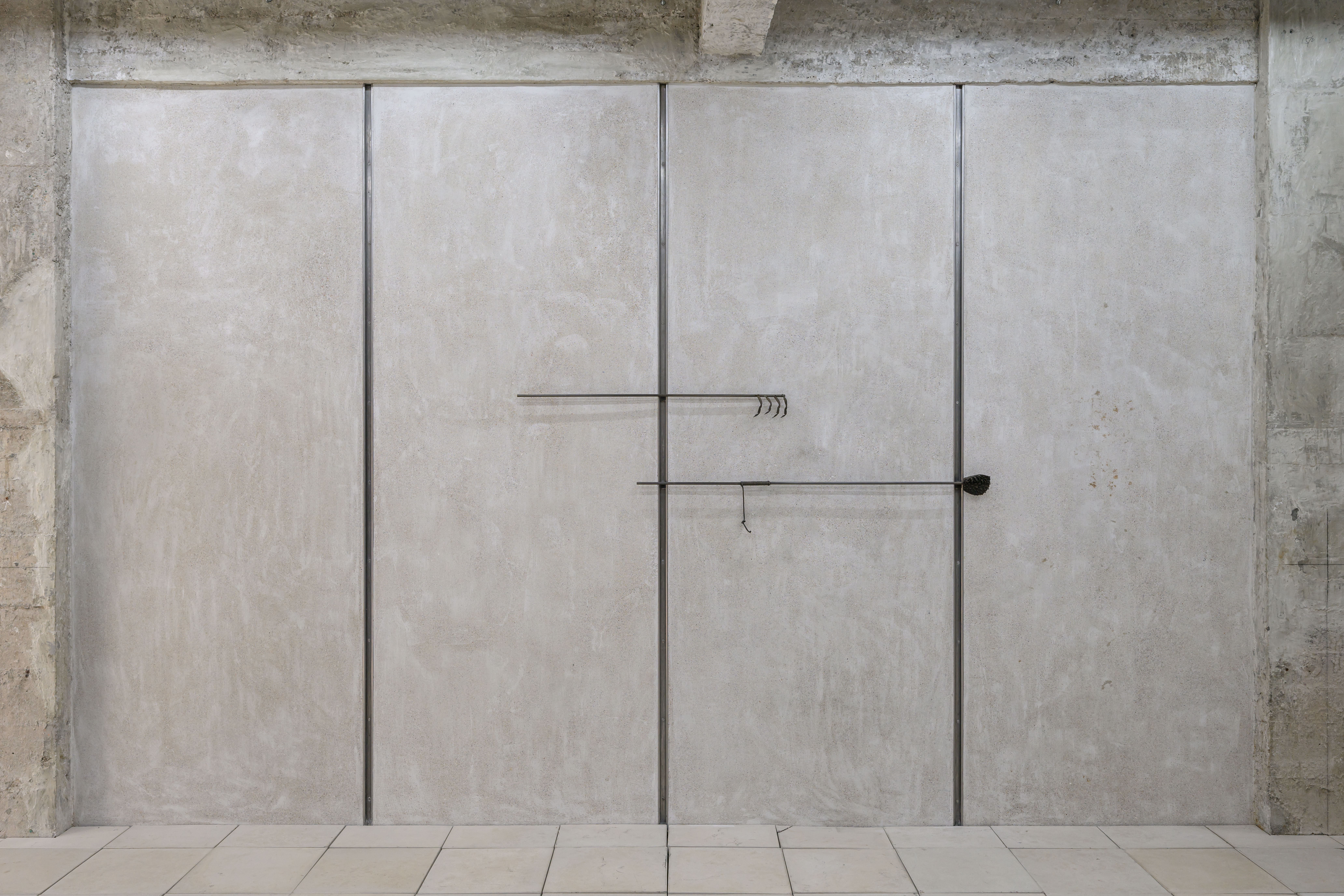
“Geopoetics regarding a waterless sea”, Kiang Malingue, Hong Kong, 2024.
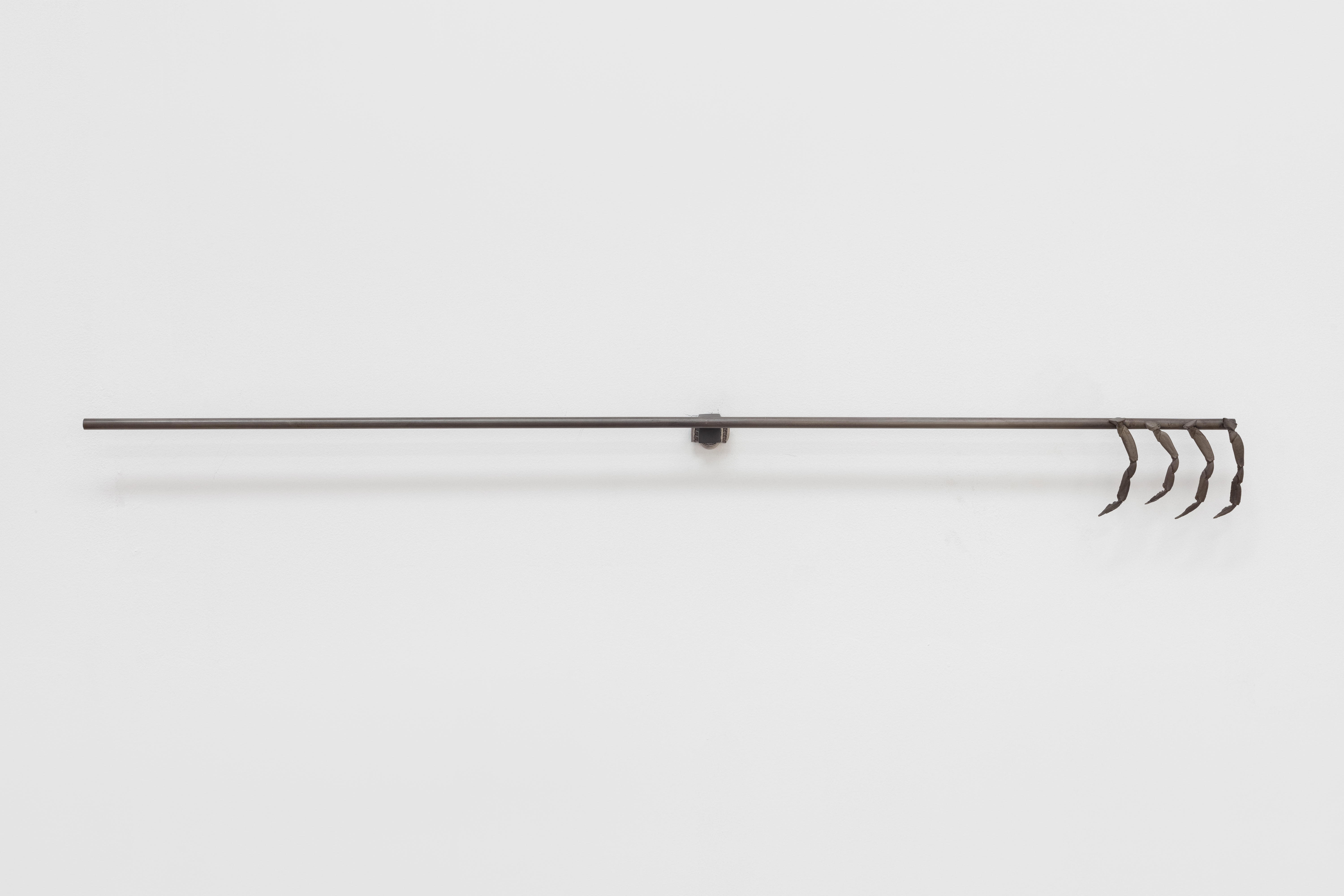
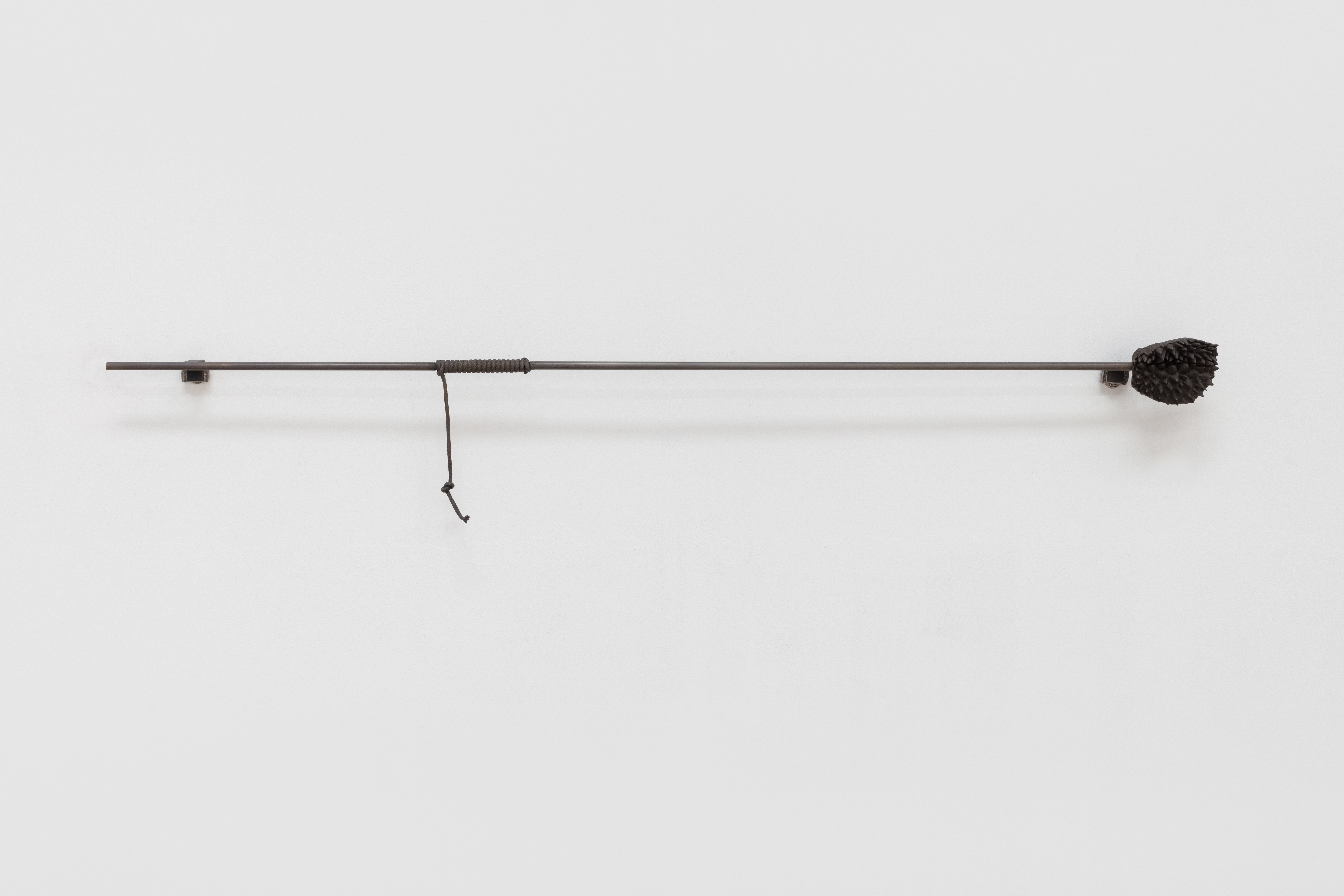
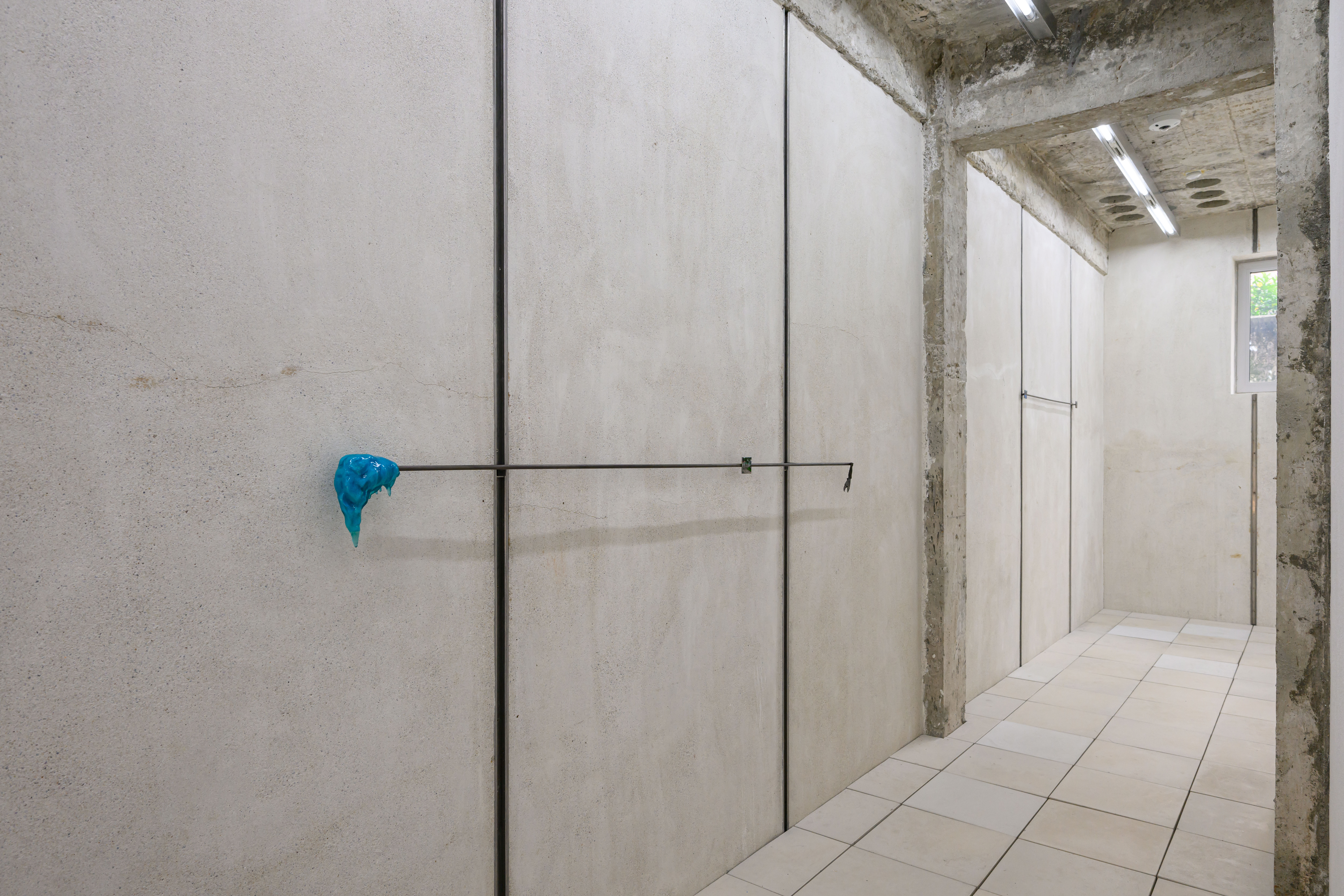
“Geopoetics regarding a waterless sea”, Kiang Malingue, Hong Kong, 2024.
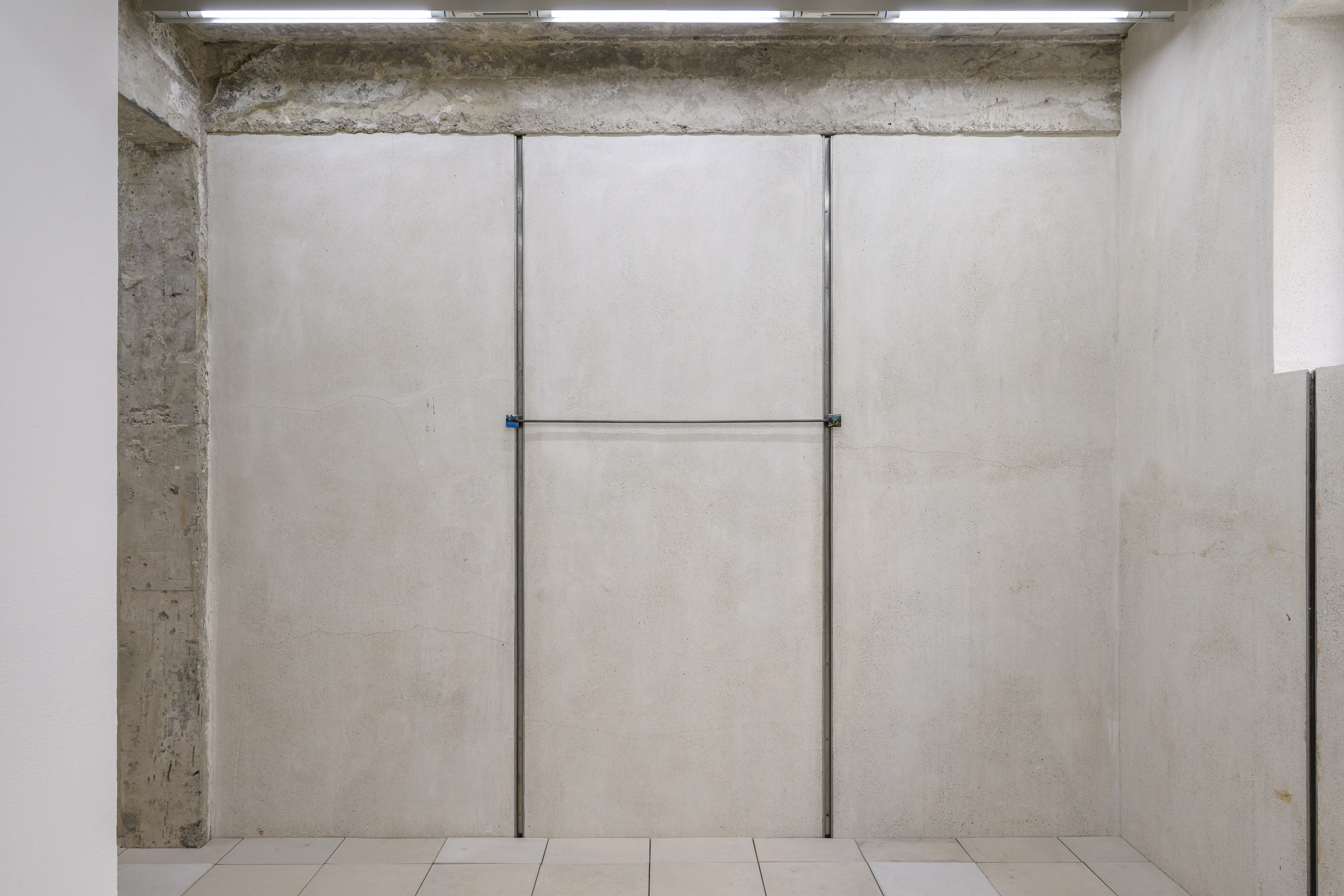
“Geopoetics regarding a waterless sea”, Kiang Malingue, Hong Kong, 2024.
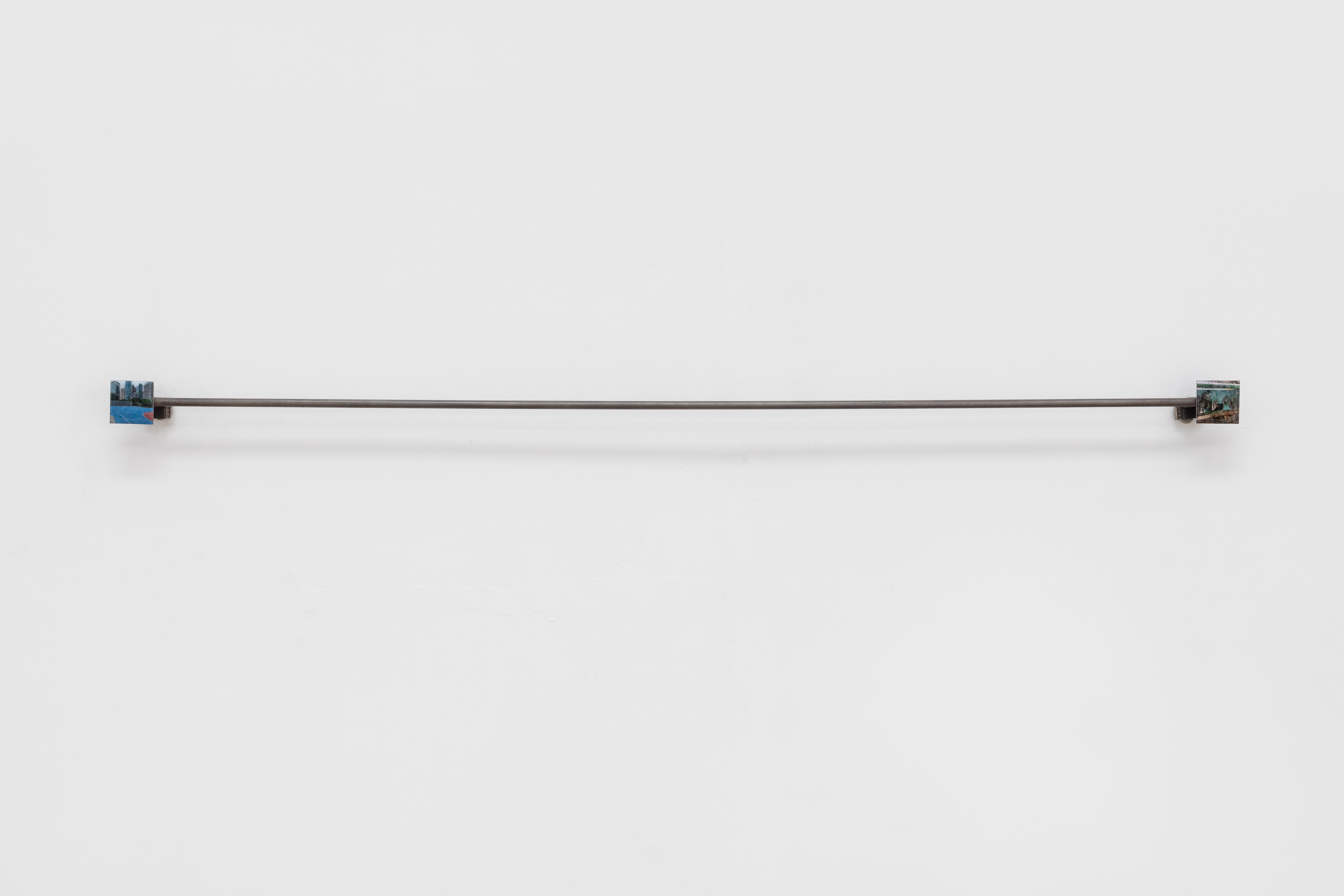
Bronze, brass, collectible print paper, resin
135 x 5 x 3 cm
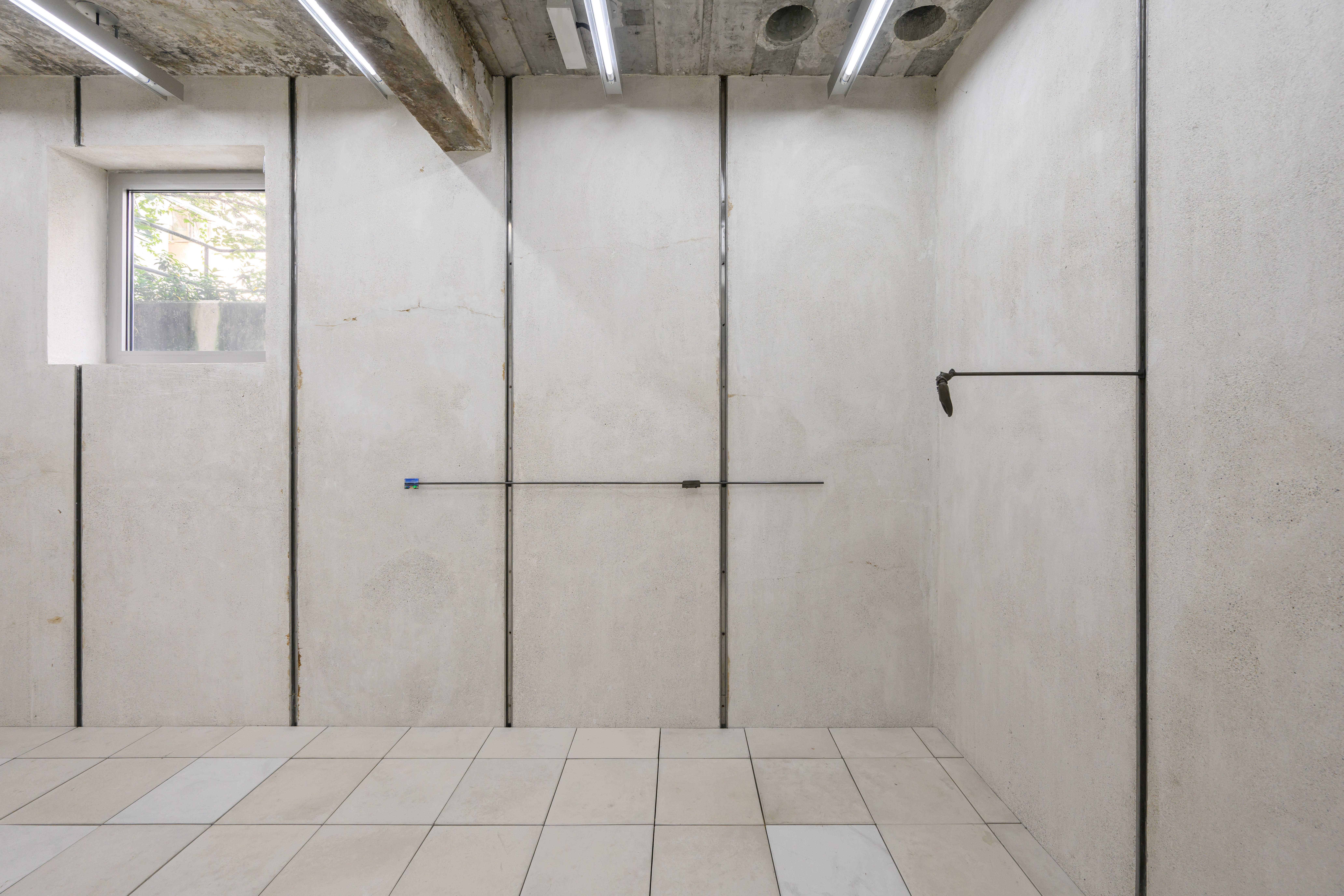
“Geopoetics regarding a waterless sea”, Kiang Malingue, Hong Kong, 2024.
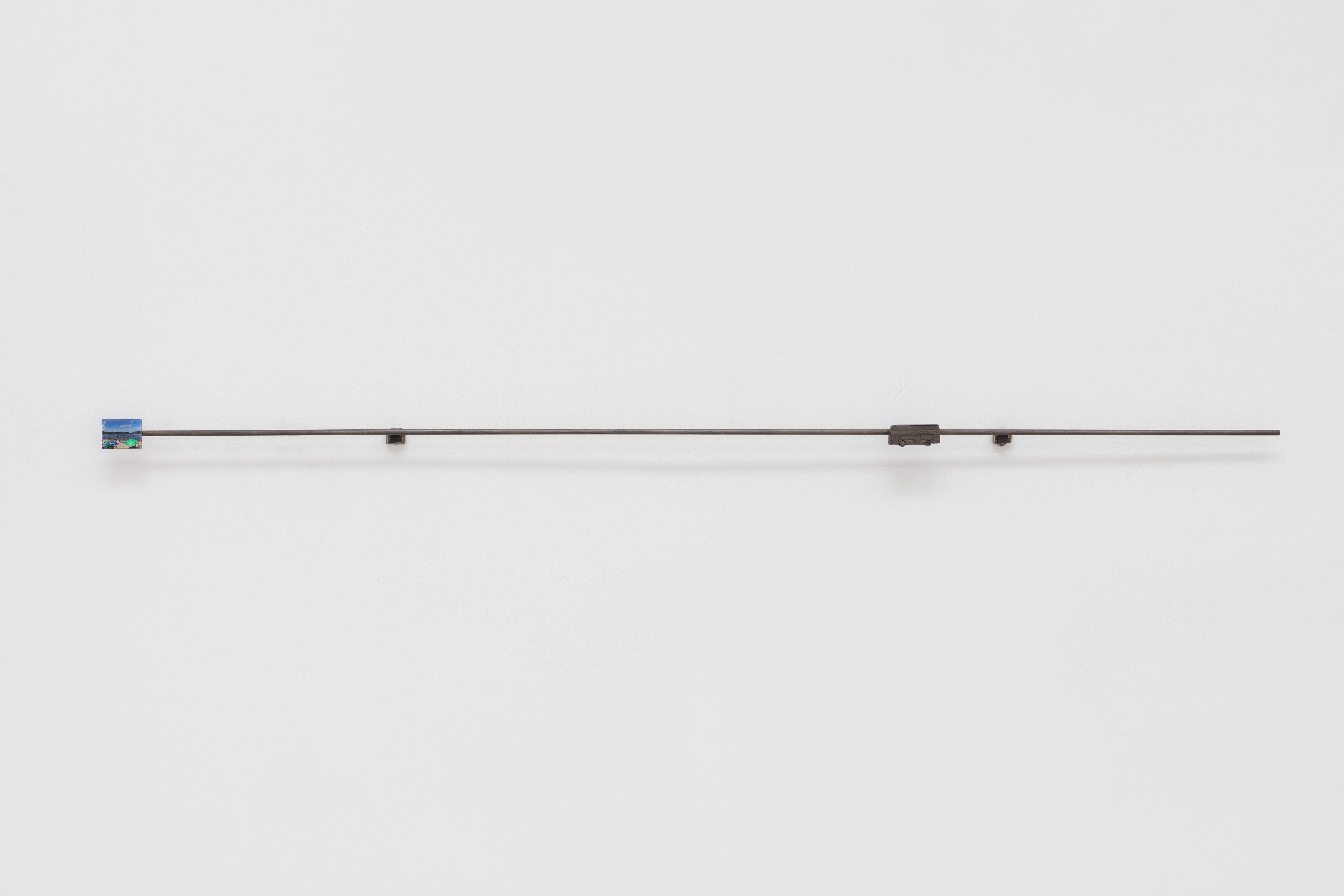
Bronze, brass, collectible print paper, resin
202.5 x 5 x 5 cm
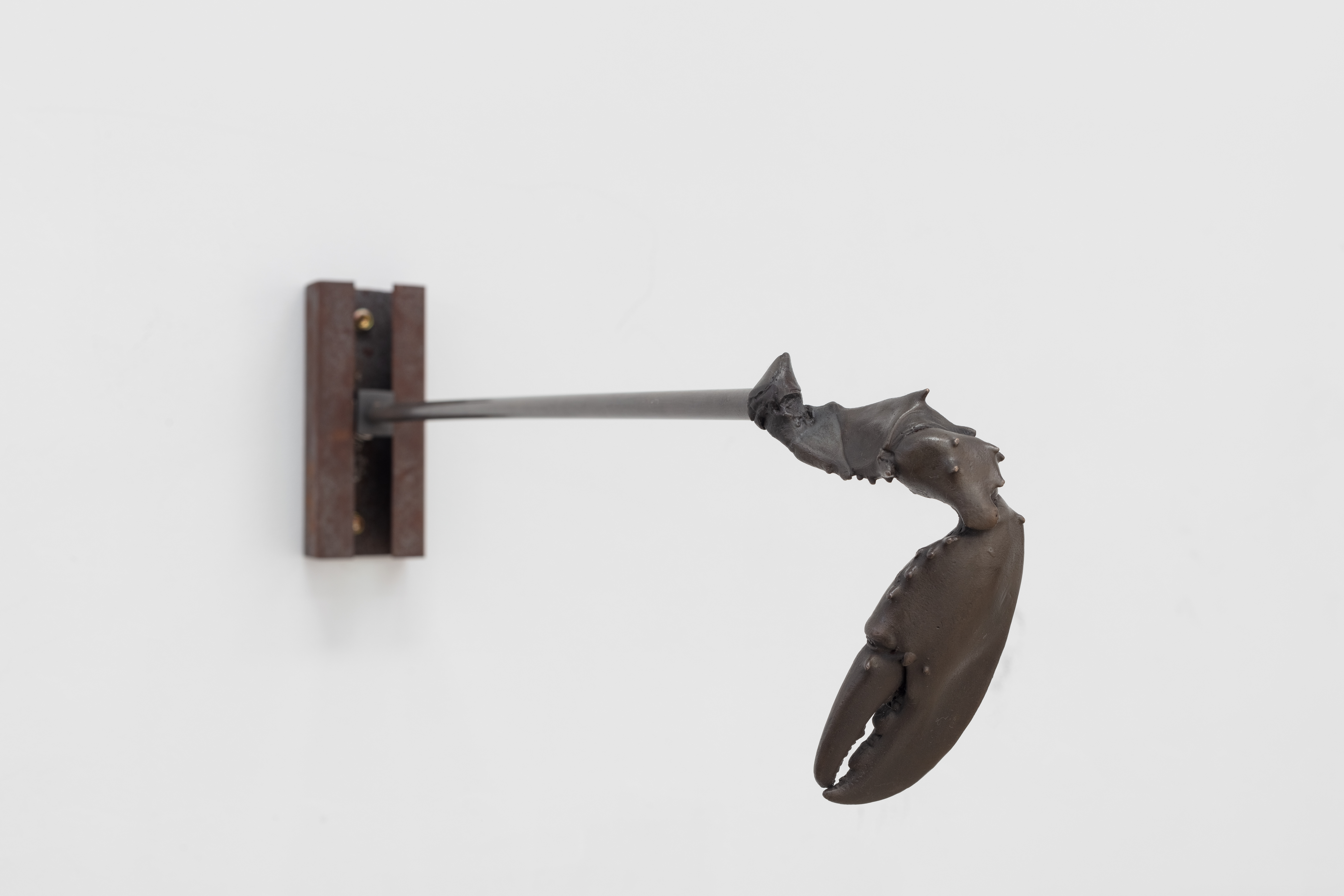
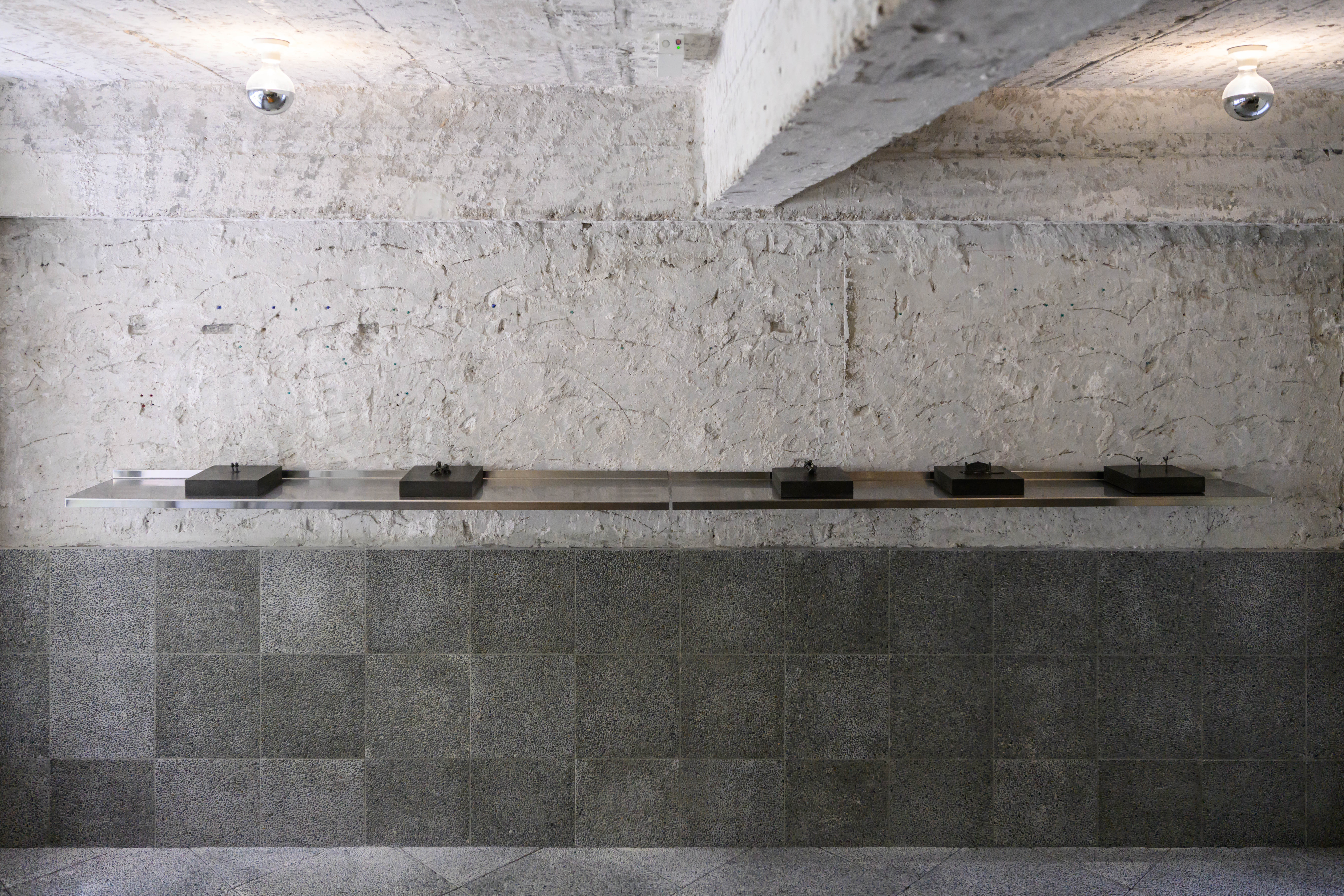
“Geopoetics regarding a waterless sea”, Kiang Malingue, Hong Kong, 2024.
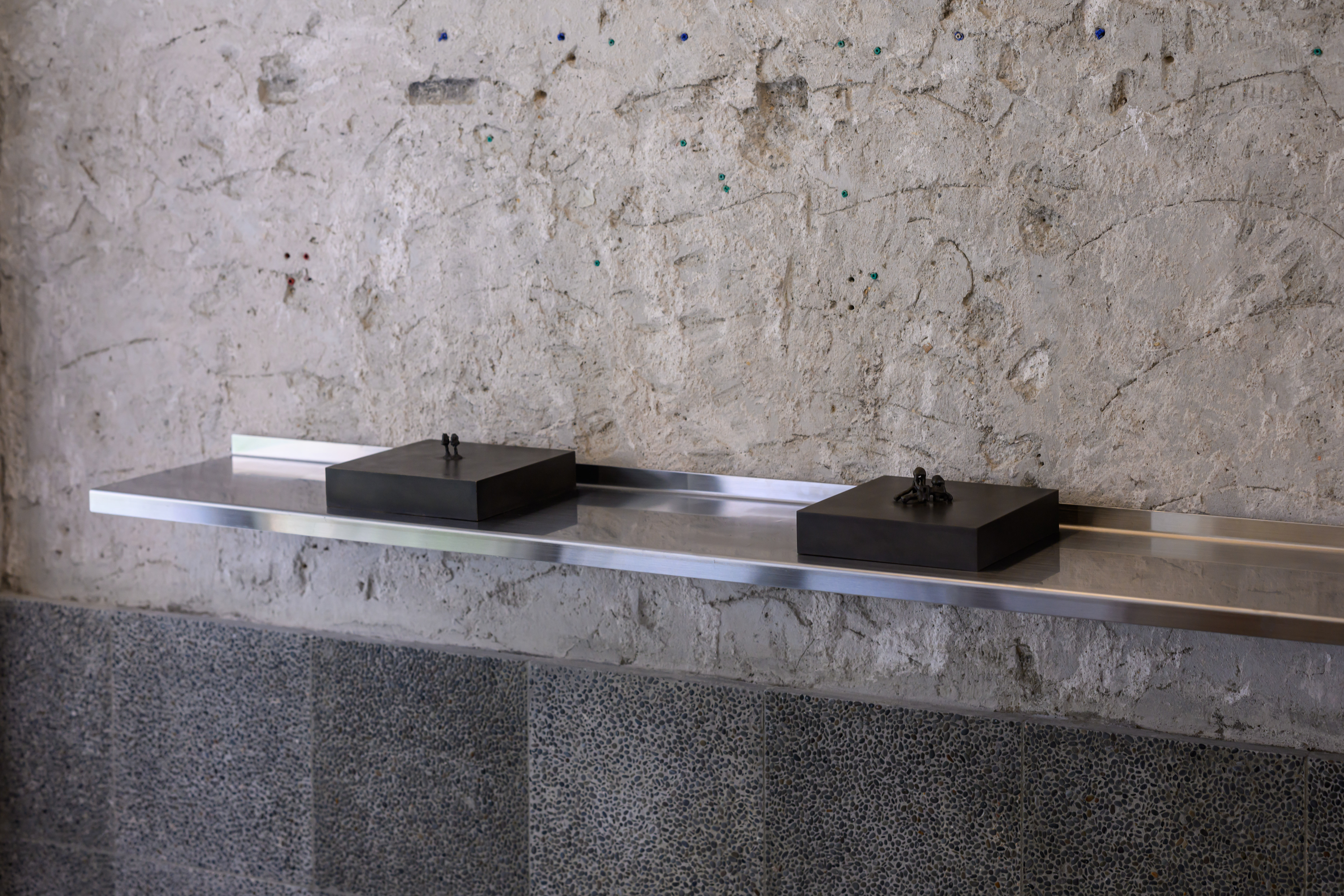
“Geopoetics regarding a waterless sea”, Kiang Malingue, Hong Kong, 2024.
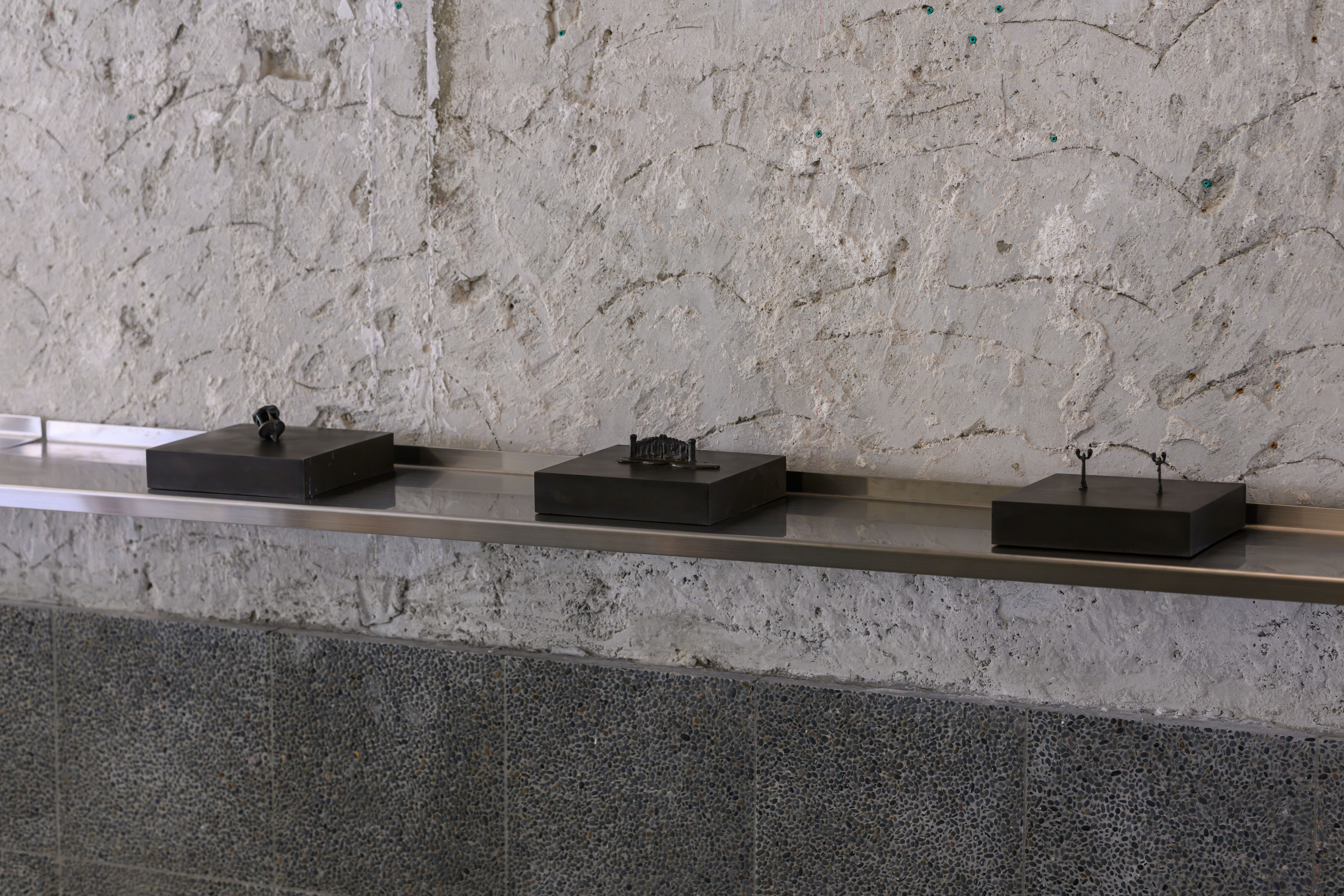
“Geopoetics regarding a waterless sea”, Kiang Malingue, Hong Kong, 2024.
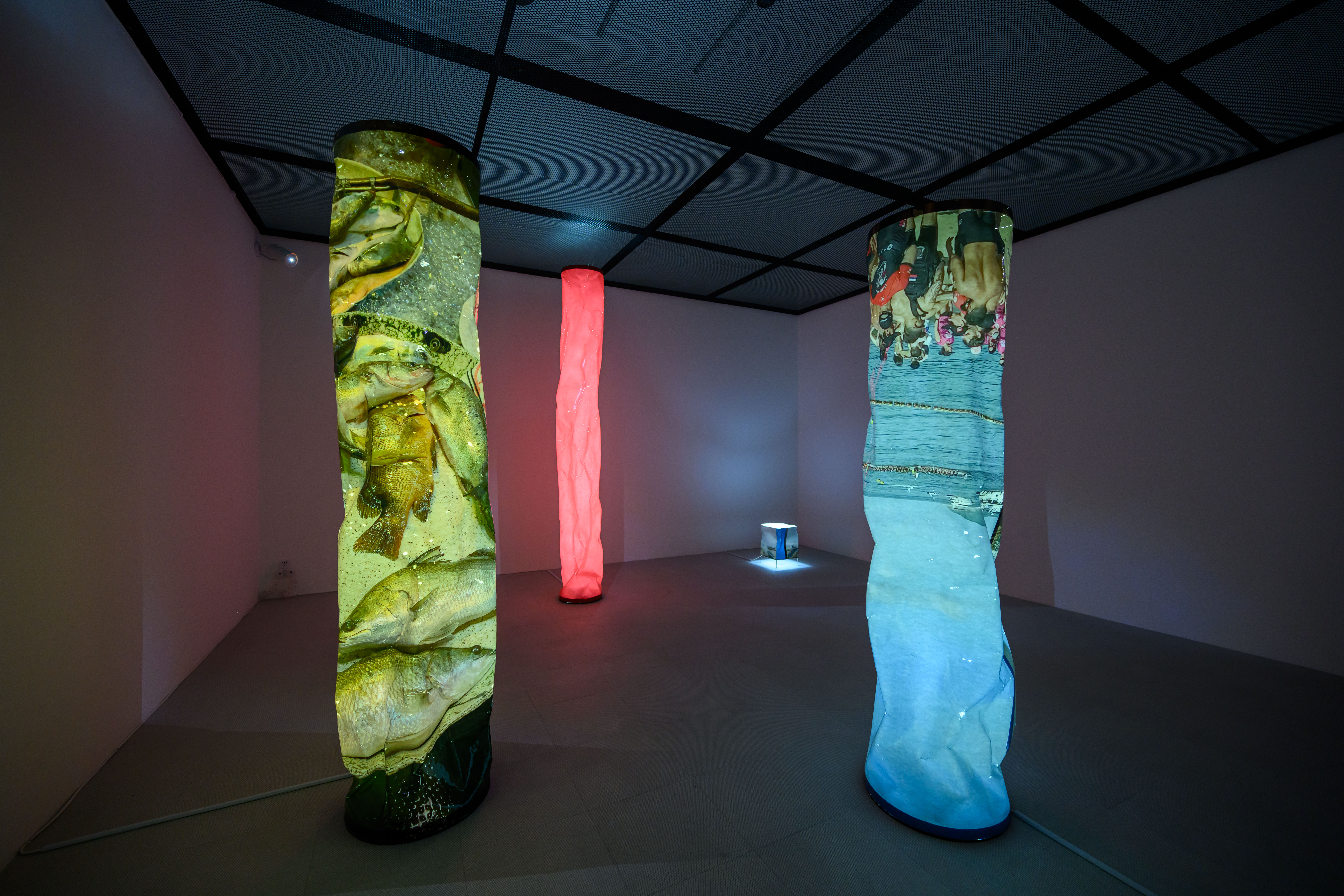
“Geopoetics regarding a waterless sea”, Kiang Malingue, Hong Kong, 2024.
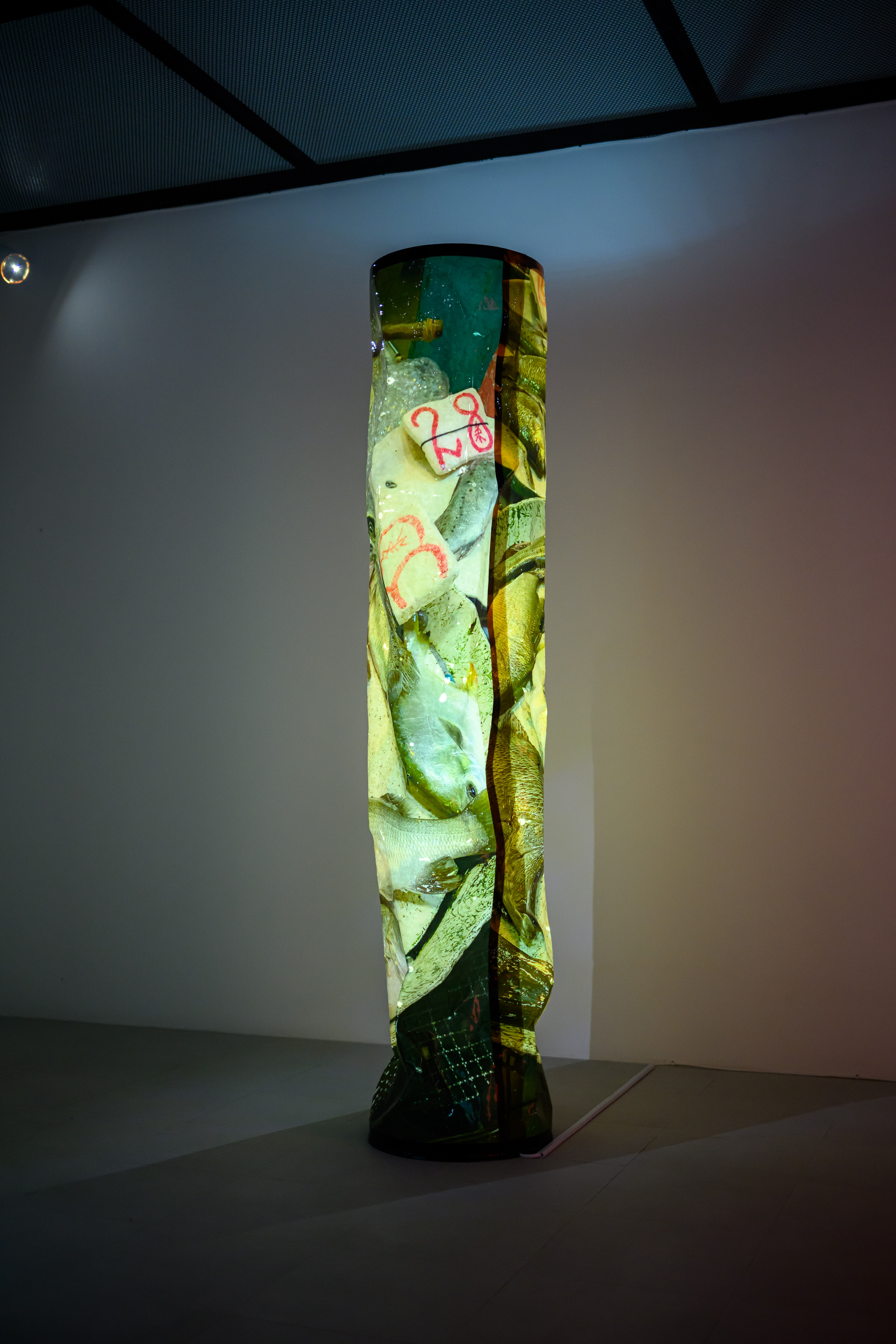
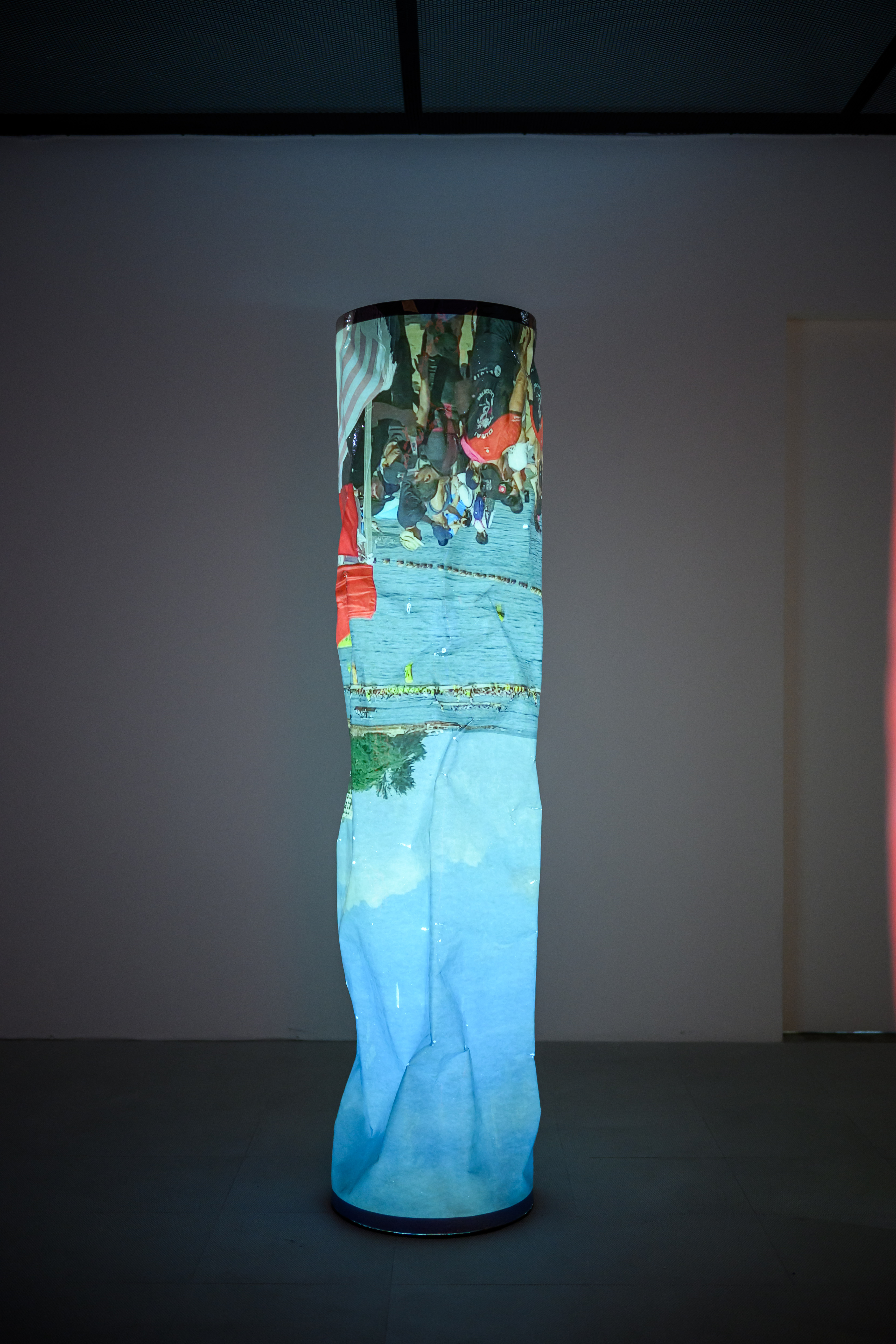
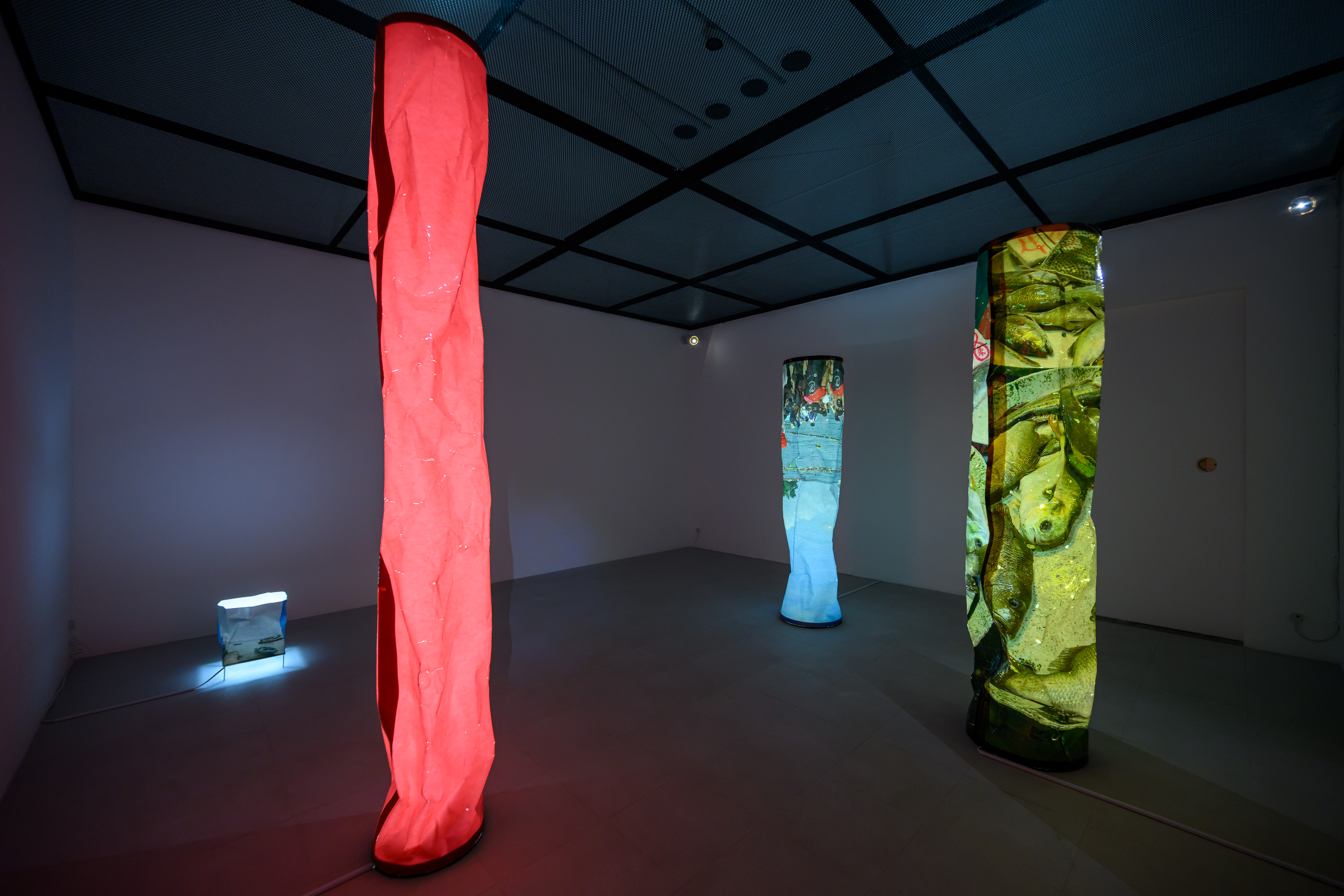
“Geopoetics regarding a waterless sea”, Kiang Malingue, Hong Kong, 2024.
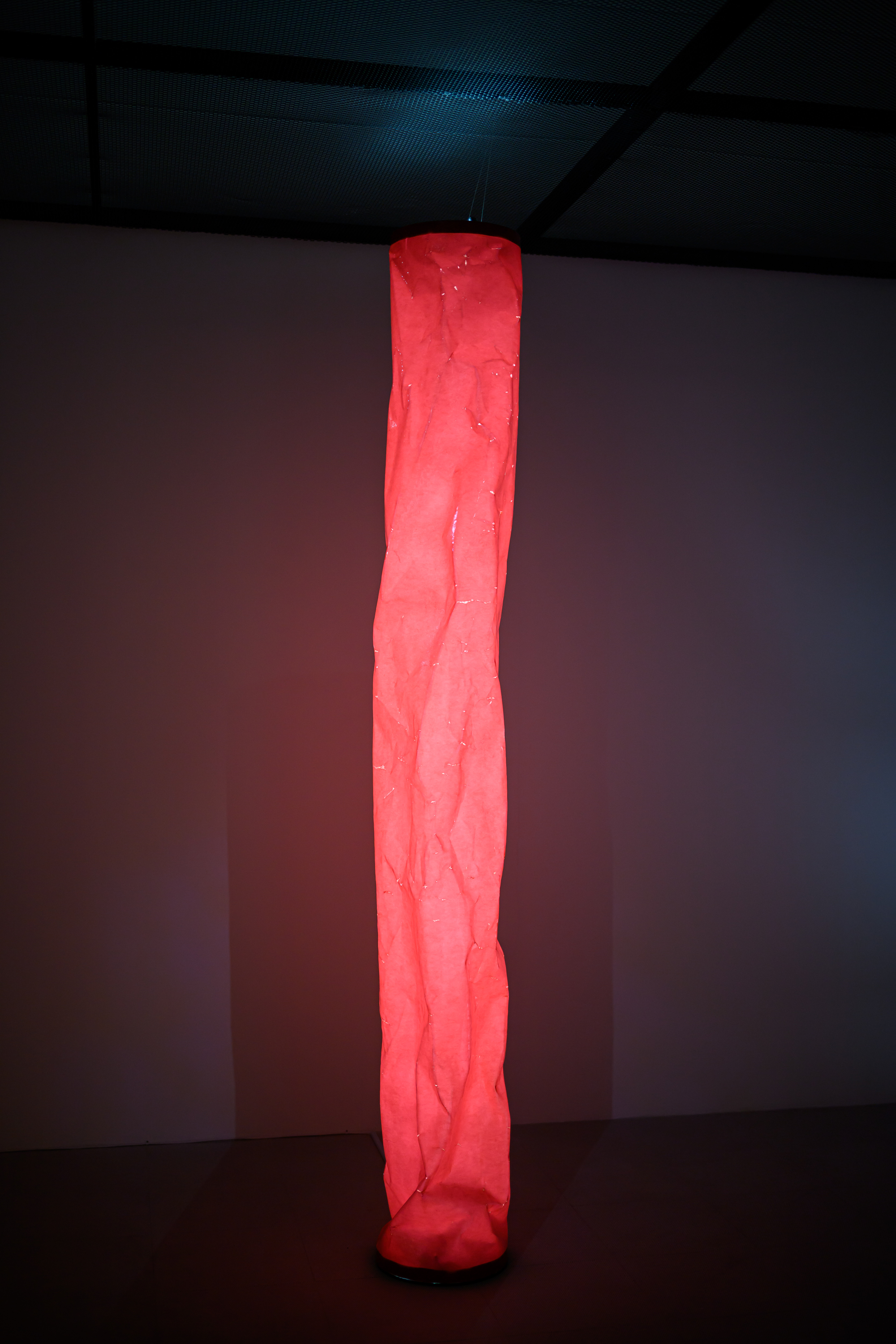
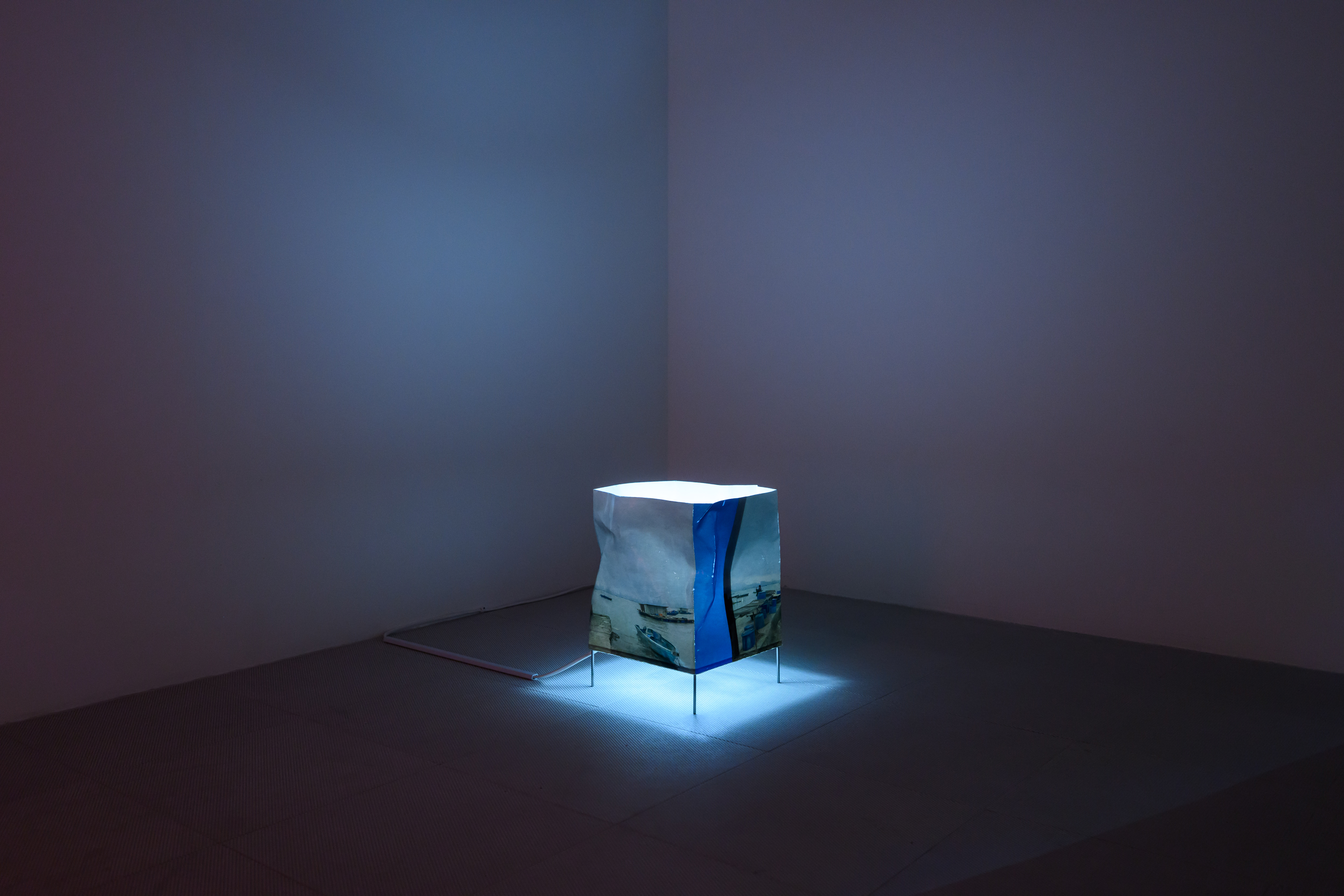
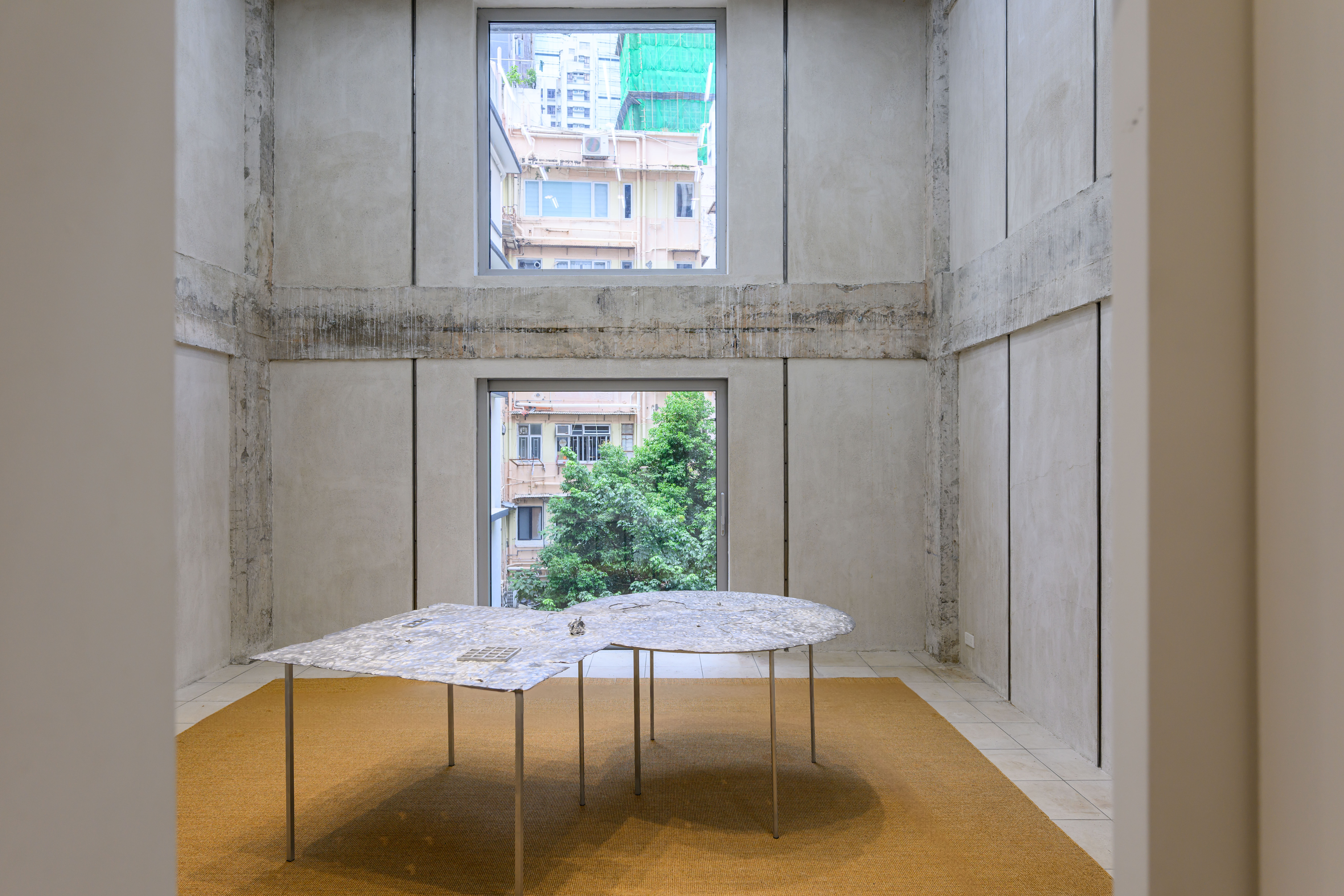
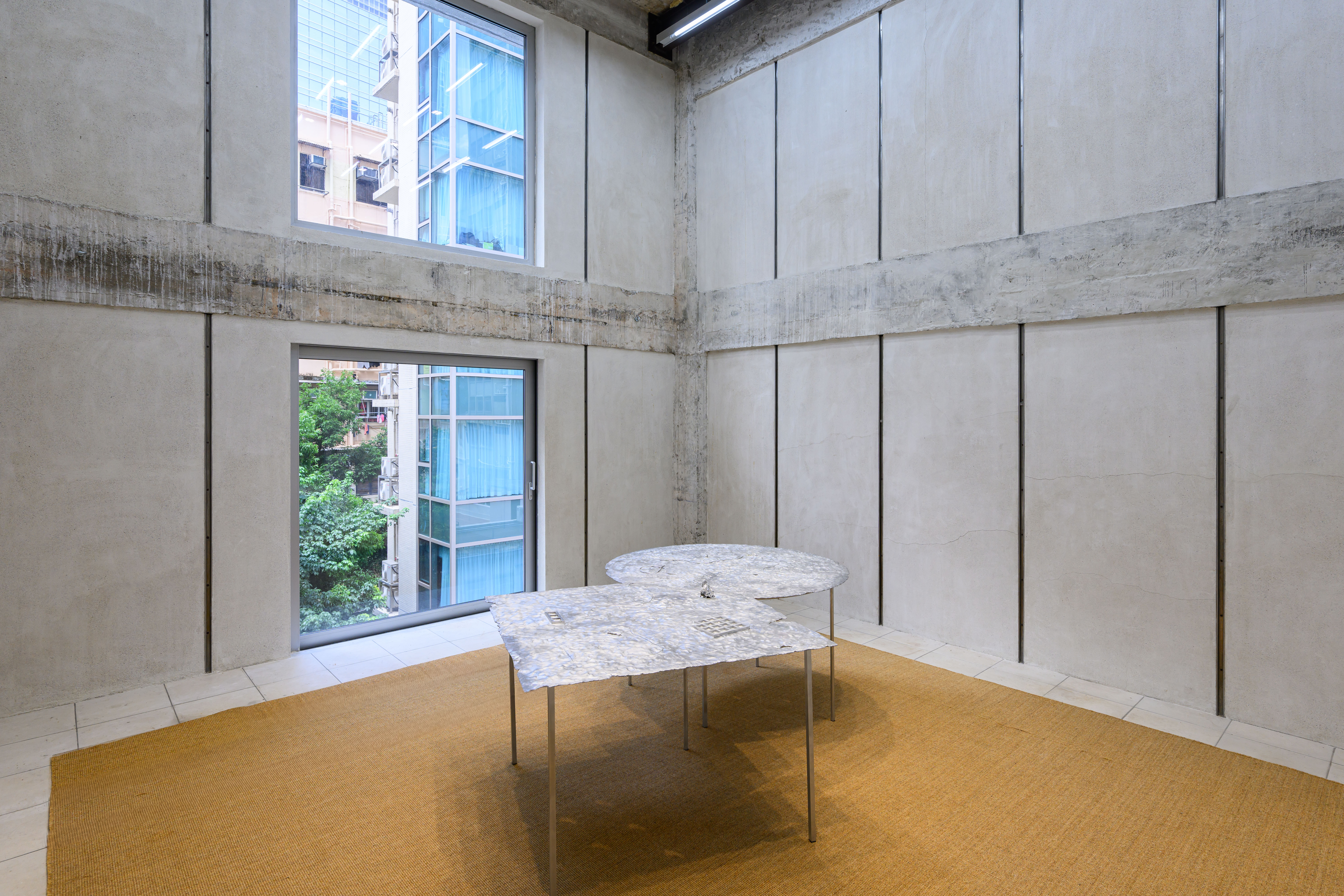

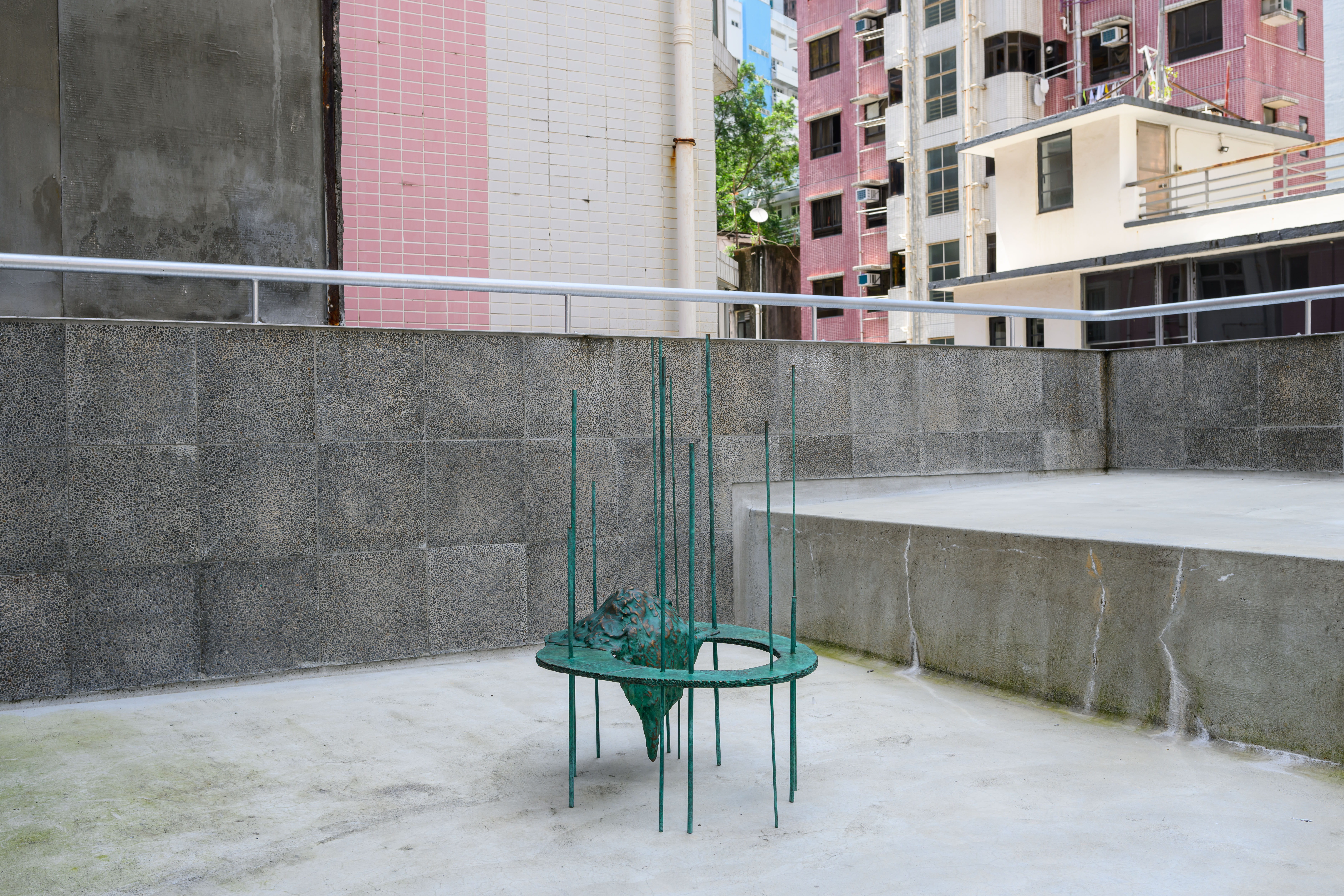
Bronze
100 x 75 x 58 cm
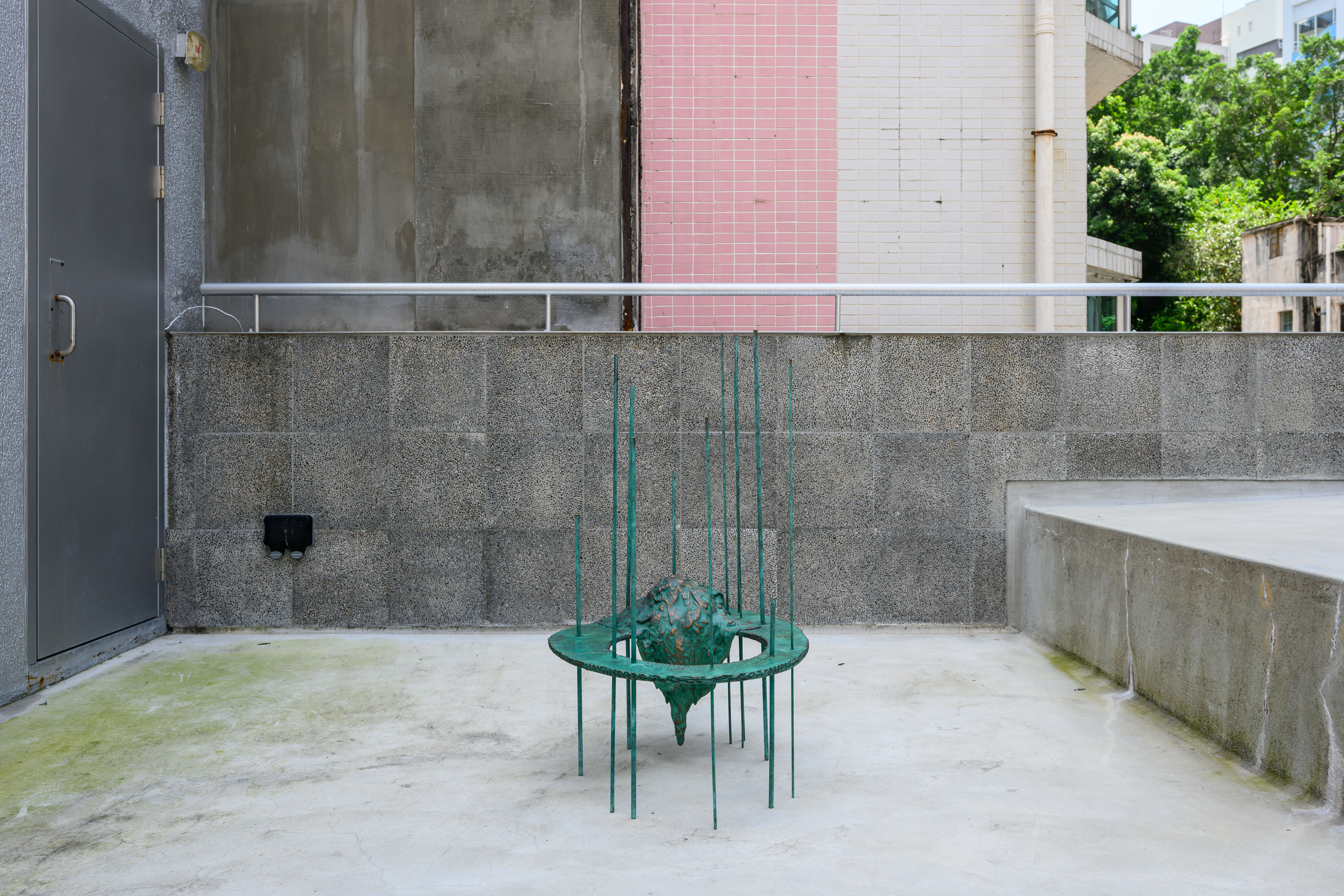
Bronze
100 x 75 x 58 cm
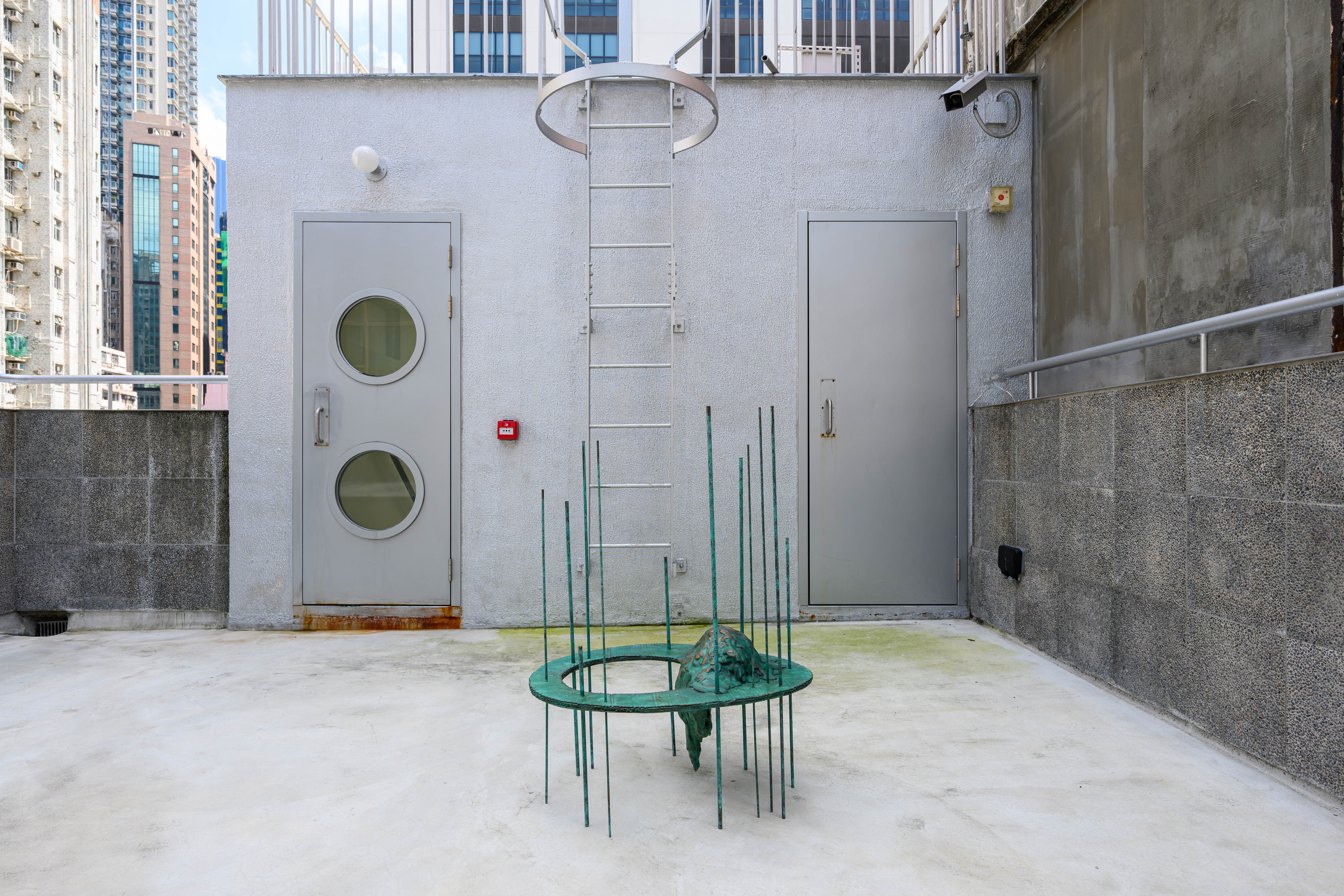
Bronze
100 x 75 x 58 cm
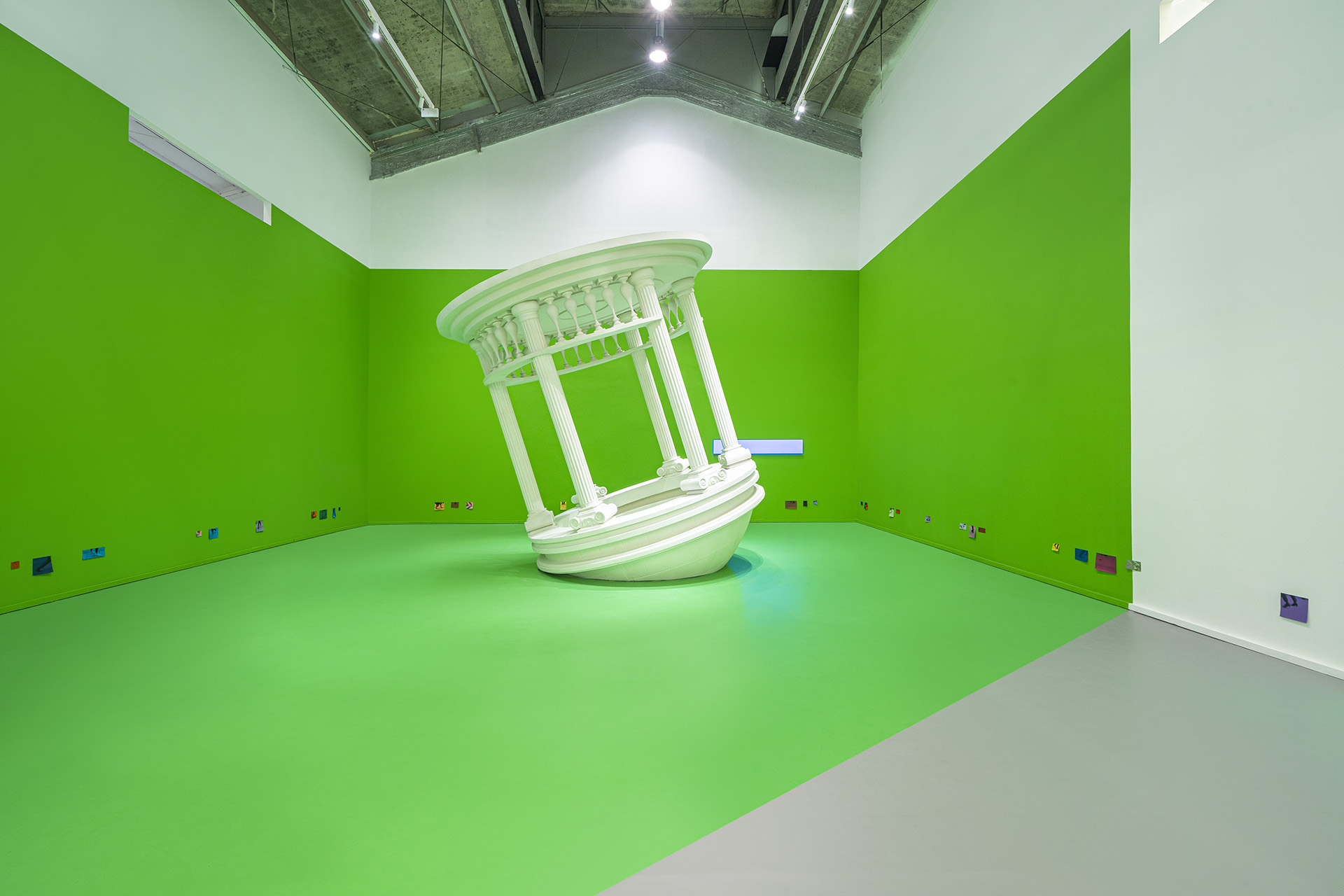
Steel, resin, paint
400 x 460 x 460 cm
Image courtesy of M WOODS.

“A Question is Also a Form of Sculpture”, M WOODS, Beijing, 2024
Image courtesy of M WOODS.
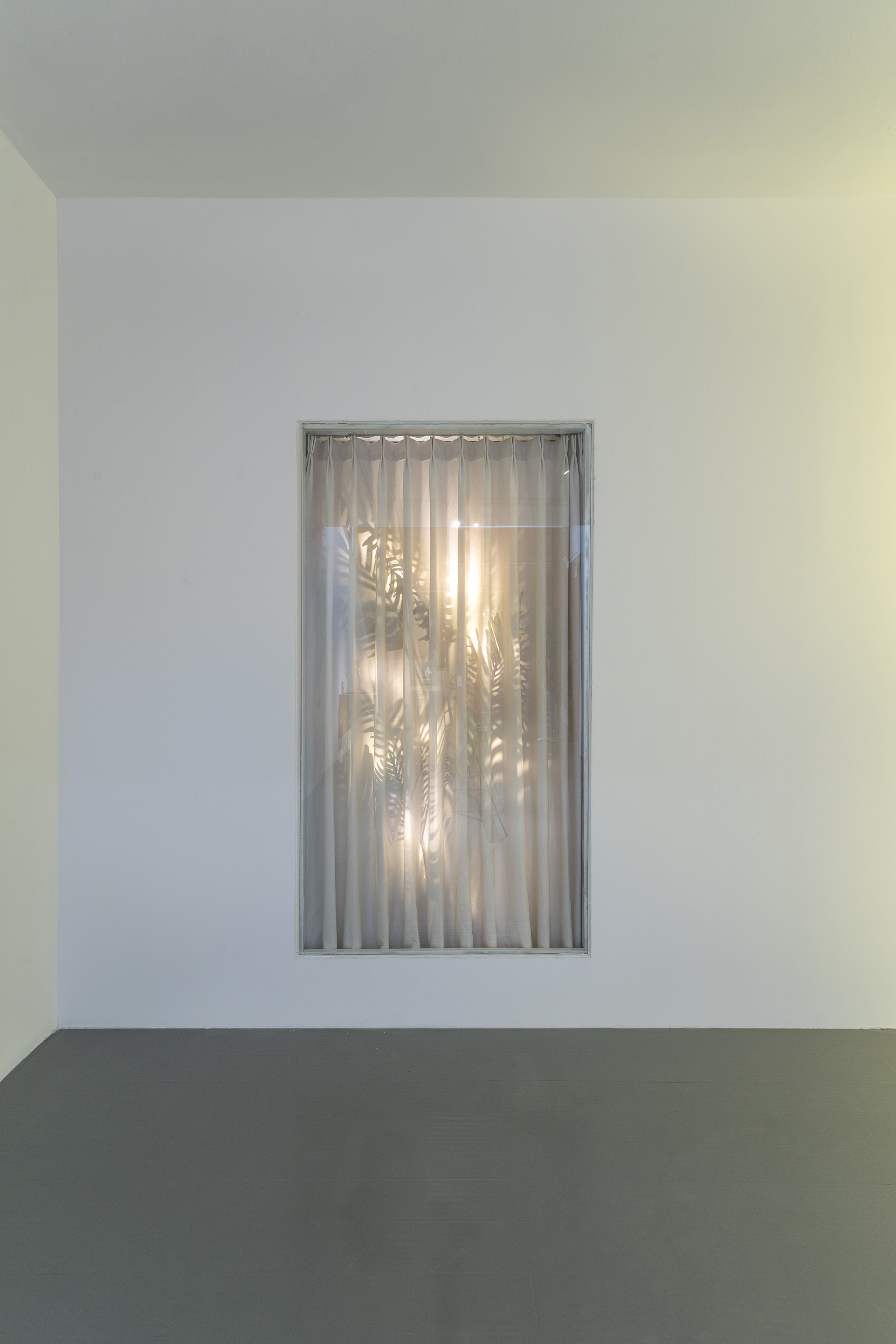
Mixed media
Variable dimension
Image courtesy of M WOODS.
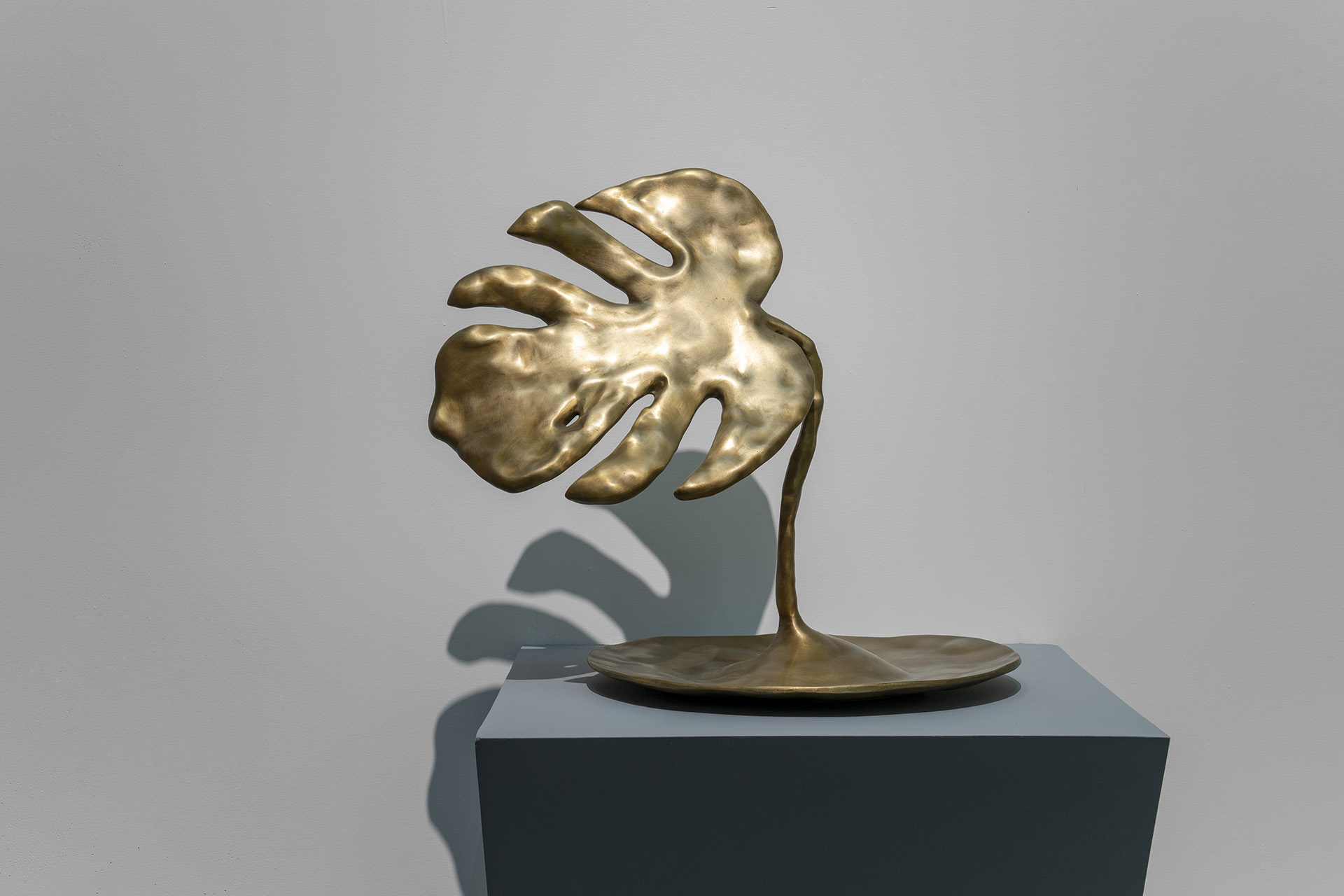
Bronze
60 x 40 x 40 cm
Image courtesy of M WOODS.
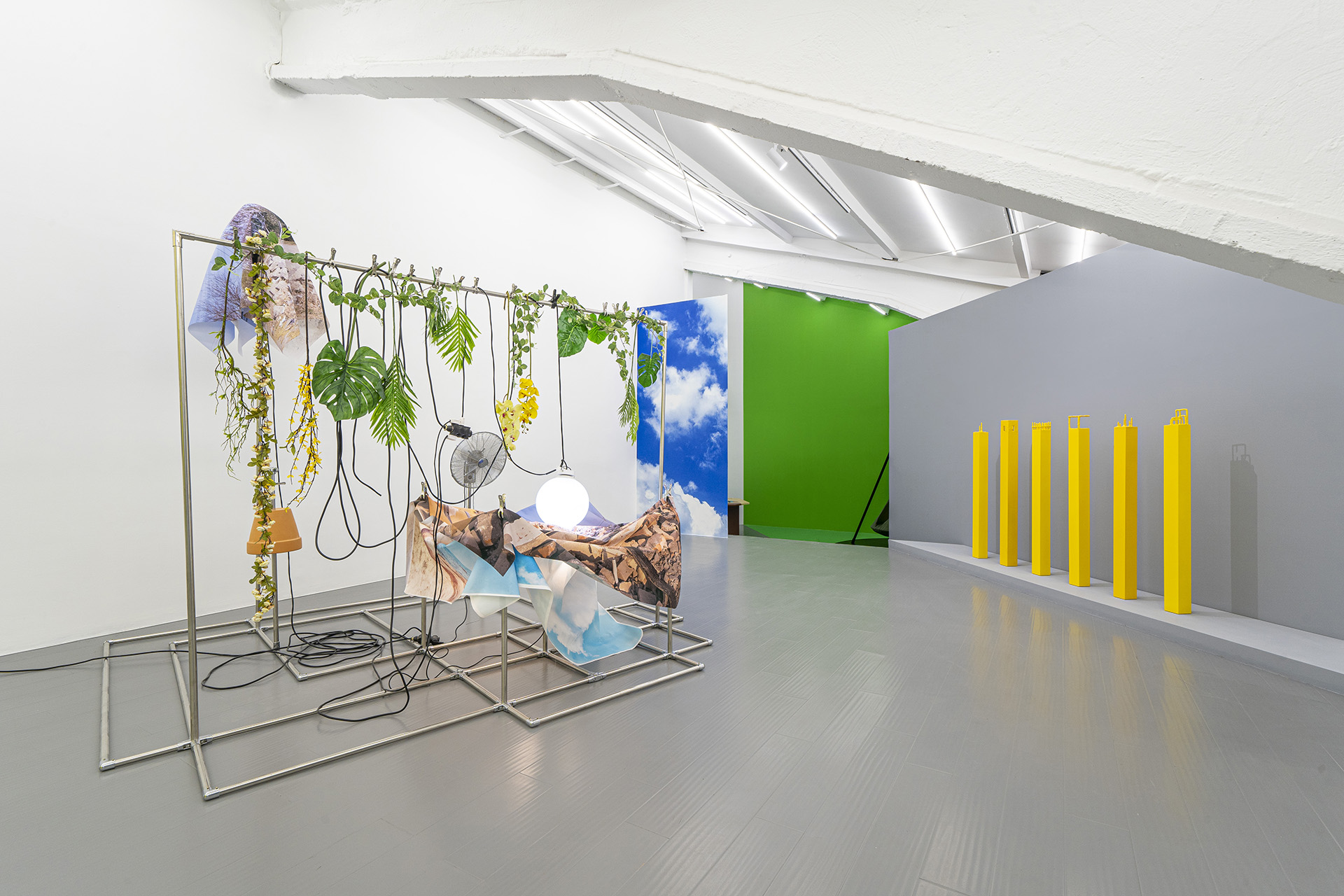
“A Question is Also a Form of Sculpture”, M WOODS, Beijing, 2024
Image courtesy of M WOODS.
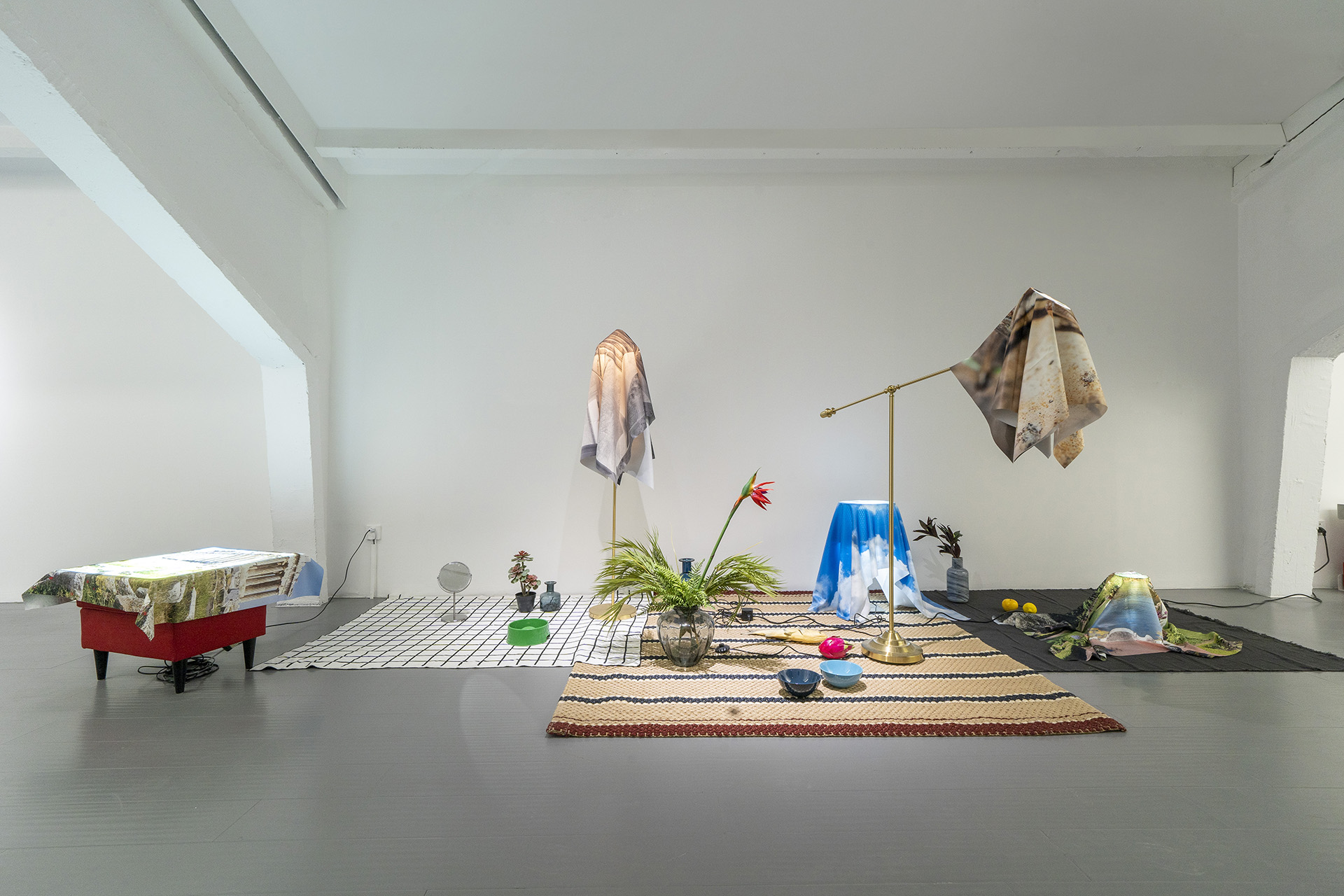
Mixed media
Variable dimension
Image courtesy of M WOODS.

“A Question is Also a Form of Sculpture”, M WOODS, Beijing, 2024
Image courtesy of M WOODS.

“A Question is Also a Form of Sculpture”, M WOODS, Beijing, 2024
Image courtesy of M WOODS.
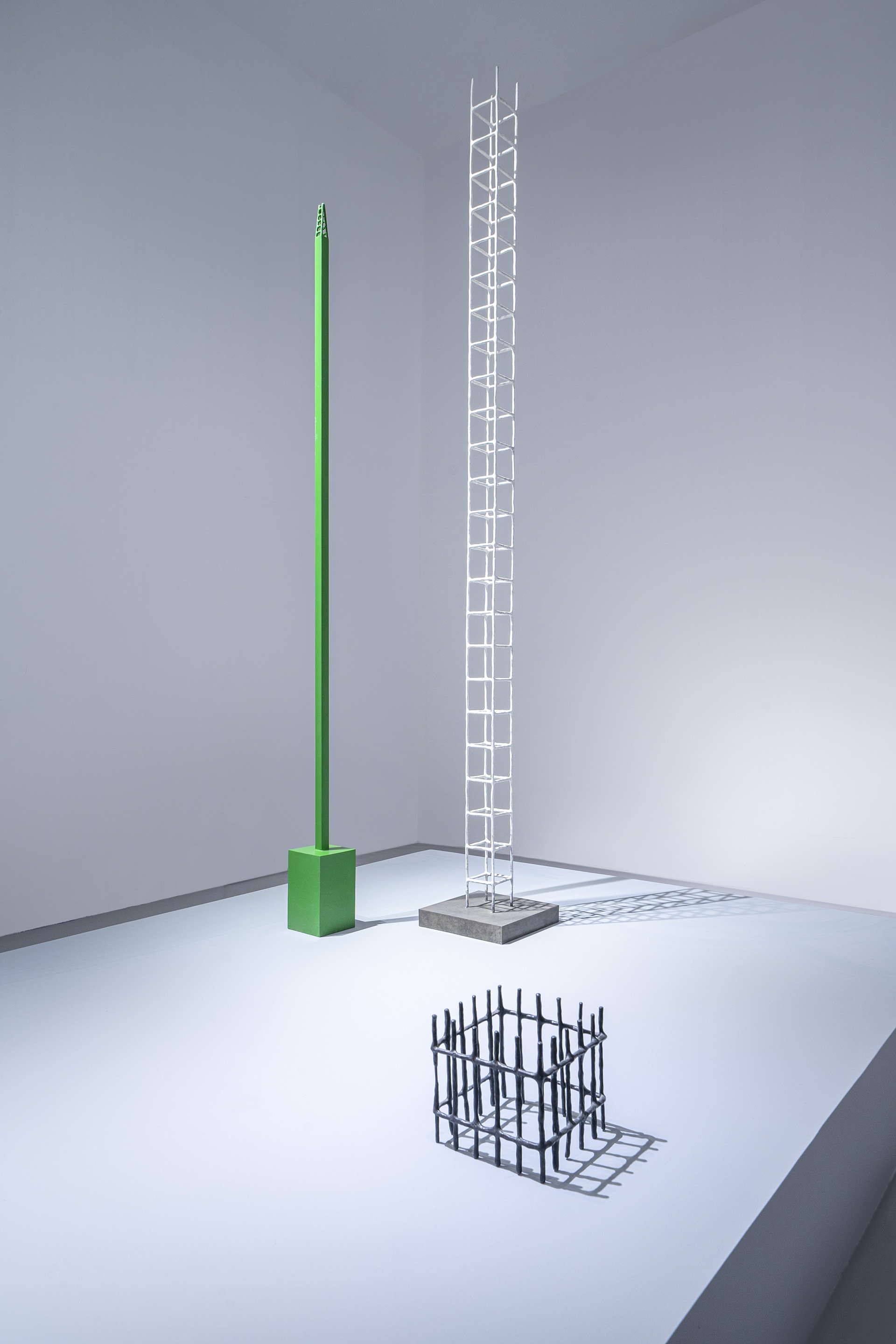
“A Question is Also a Form of Sculpture”, M WOODS, Beijing, 2024
Image courtesy of M WOODS.

“A Question is Also a Form of Sculpture”, M WOODS, Beijing, 2024
Image courtesy of M WOODS.
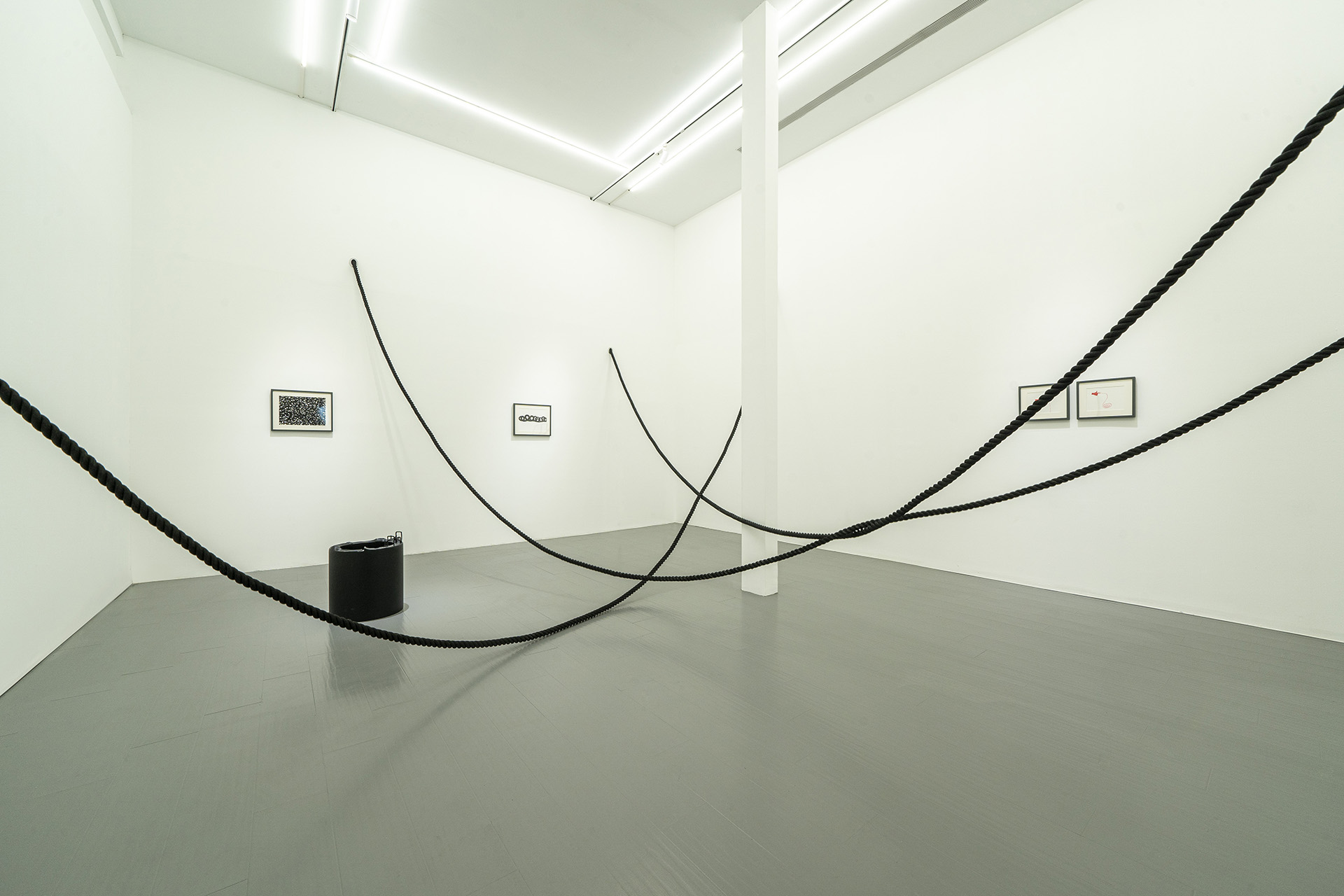
“A Question is Also a Form of Sculpture”, M WOODS, Beijing, 2024
Image courtesy of M WOODS.
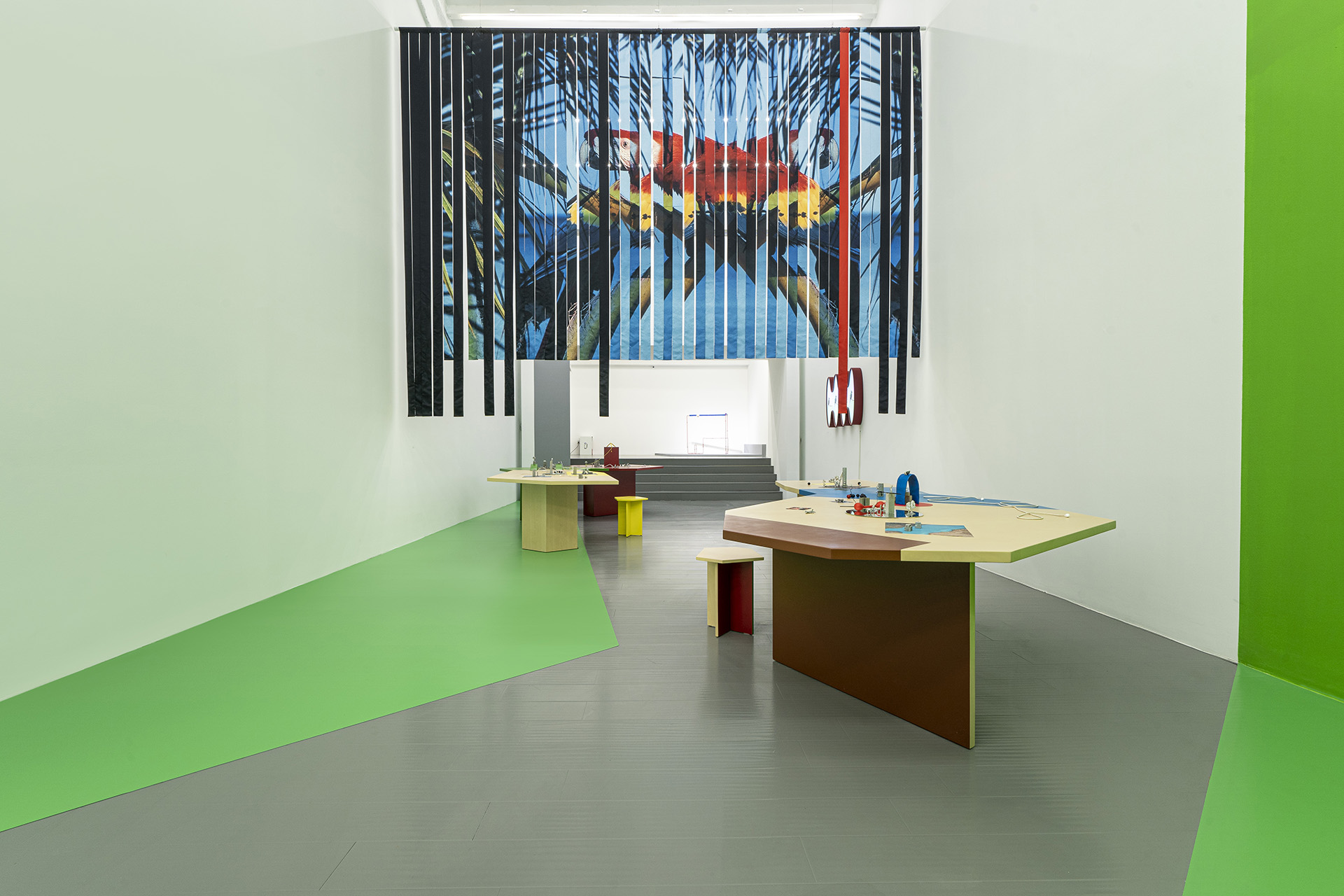
“A Question is Also a Form of Sculpture”, M WOODS, Beijing, 2024
Image courtesy of M WOODS.

Oxford fabric, stainless steel, high-density foam, metal suspension accessories, nylon rope
130 x 130 x 150 cm
Image courtesy of M WOODS.

Print on colourful paper, video, cup, map
Variable dimension
Image courtesy of M WOODS.
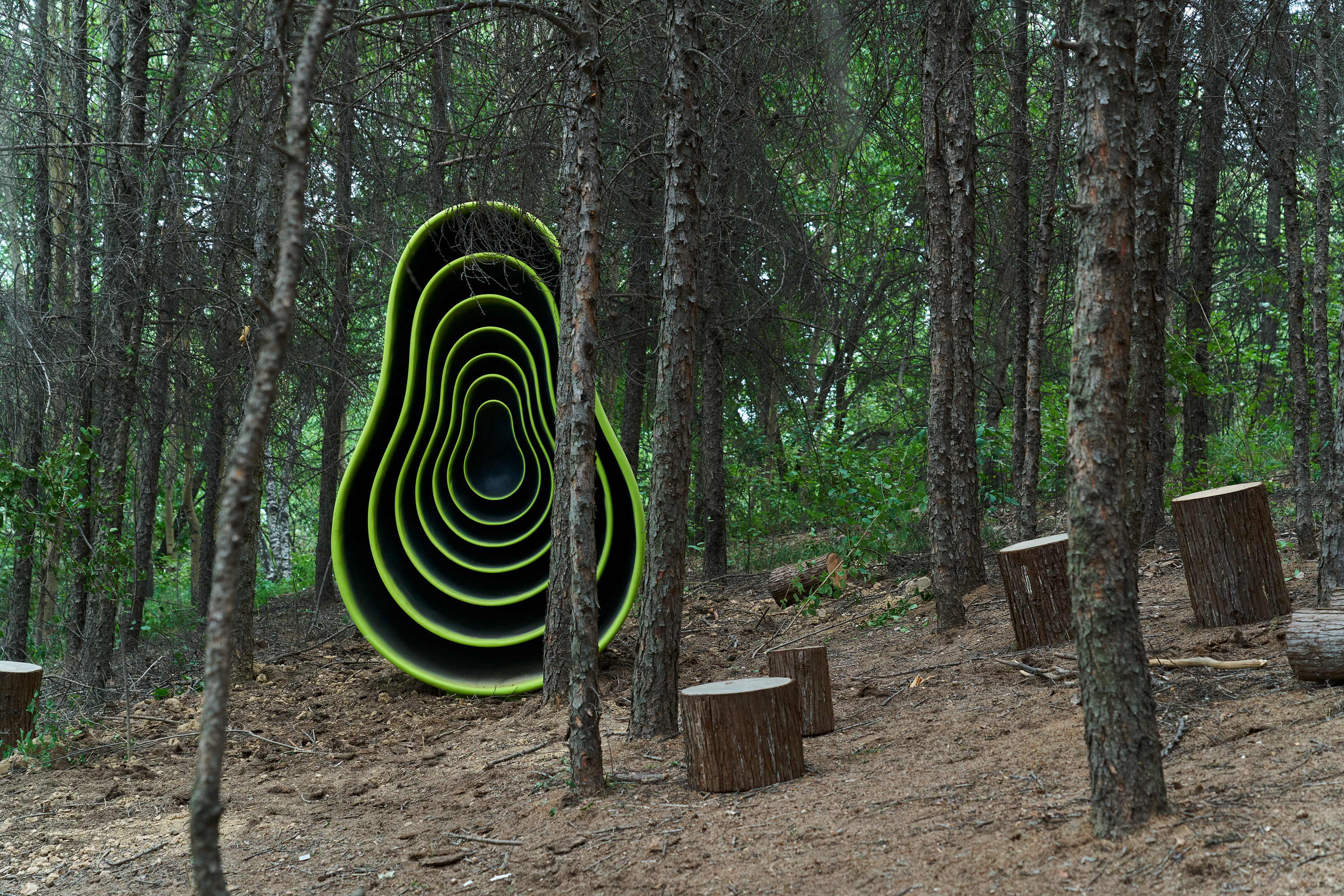
Installation view, Aranya Plein Air Art project, aranya.jin shan ling, Luanping County, Chengde City, Hebei Province, China.
Photography Sun Shi. Courtesy of aranya plein air art project.
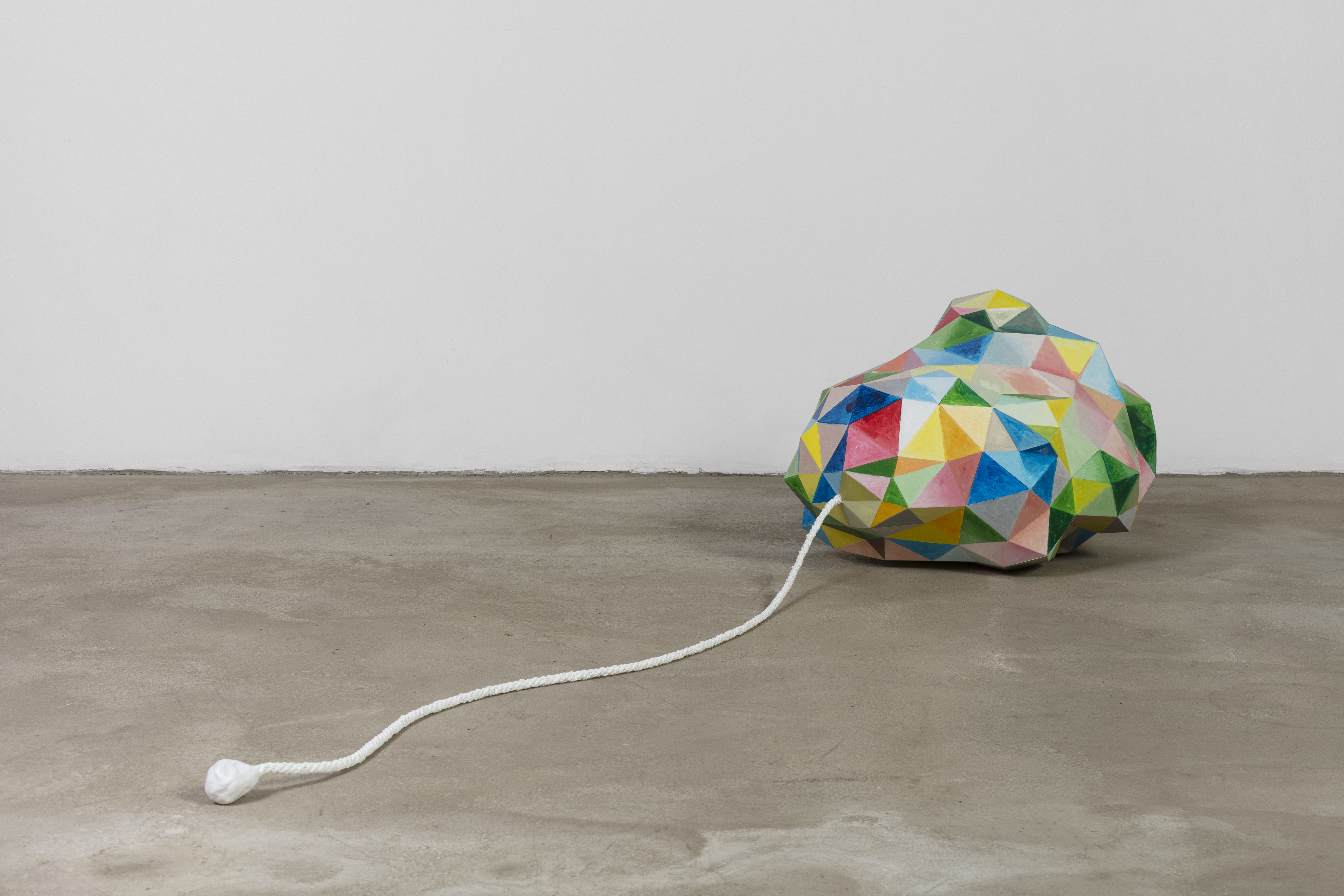
Solid wood, fiberglass, rope, acrylic
46 x 220 x 60 cm

Solid wood, fiberglass, rope, acrylic
46 x 220 x 60 cm
Commissioned by Beijing Biennial
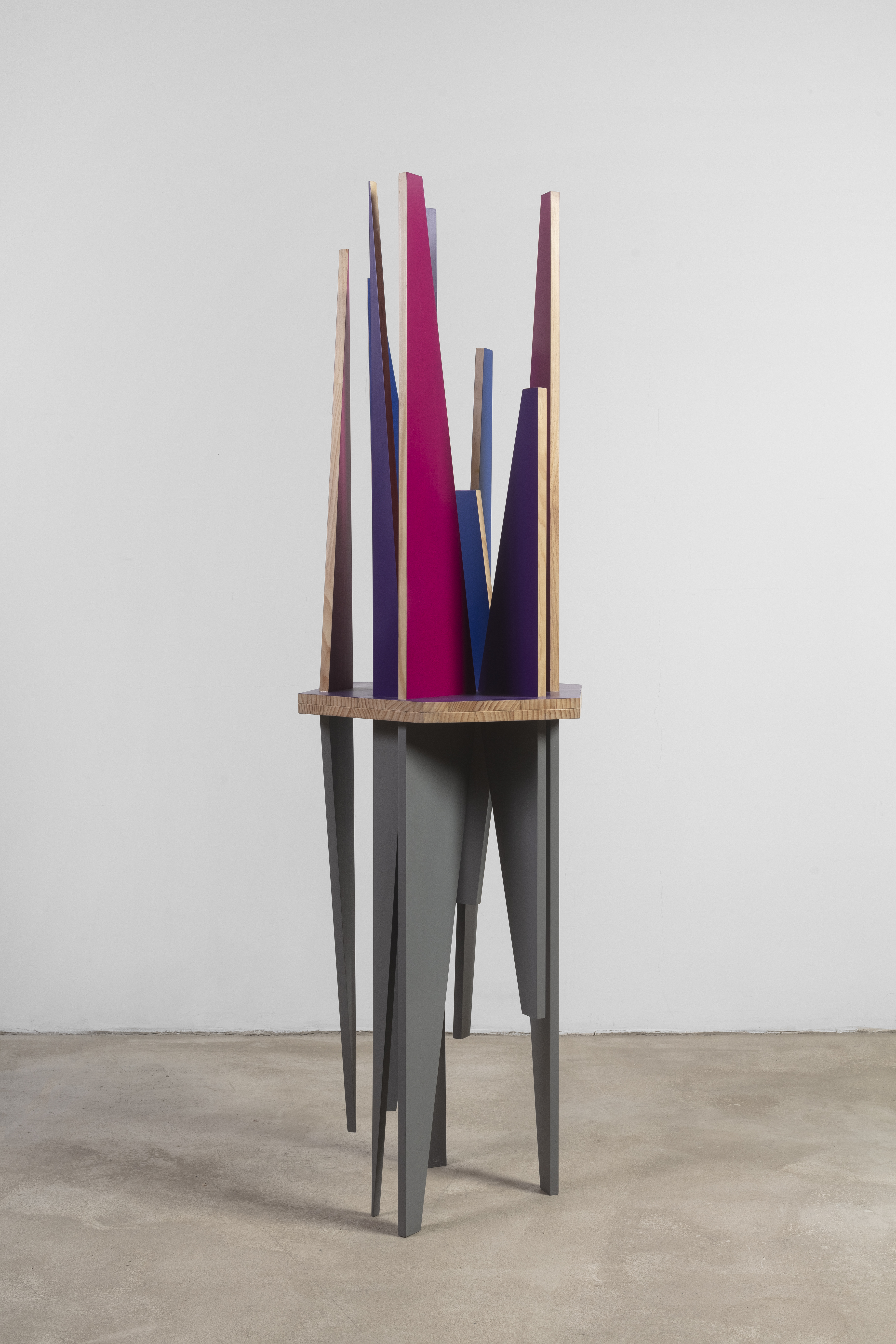
Solid wood, paint
202 x 58 x 54 cm
Commissioned by Beijing Biennial

Frieze London 2022
Photo by Andrea Rossetti
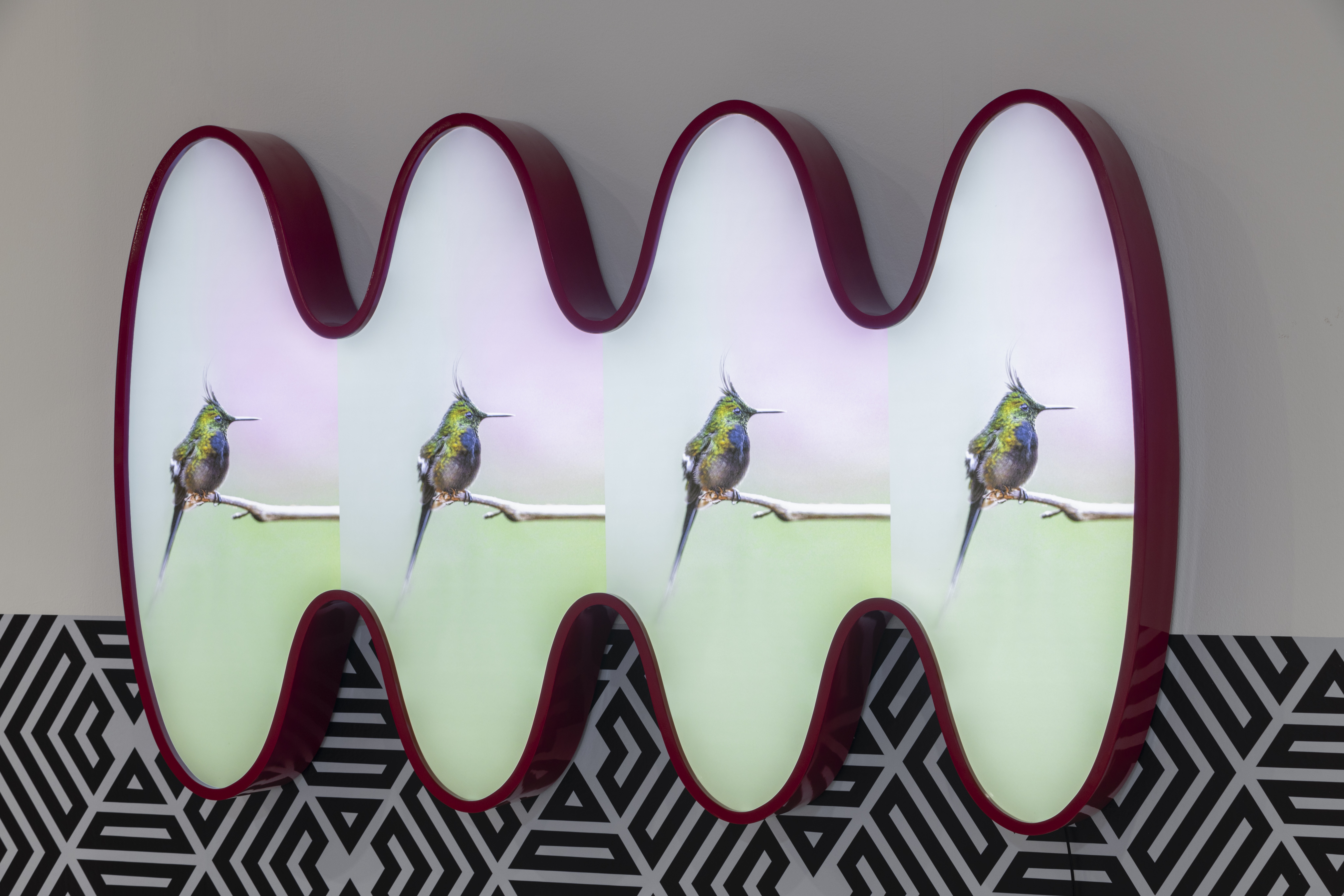
Wooden plate, paint, acrylic sheet, light box sheet, Led light panel
80 x 130 x 15 cm
Installation view, Frieze London 2022
Photo by Andrea Rossetti

Acrylic sheet, bronze, fiberglass, fabric
40 x 200 x 200 cm
Installation view, Frieze London 2022
Photo by Andrea Rossetti

Synthetic leather, sponge padding, brass
210 x 30 x 30 cm
Installation view, Frieze London 2022
Photo by Andrea Rossetti

Bronze
60 x 40 x 40 cm
Installation view, Frieze London 2022
Photo by Andrea Rossetti

“Everything goes back to square one” at West Bund Museum, Shanghai, 2022
Image courtesy of West Bund Museum
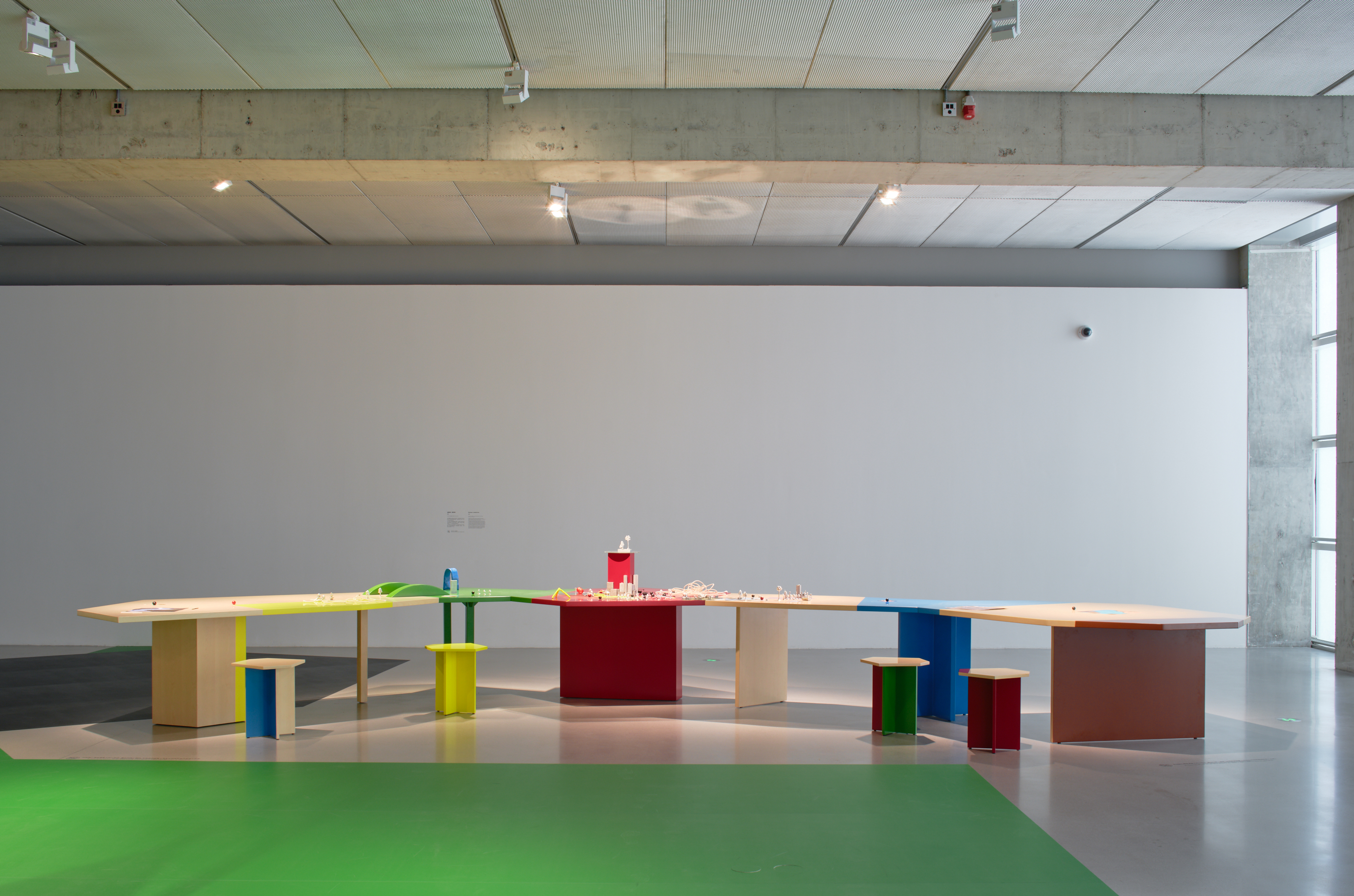
“Everything goes back to square one” at West Bund Museum, Shanghai, 2022
Image courtesy of West Bund Museum

“Everything goes back to square one” at West Bund Museum, Shanghai, 2022
Image courtesy of West Bund Museum

“Everything goes back to square one” at West Bund Museum, Shanghai, 2022
Image courtesy of West Bund Museum
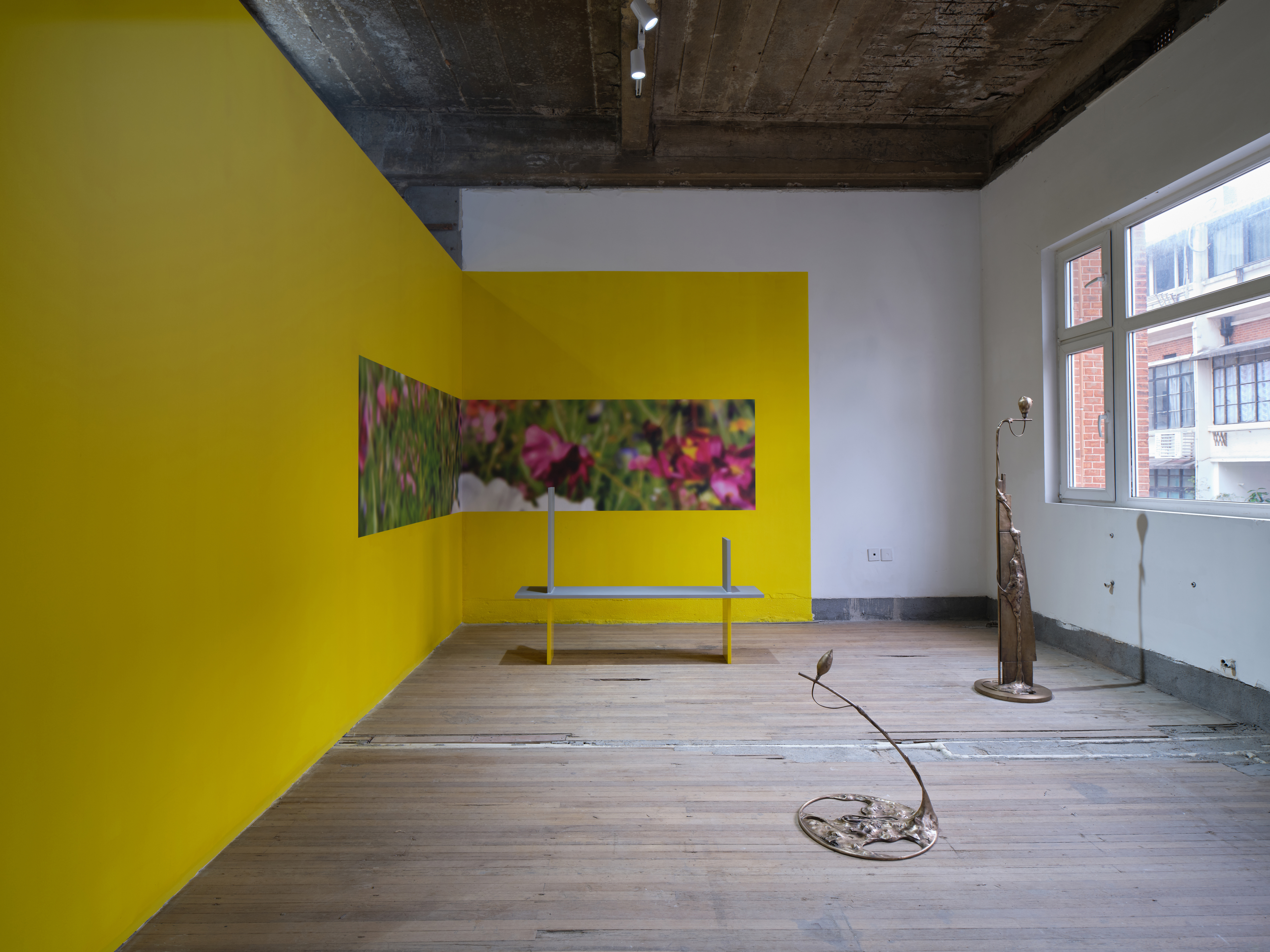
Special Programme – Nabuqi “Ghost, Skin, Dwelling”, Lianhua Apartment, Shanghai, 2021
Photo by Zhang Hong
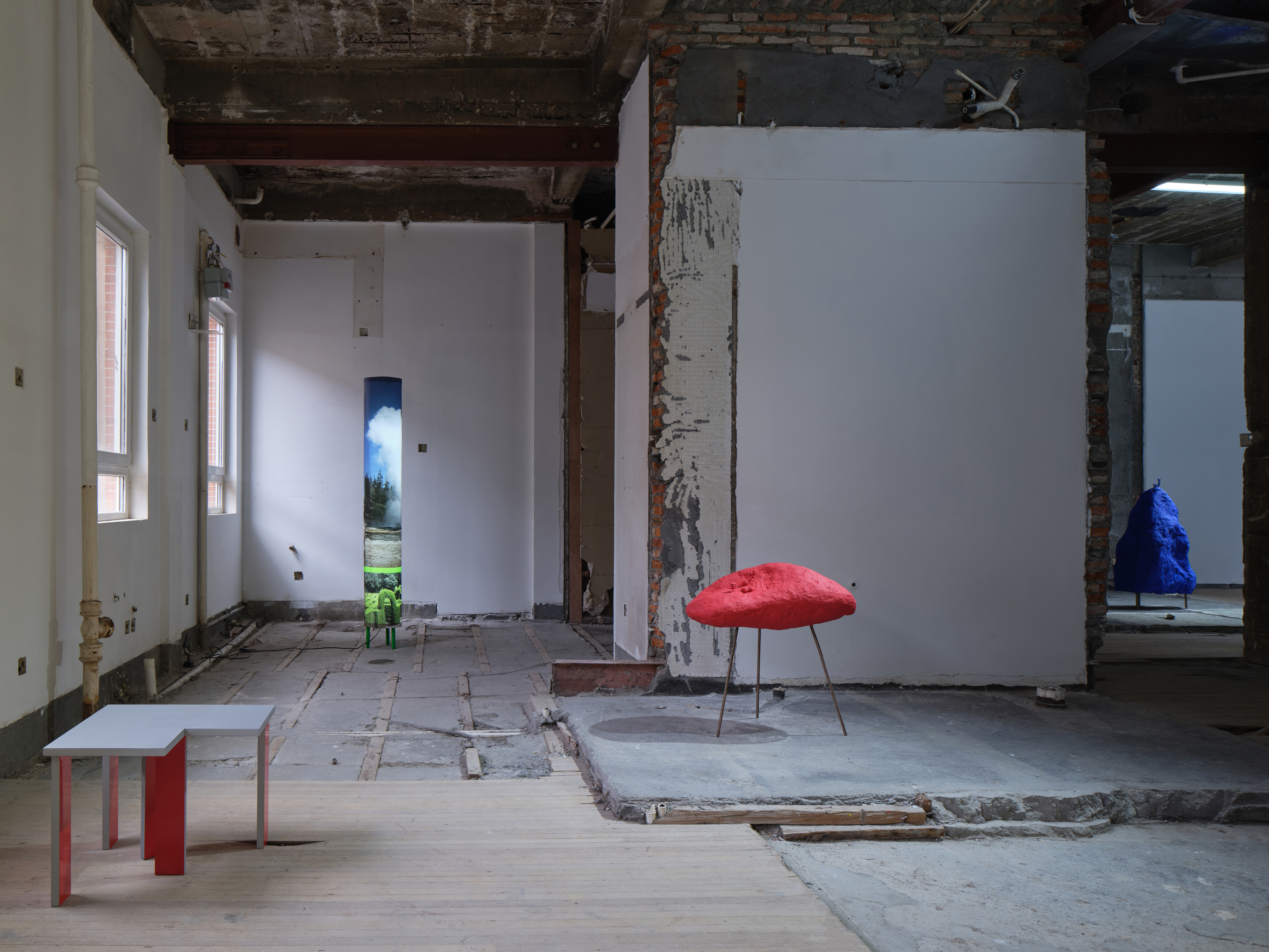
Special Programme – Nabuqi “Ghost, Skin, Dwelling”, Lianhua Apartment, Shanghai, 2021
Photo by Zhang Hong
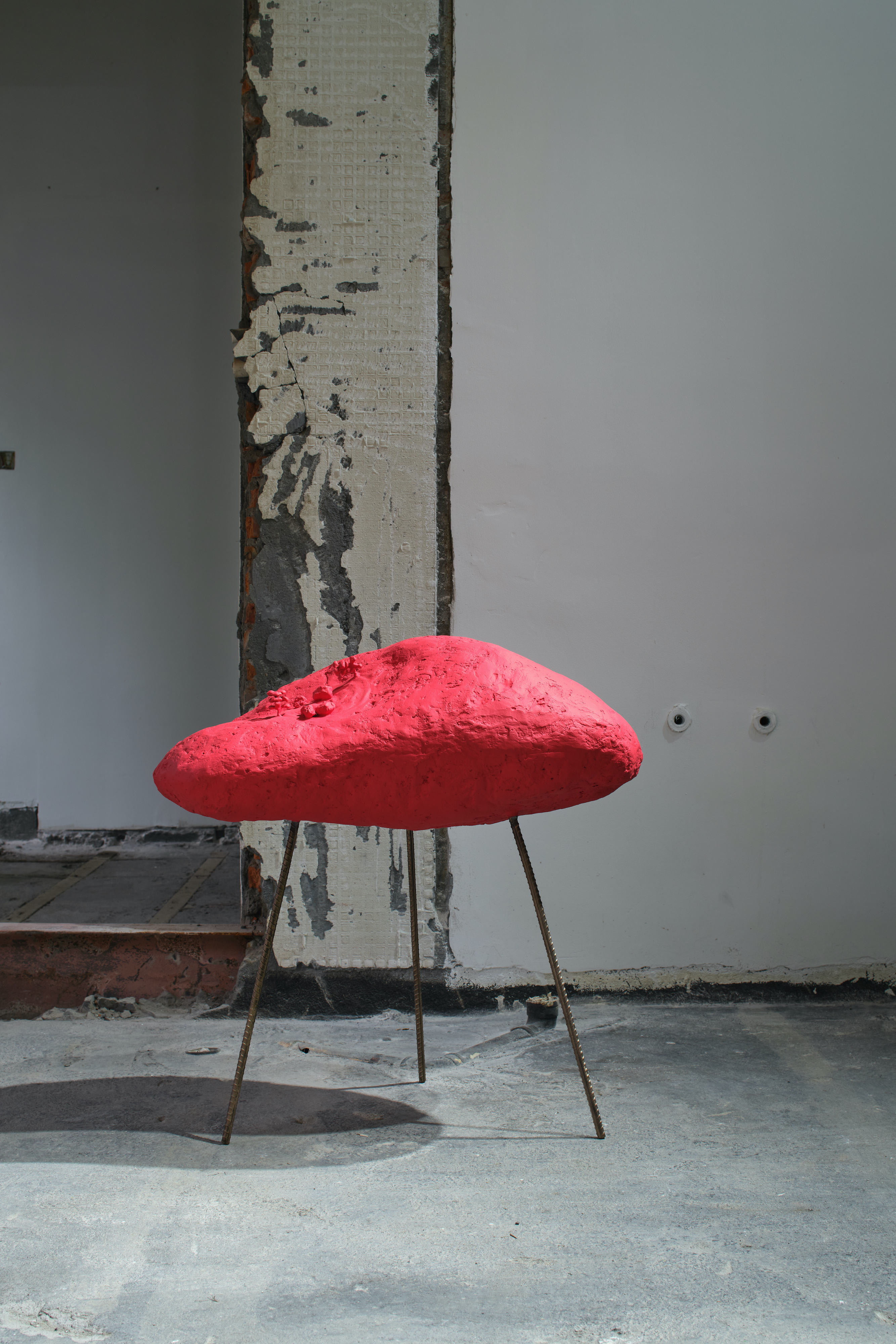
Bronze, paint
95 x 70 x 50 cm

Bronze, paint
105 x 40 x 40 cm
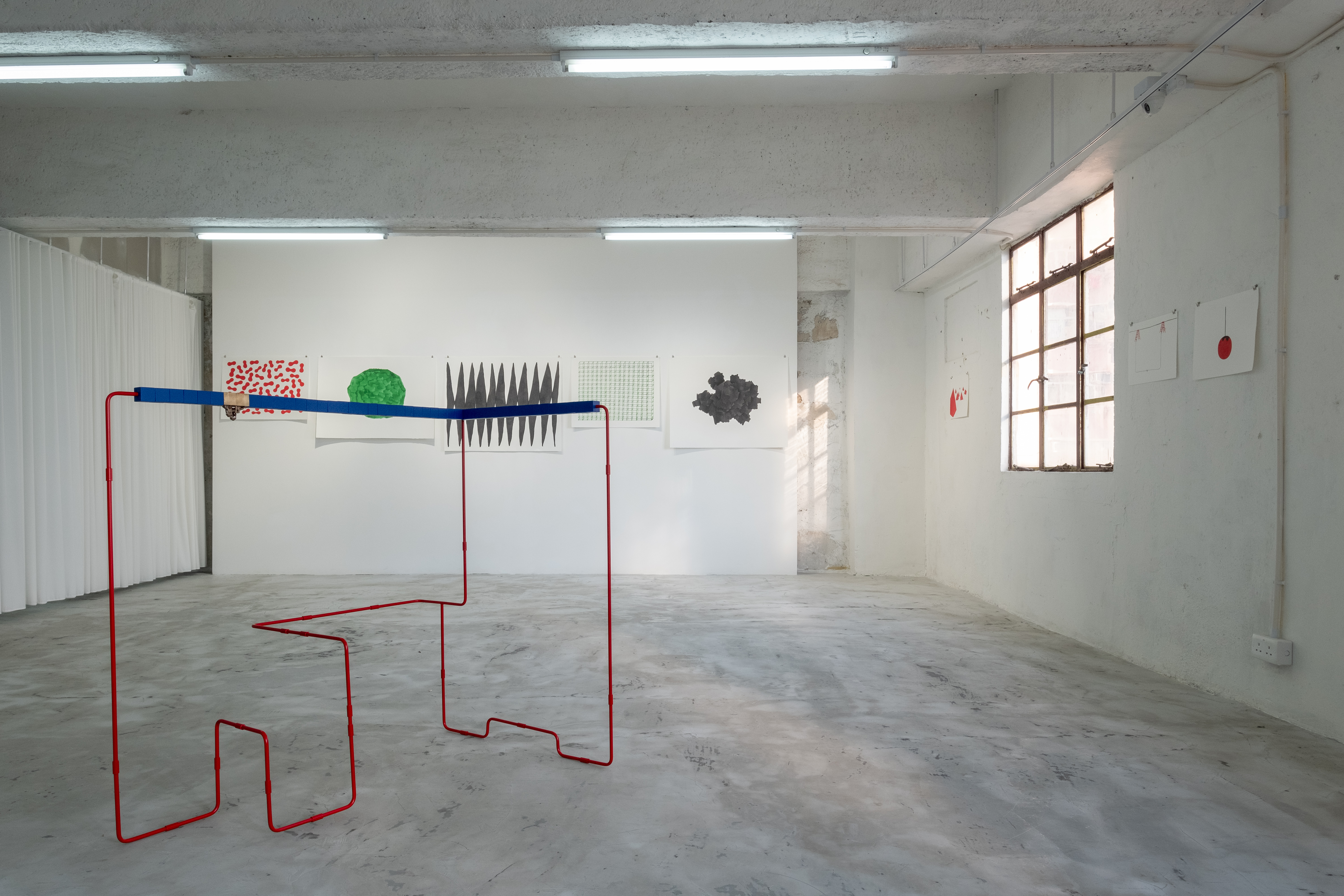
Edouard Malingue Gallery, Hong Kong, 2021
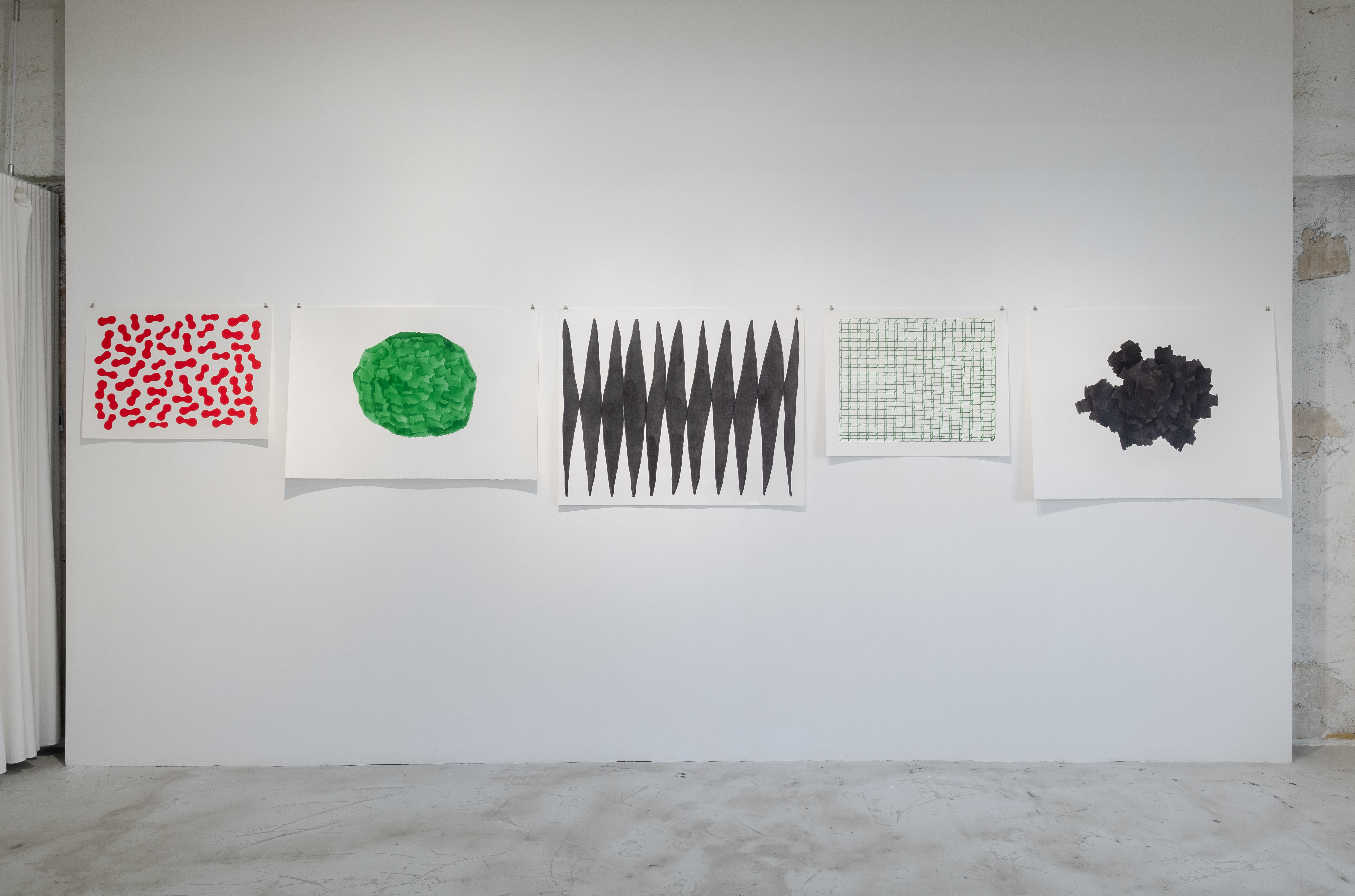
Edouard Malingue Gallery, Hong Kong, 2021
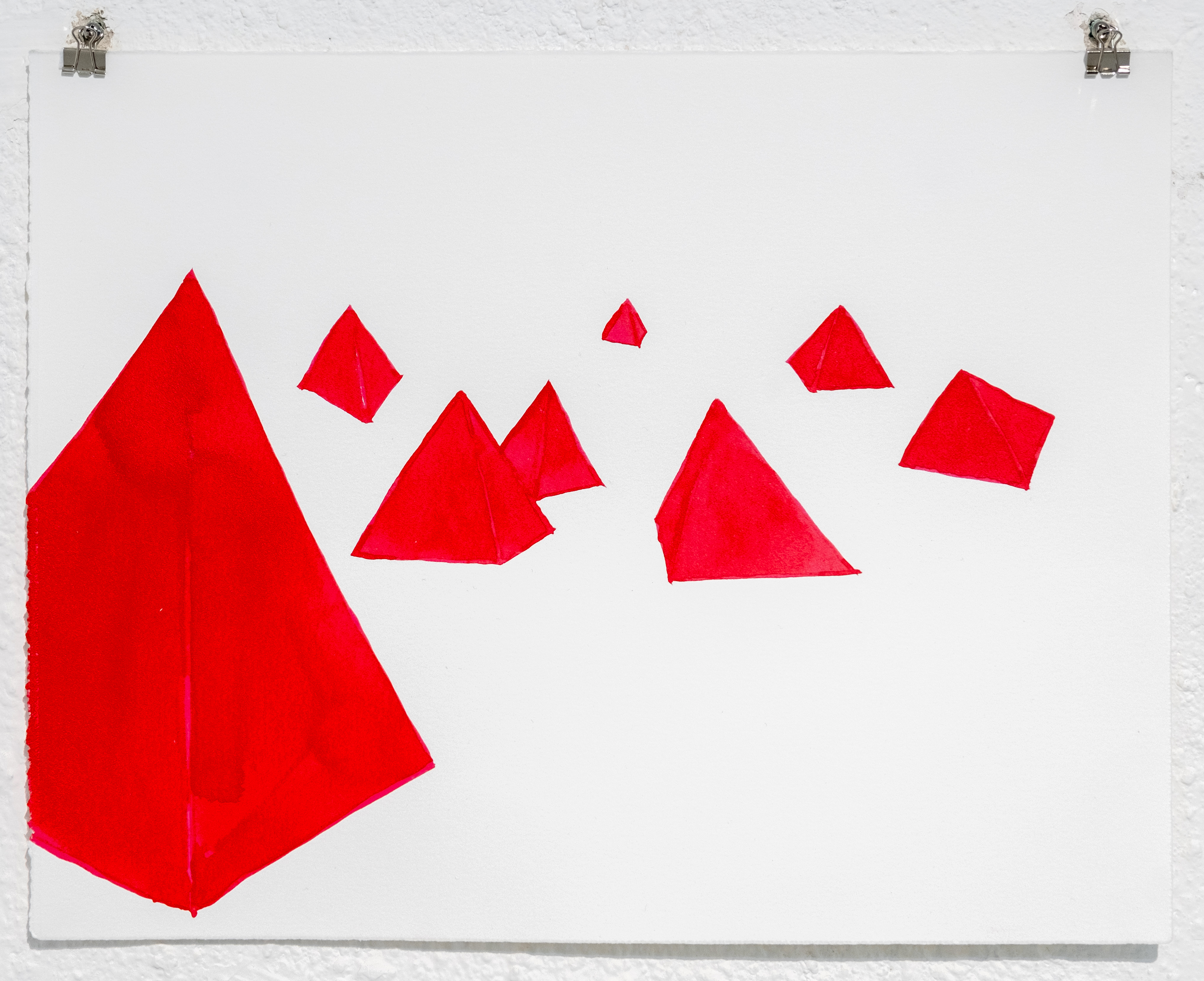
Acid-free cotton paper, acrylic, silk-screen printing
31.5 × 40.5 cm
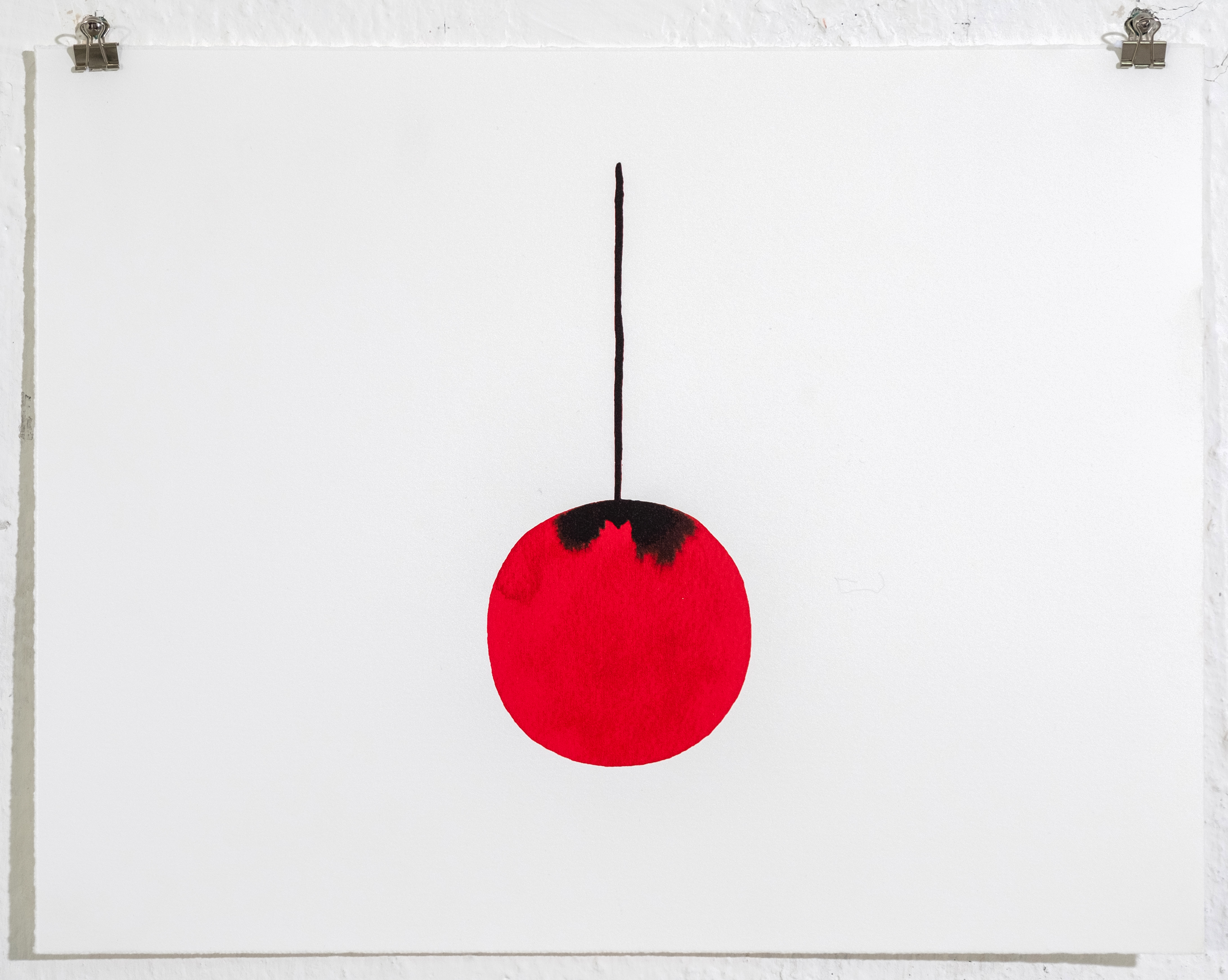
Acid-free cotton paper, acrylic, silk-screen printing
31.5 × 40.5 cm
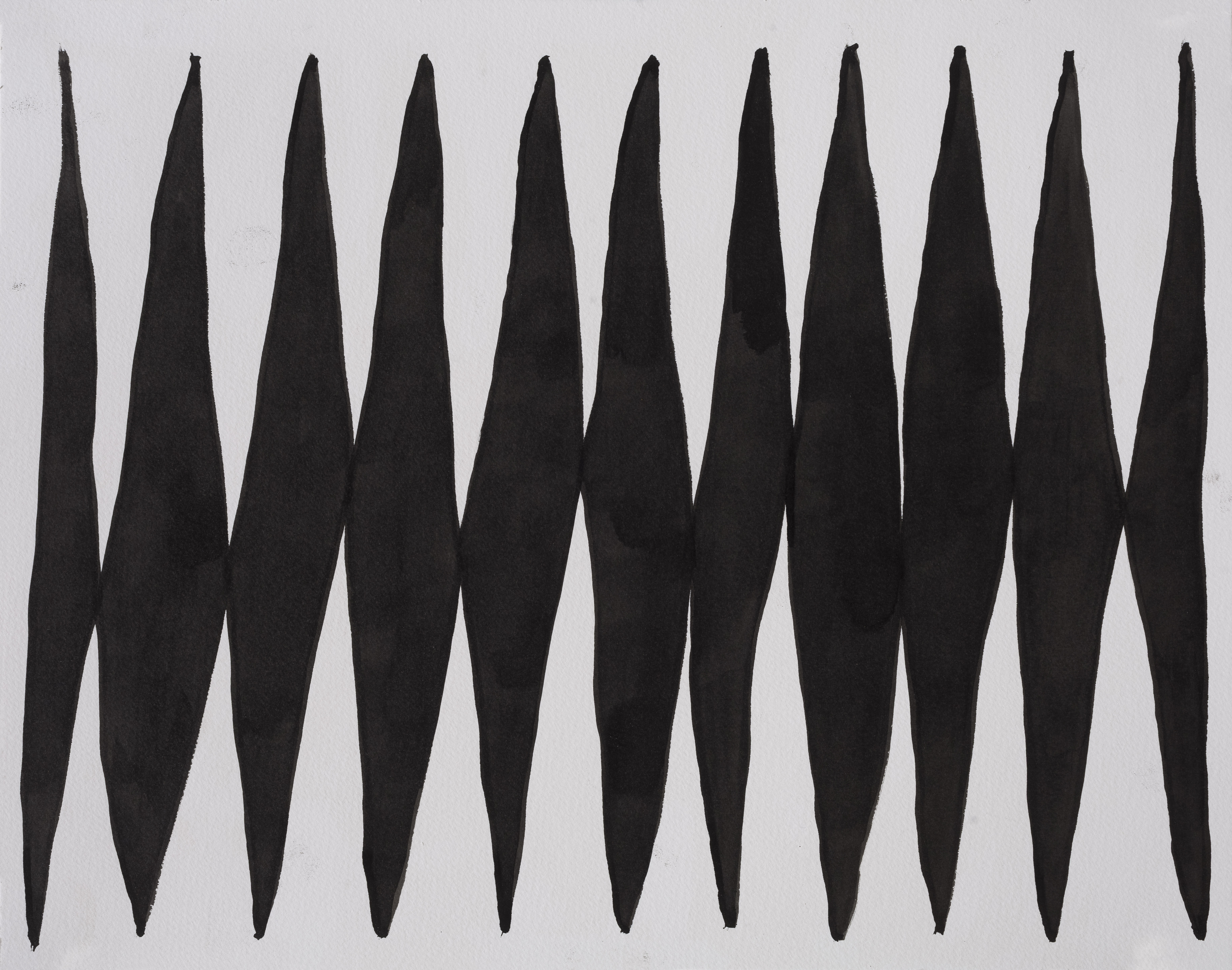
Acid-free cotton paper, acrylic, silk-screen printing
81 × 105 cm
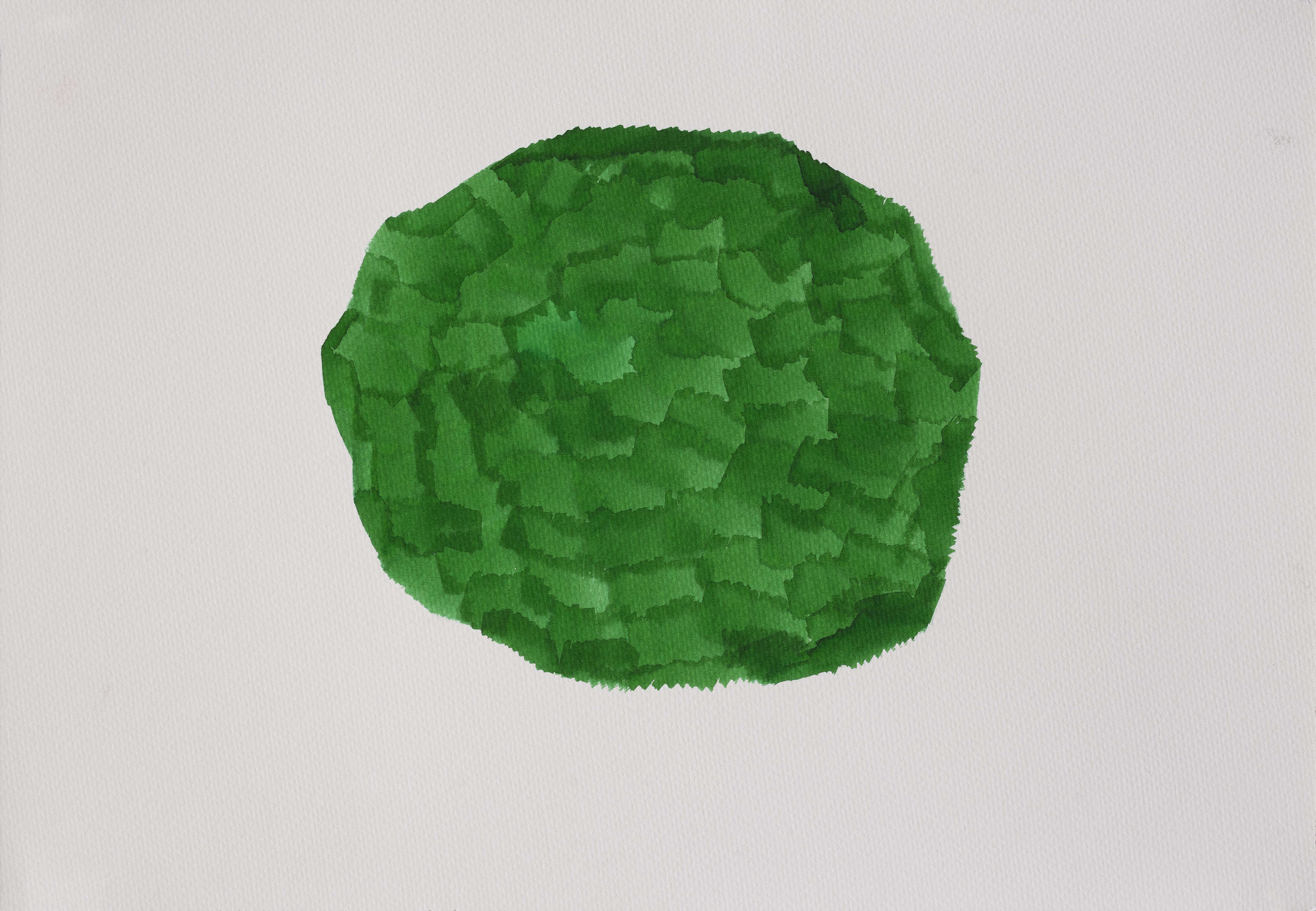
Acid-free cotton paper, acrylic, silk-screen printing
70.5 × 101 cm
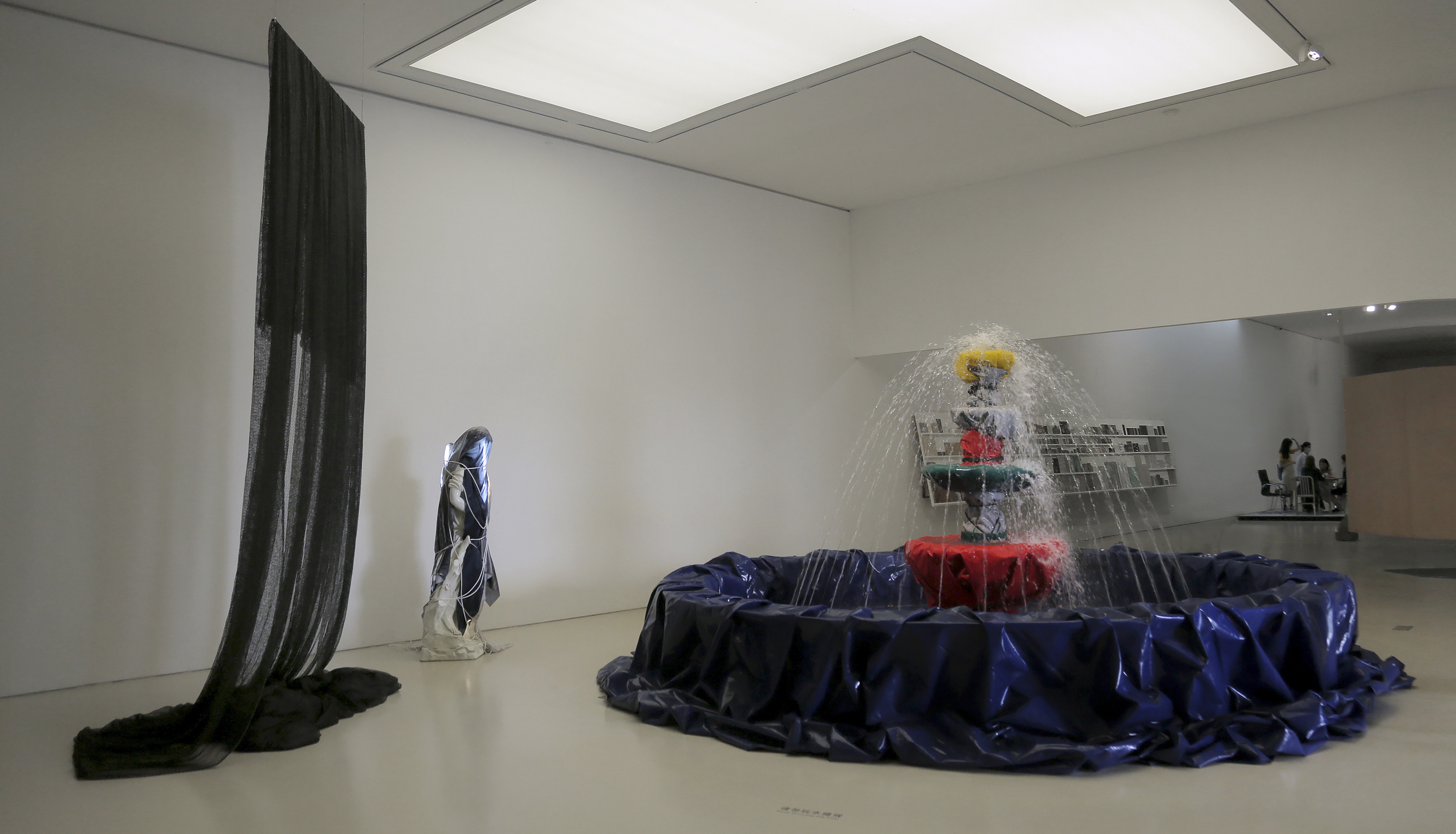
Stainless steel, PVC cloth, water spray device, dust screen, fibreglass, print on cloth, LED lights, ropes
Dimensions variable
Installation view in the exhibition, ‘Study of Things: Or a Brief Story About Fountain, Brick, Tin, Coin, Stone, Shell, Curtain, and Body’, Guangdong Times Museum, 2020
Image courtesy of the artist.
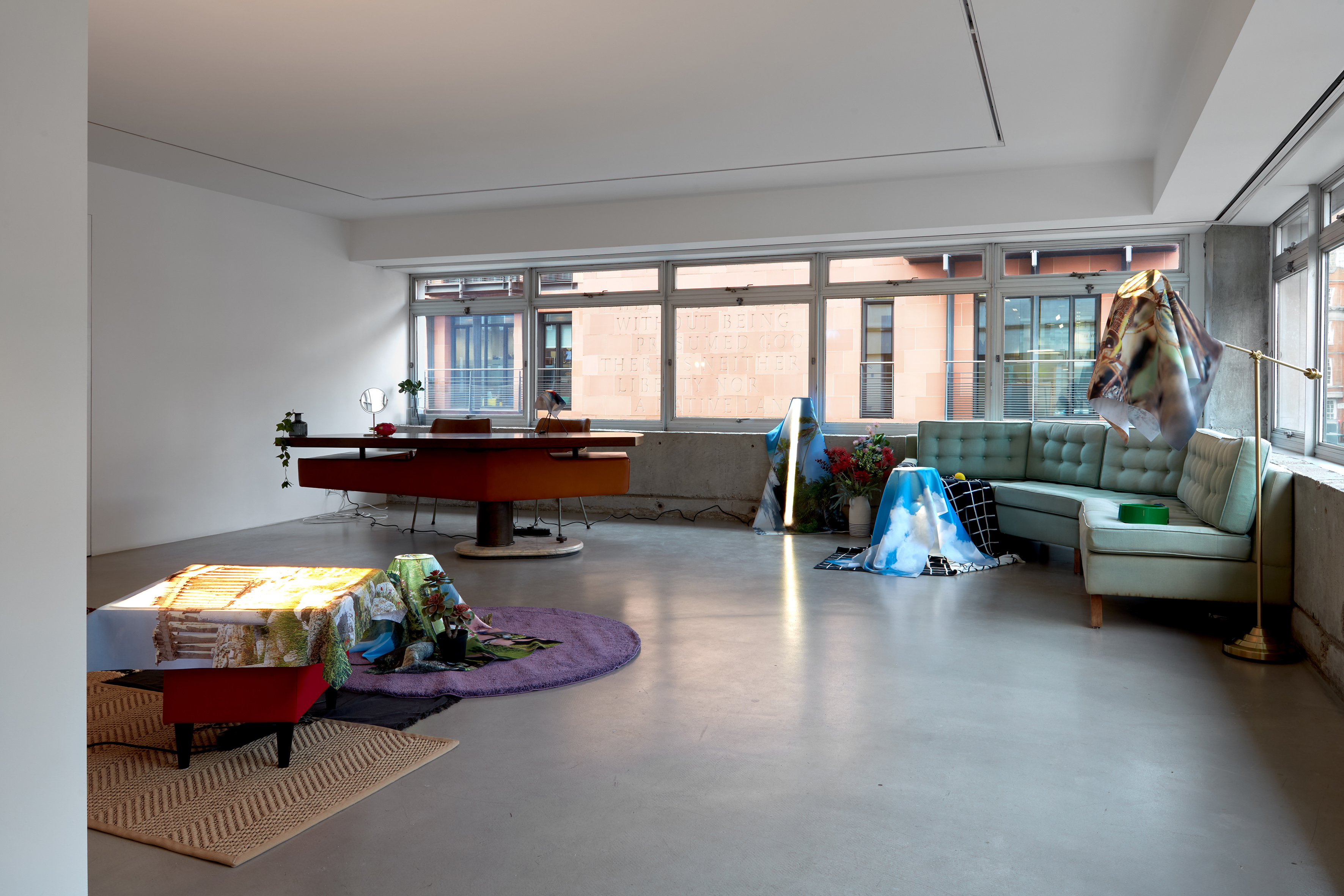
‘How to Be ‘Good Life”, 2019
Mixed media, variable size
Edouard Malingue Gallery, Condo London 2020
Image courtesy of Edouard Malingue Gallery
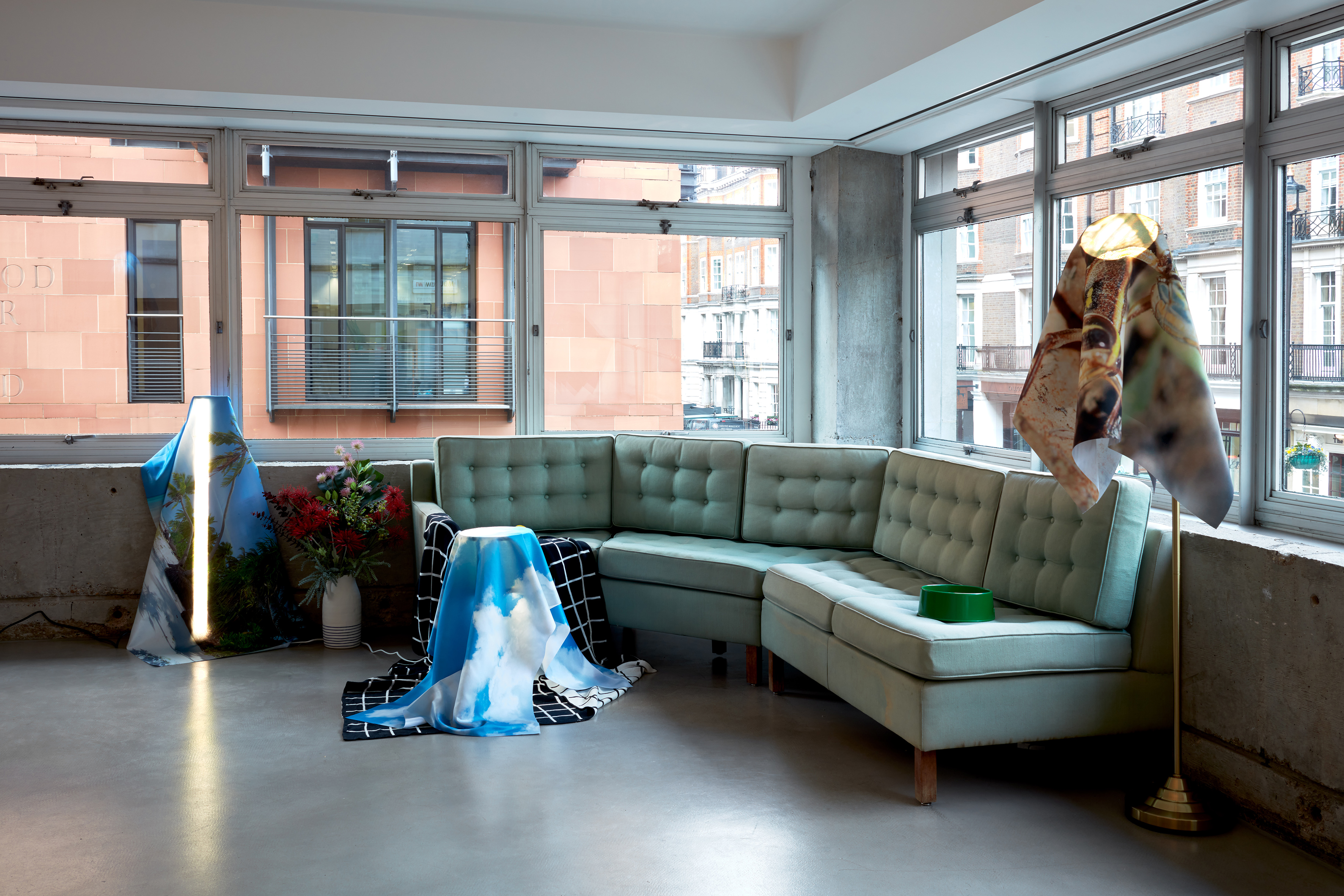
‘How to Be ‘Good Life”, 2019
Mixed media, variable size
Edouard Malingue Gallery, Condo London 2020
Image courtesy of Edouard Malingue Gallery
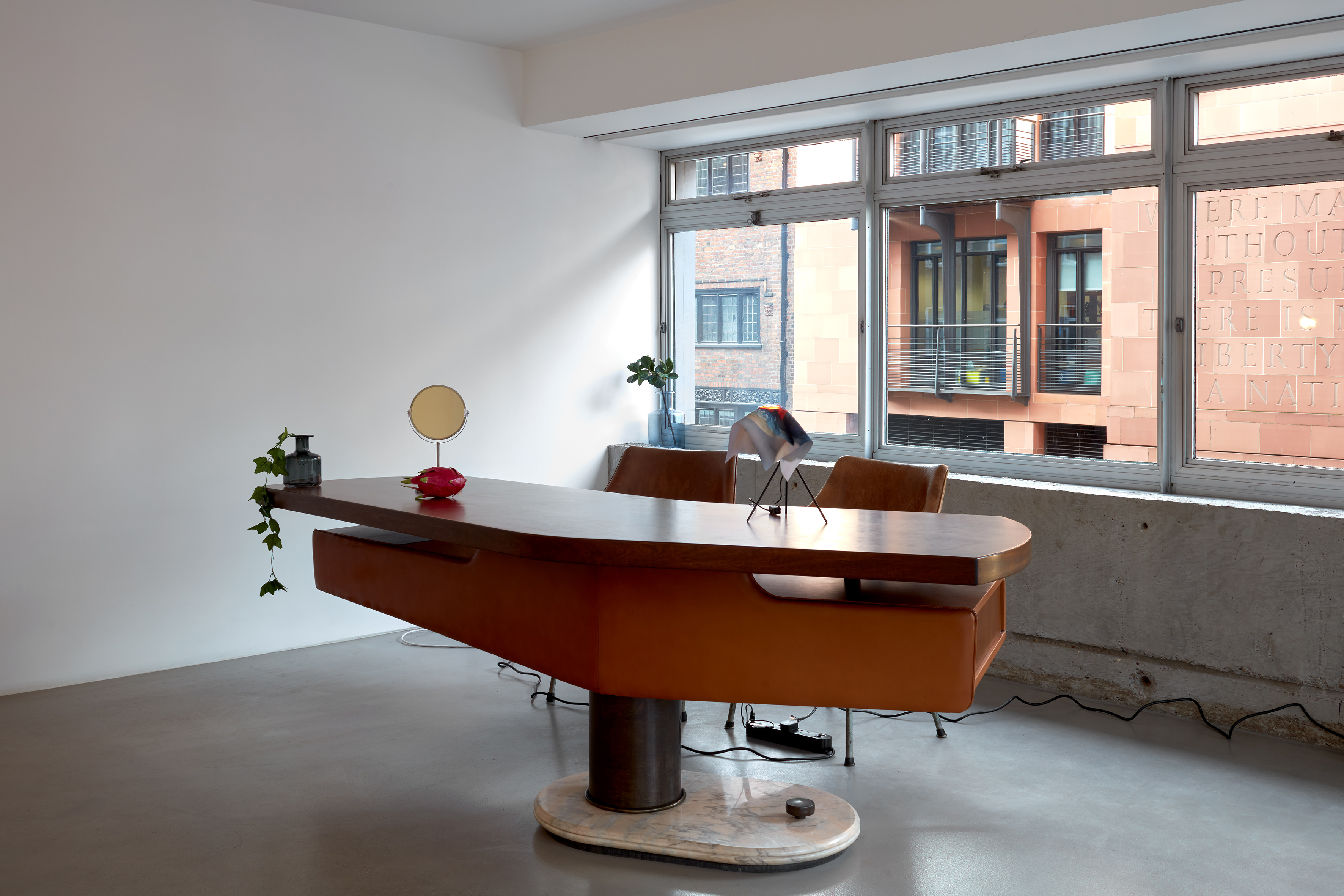
‘How to Be ‘Good Life”, 2019
Mixed media, variable size
Edouard Malingue Gallery, Condo London 2020
Image courtesy of Edouard Malingue Gallery
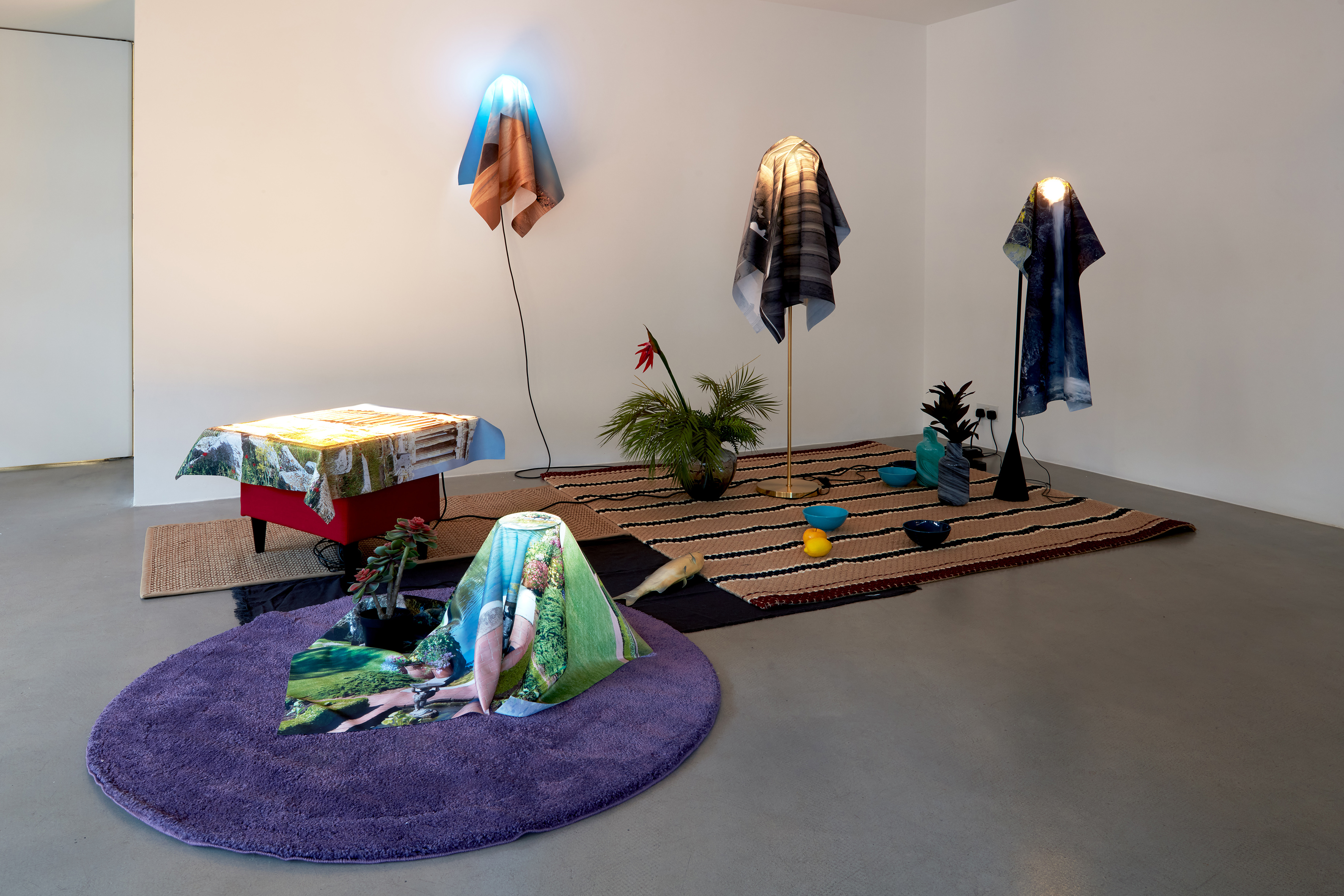
‘How to Be ‘Good Life”, 2019
Mixed media, variable size
Edouard Malingue Gallery, Condo London 2020
Image courtesy of Edouard Malingue Gallery

Steel frame, image, fake plant, light, 600 x 240 x 200 cm.
Installation view at the 58th Venice Biennale 2019.
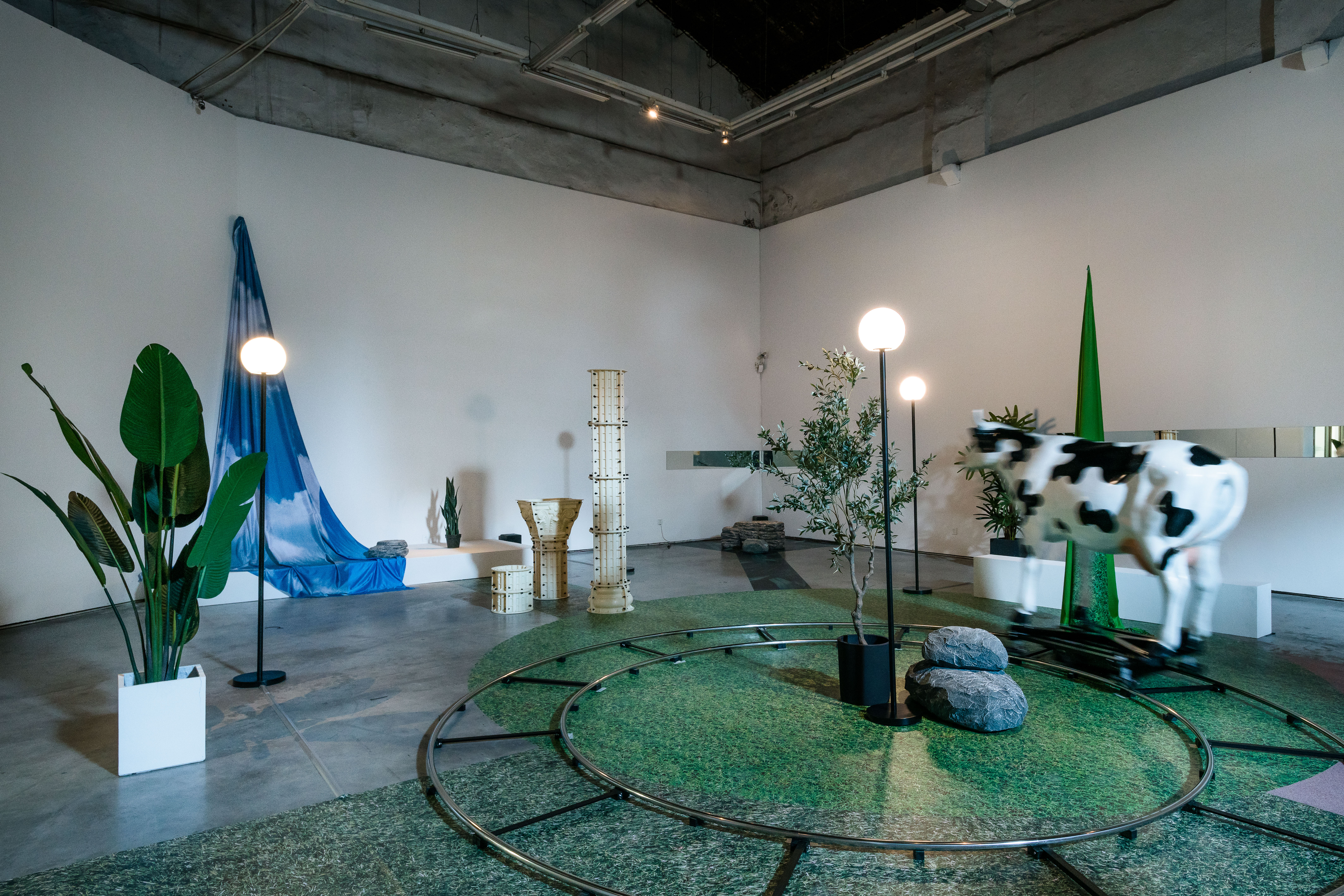
Electronic controller, spray-painted FRP cow model, flat car, battery, stainless steel track, outdoor spherical lamp, artificial plant, foam stone, PVC column, inkjet cloth curtain, mirror, 540 x 1600 x 1400 cm (dimensions variable)
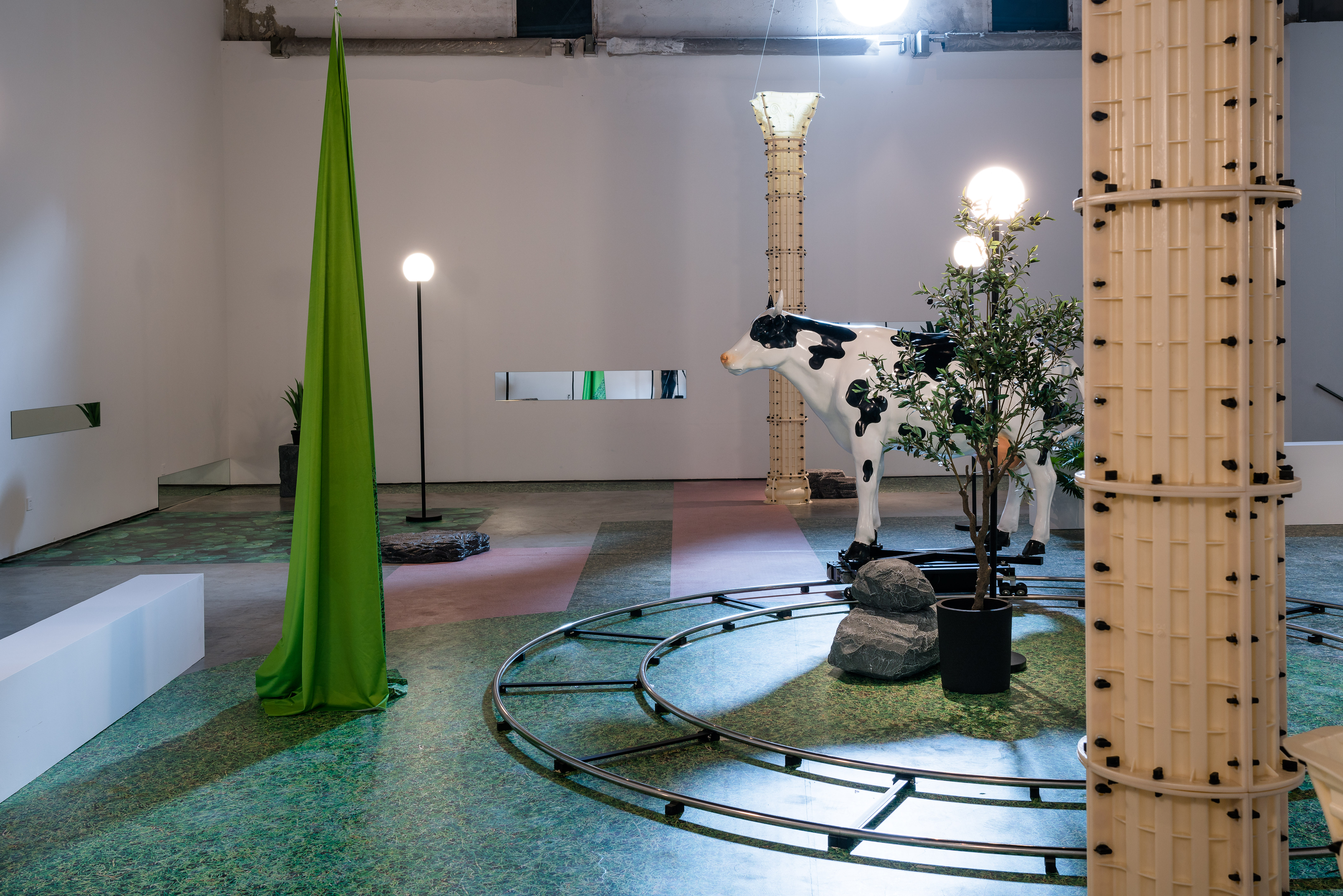
Electronic controller, spray-painted FRP cow model, flat car, battery, stainless steel track, outdoor spherical lamp, artificial plant, foam stone, PVC column, inkjet cloth curtain, mirror, 540 x 1600 x 1400 cm (dimensions variable)
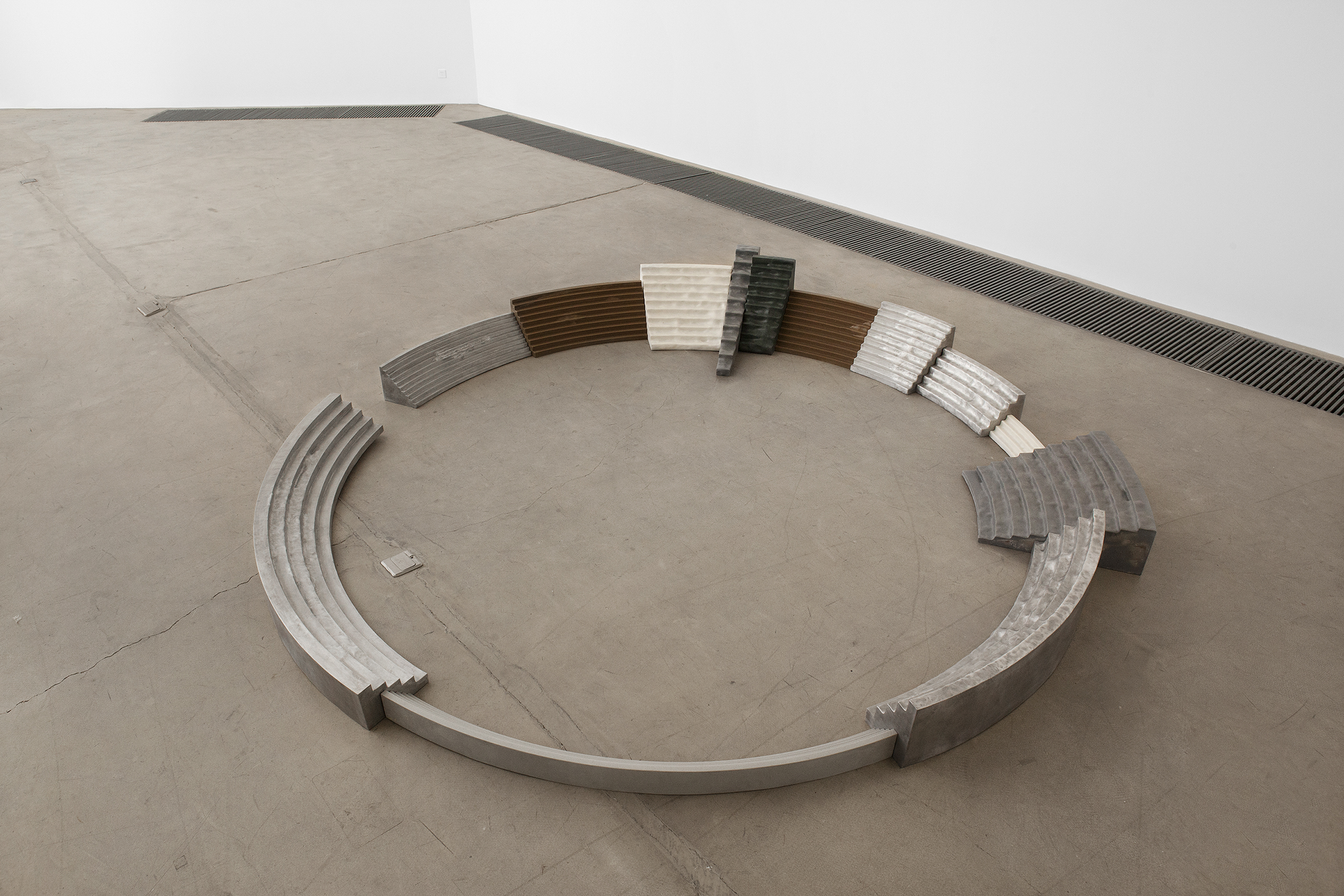
Aluminum, resin, sand, 350 x 350 x 40 cm
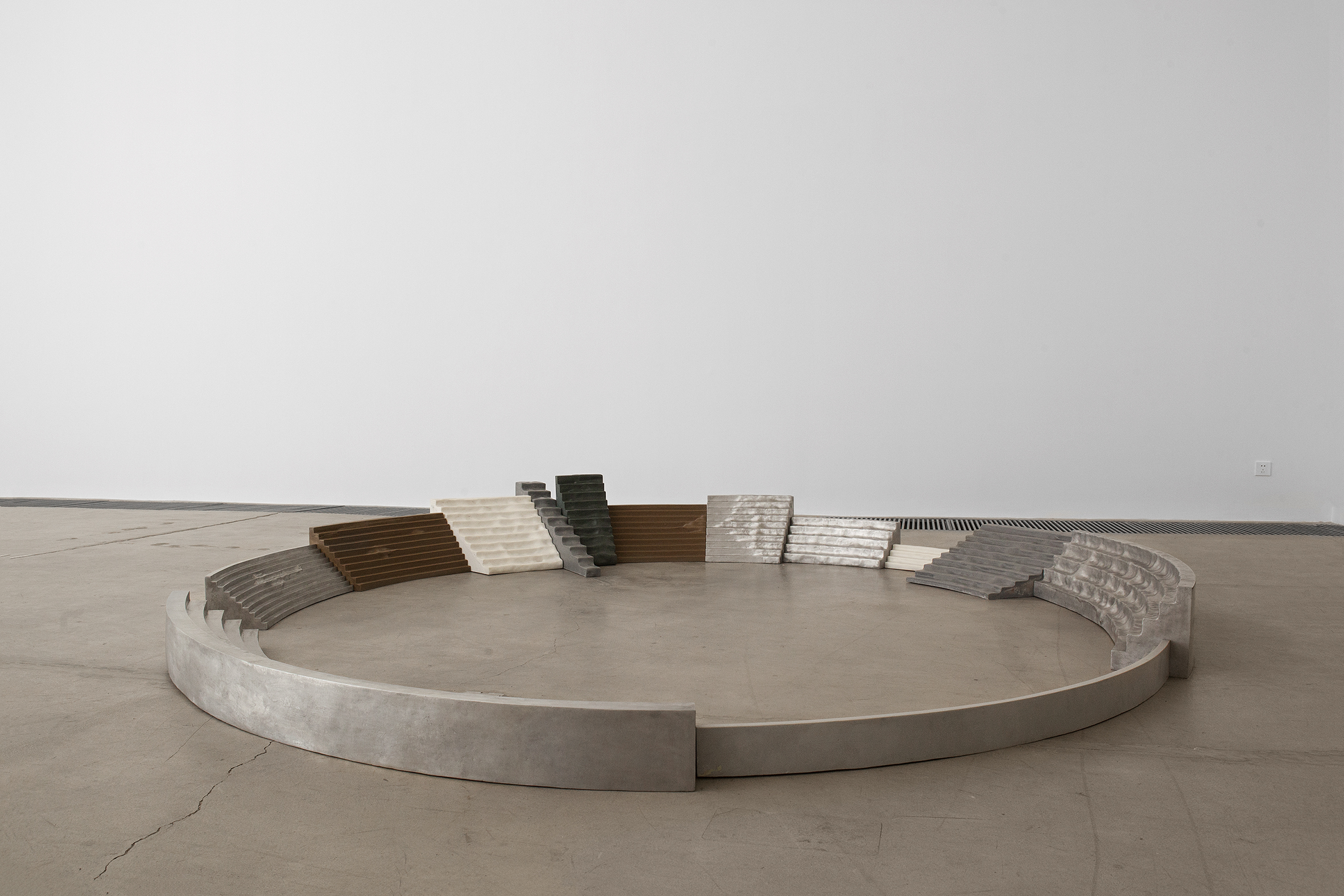
Aluminum, resin, sand, 350 x 350 x 40 cm

Brass, 130 x 90 x 90 cm

Bronze, brass, resin, sand, 300 x 85 x 35 cm
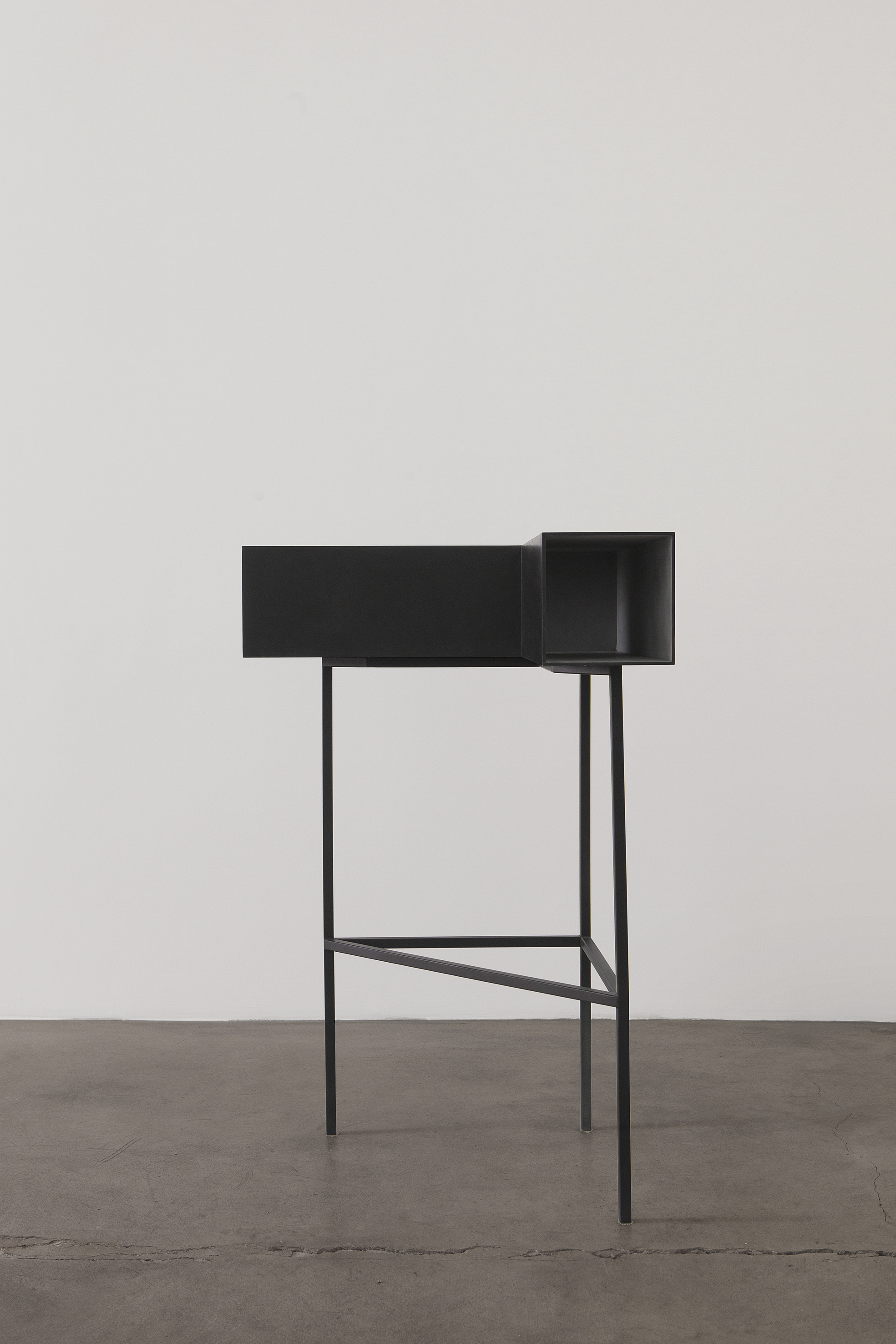
Aluminum, stainless steel, 70 x 70 x 110 cm

Aluminum, iron, resin, sand, 210 x 130 x 115 cm

Mixed media, 290 x 280 x 270 cm
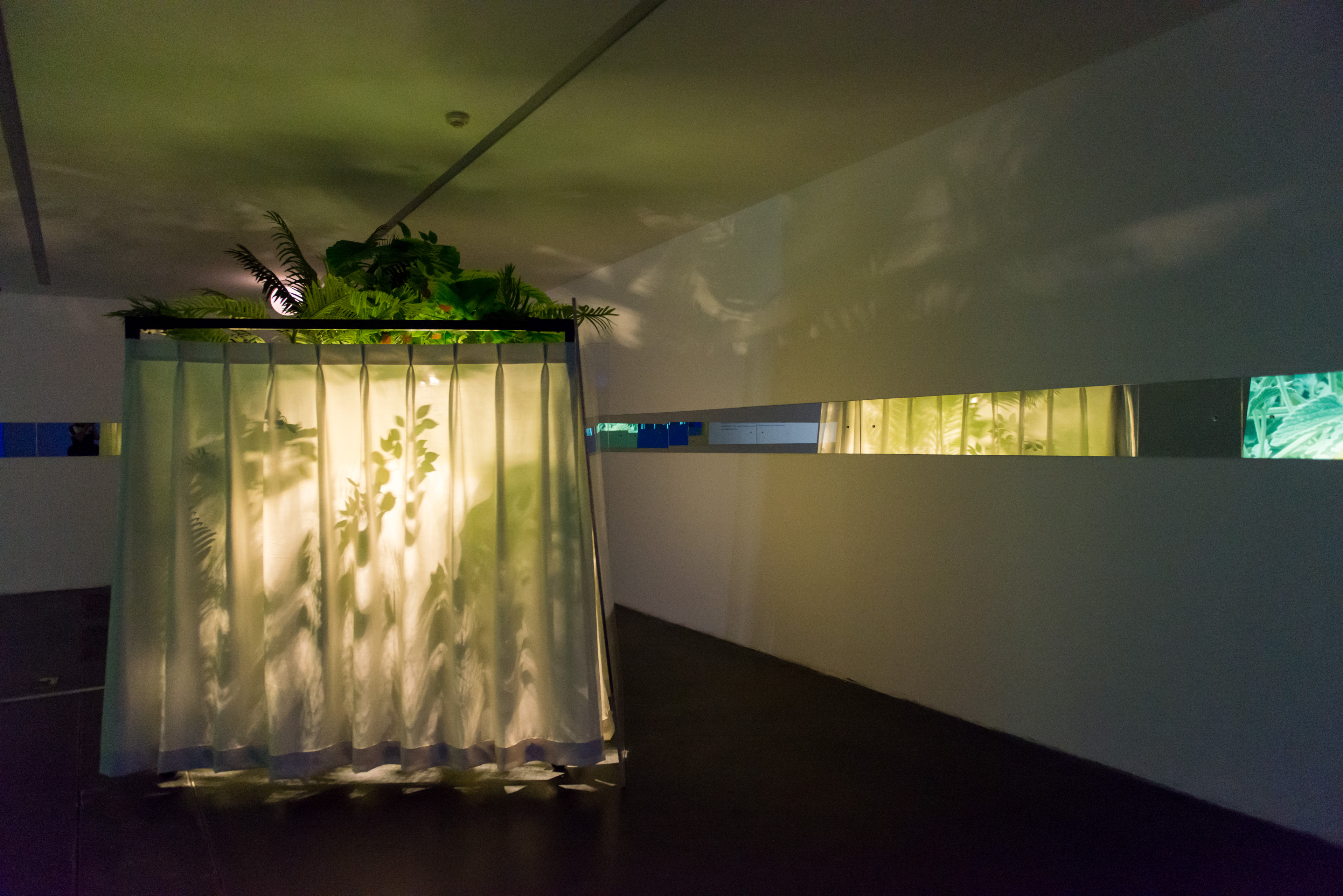
Suspended ceiling, mirrors, fans, lacquered metal frame, artificial plants, curtains, acrylic boards, light box, spherical lamps, LED lights, light-switching device, Dimensions variable
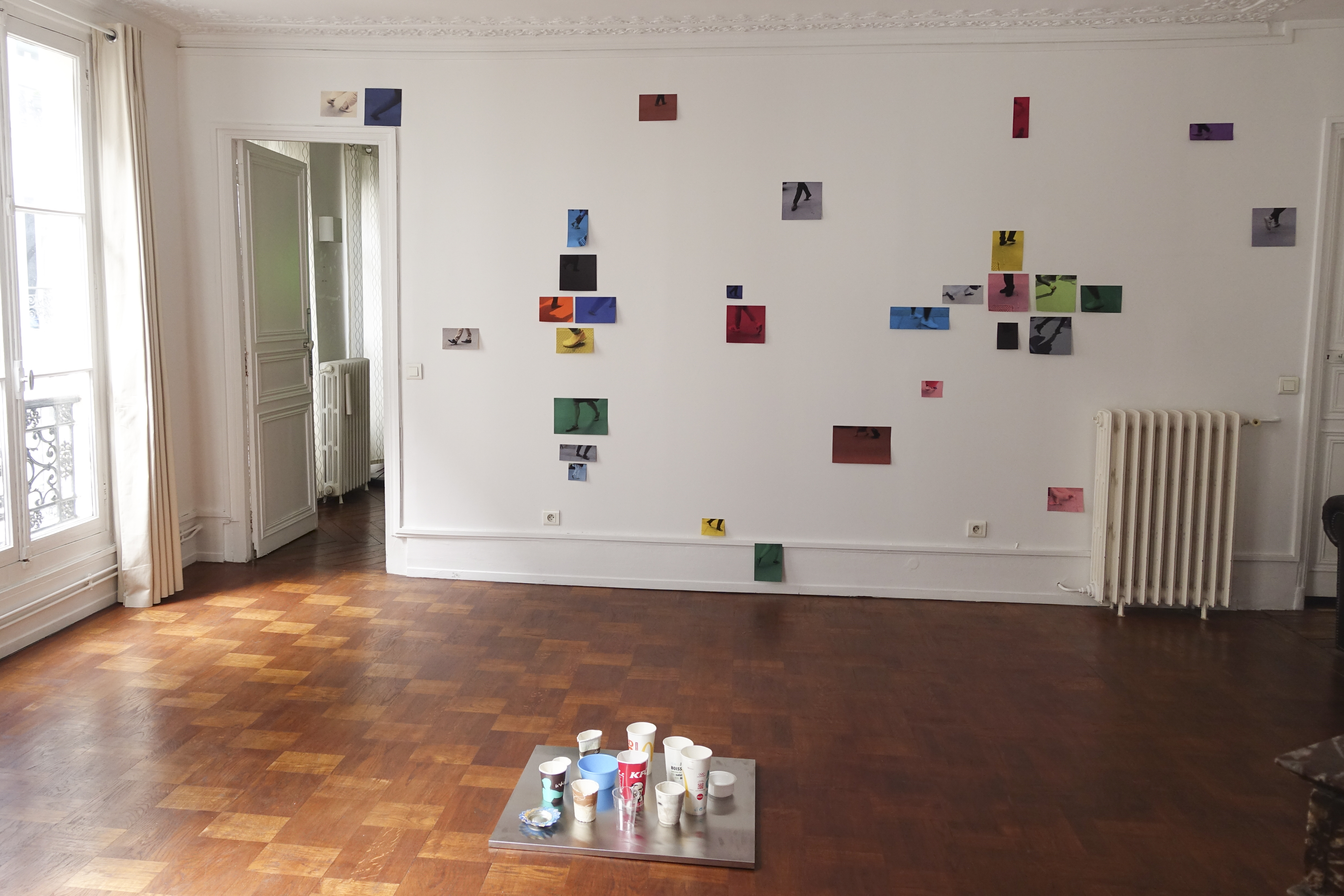
Print on colorful paper, video, cup, Dimensions variable
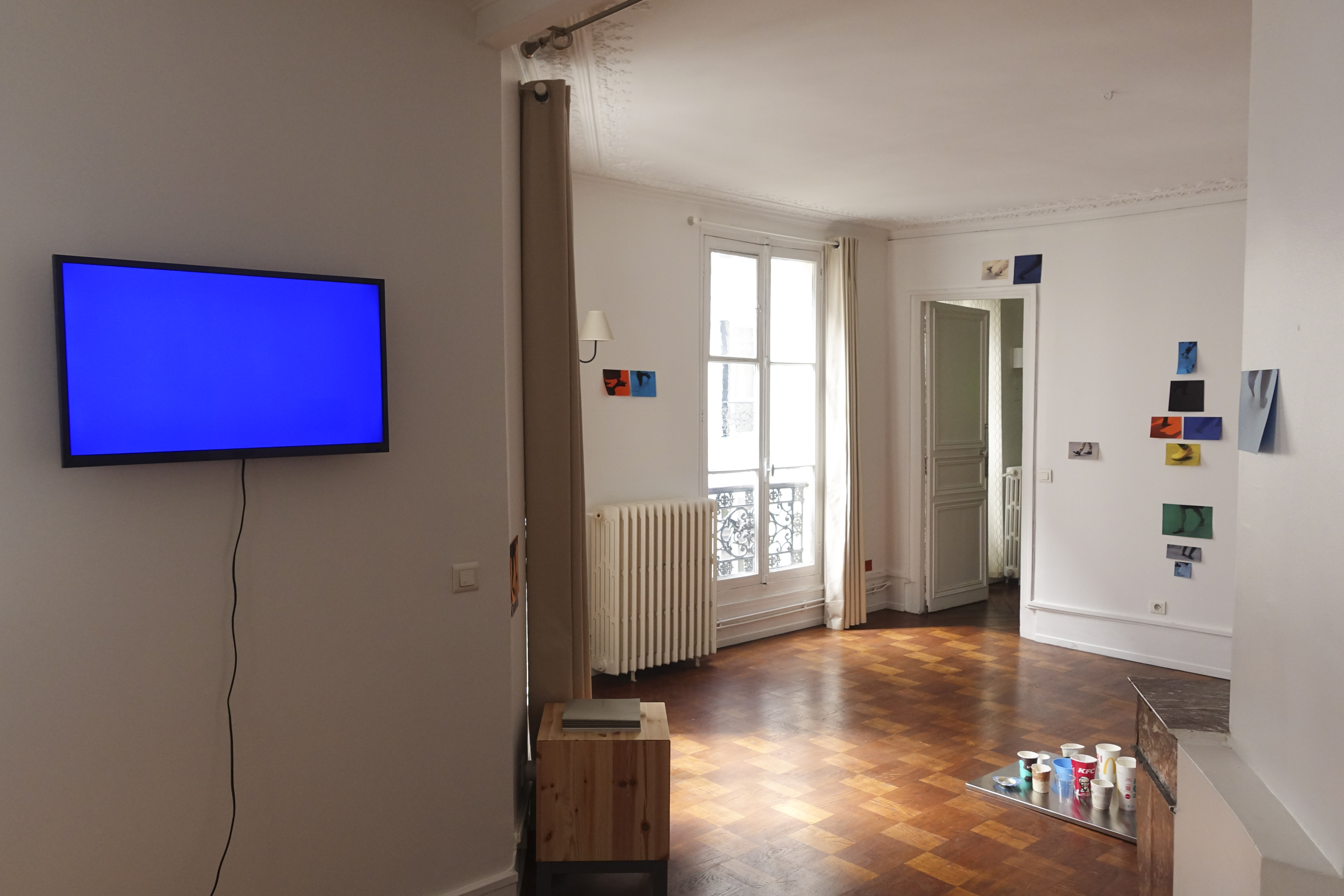
Print on colorful paper, video, cup, Dimensions variable
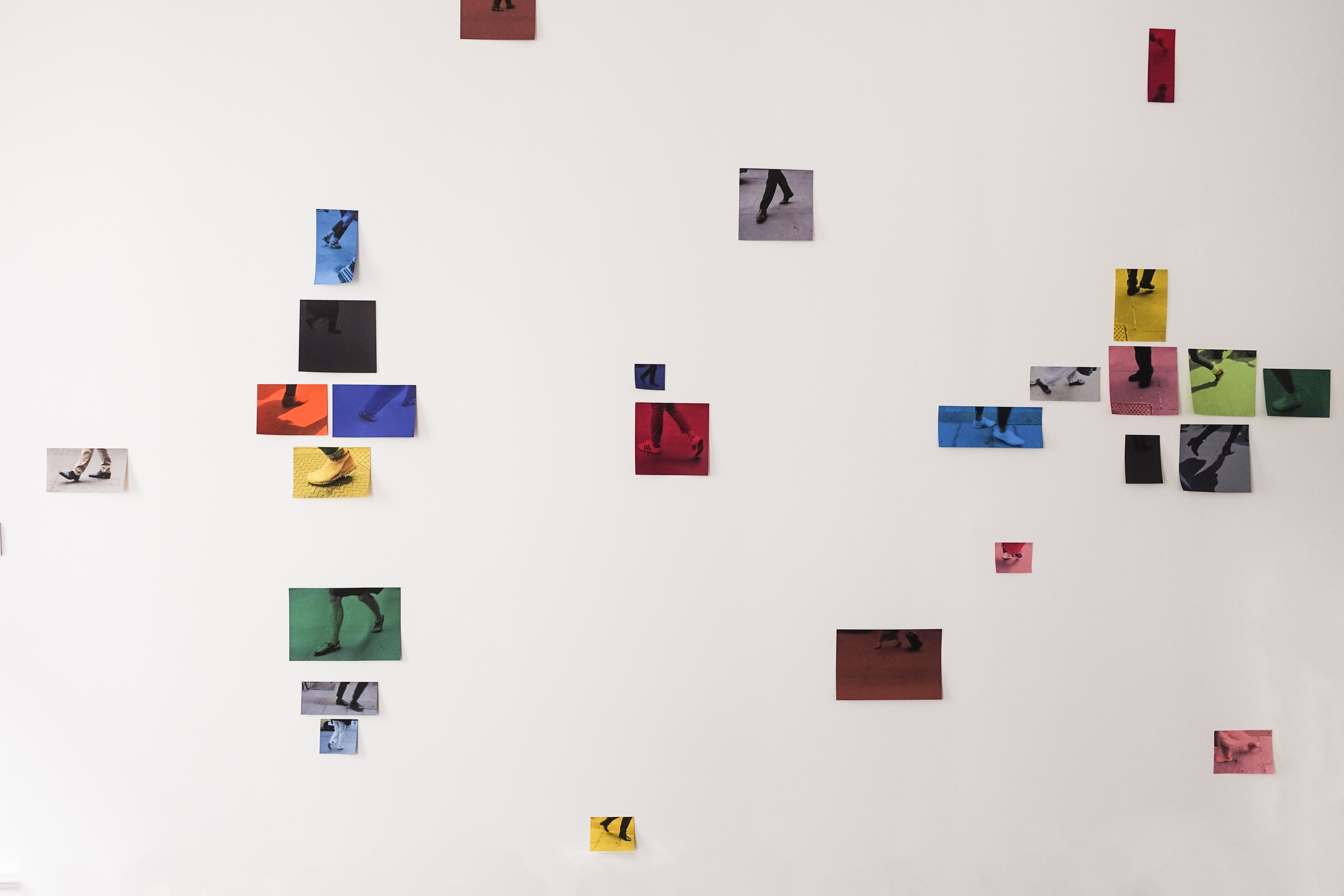
Print on colorful paper, video, cup, Dimensions variable
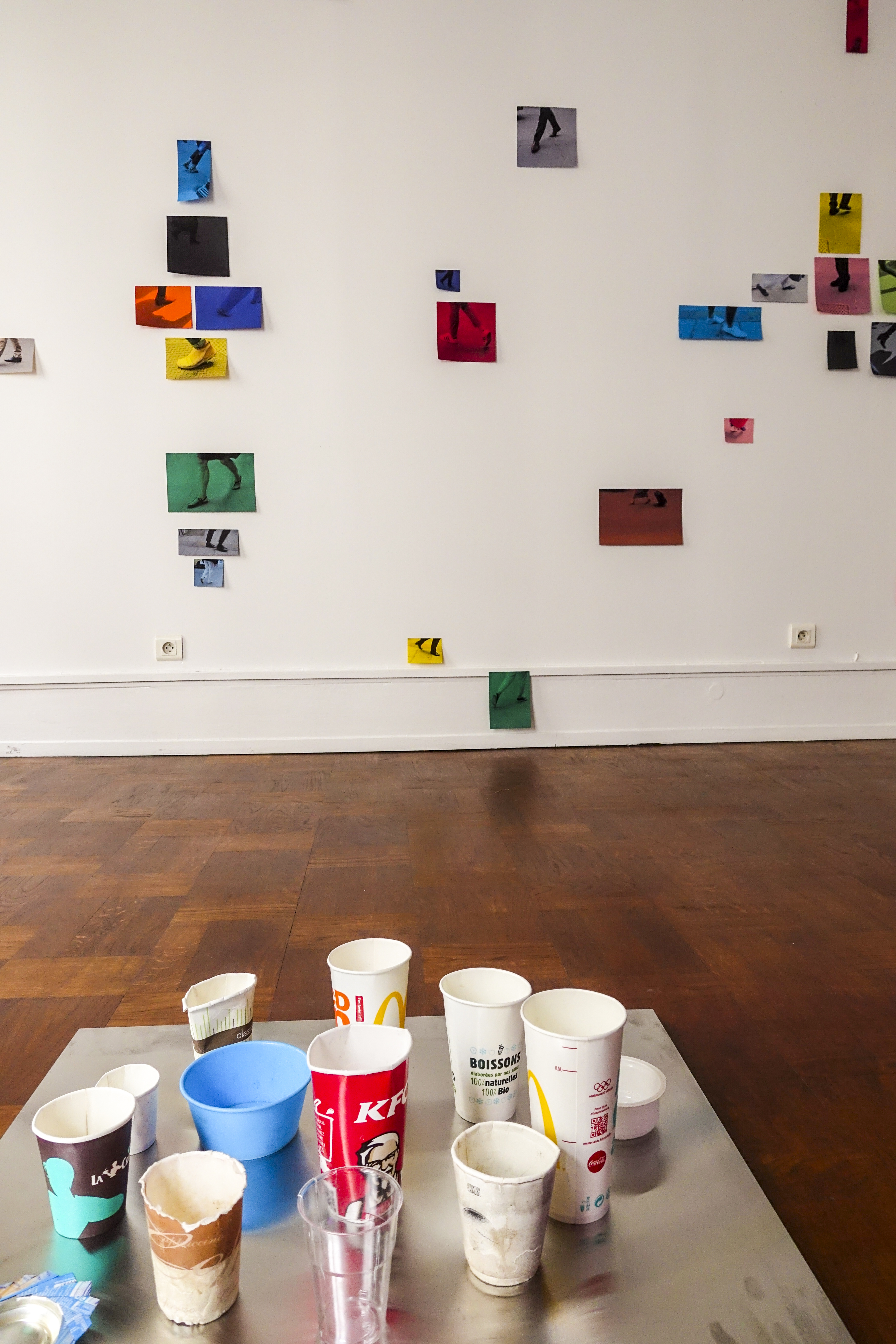
Print on colorful paper, video, cup, Dimensions variable
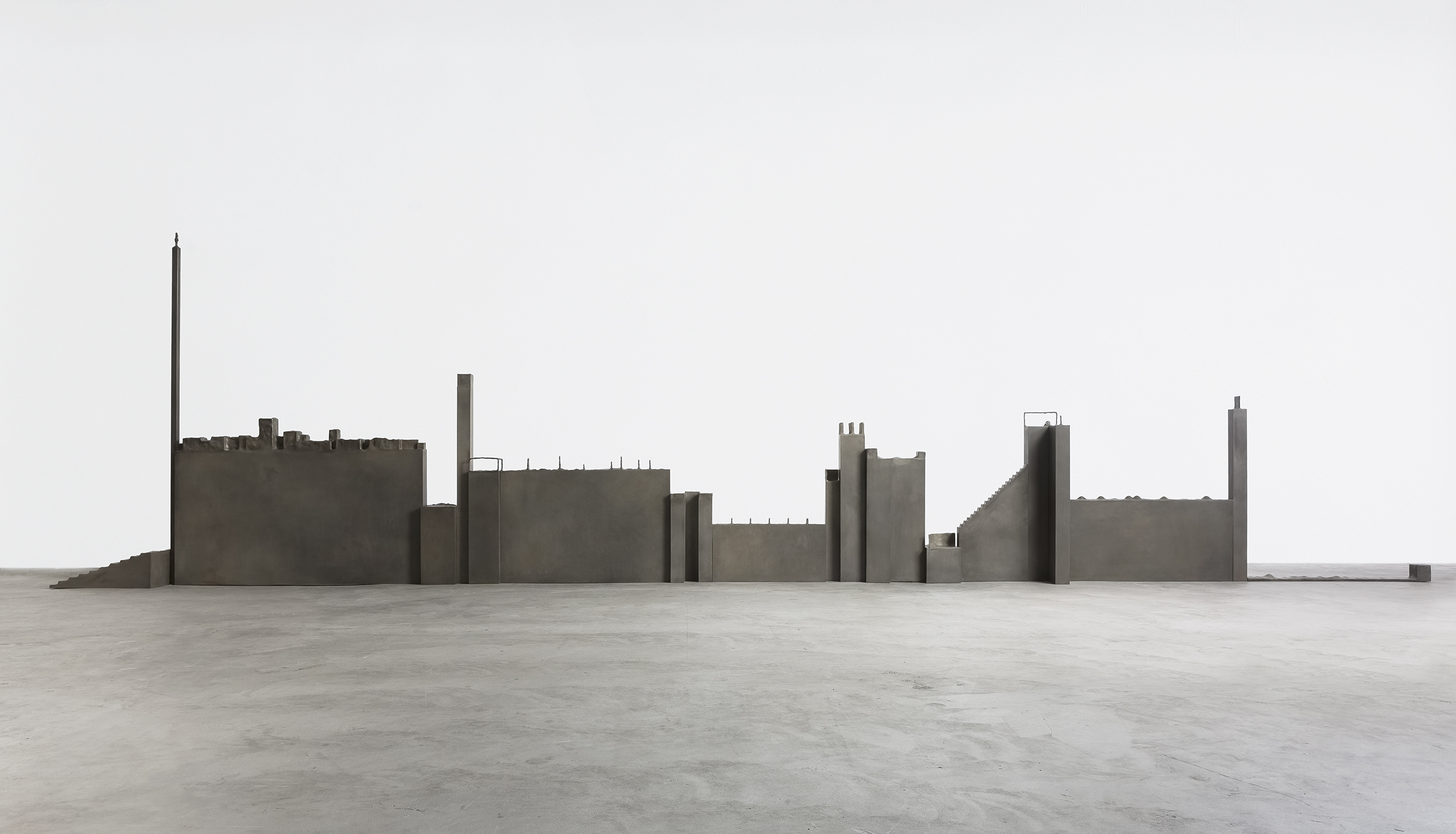
Bronze, 800 x 210 x 45 cm
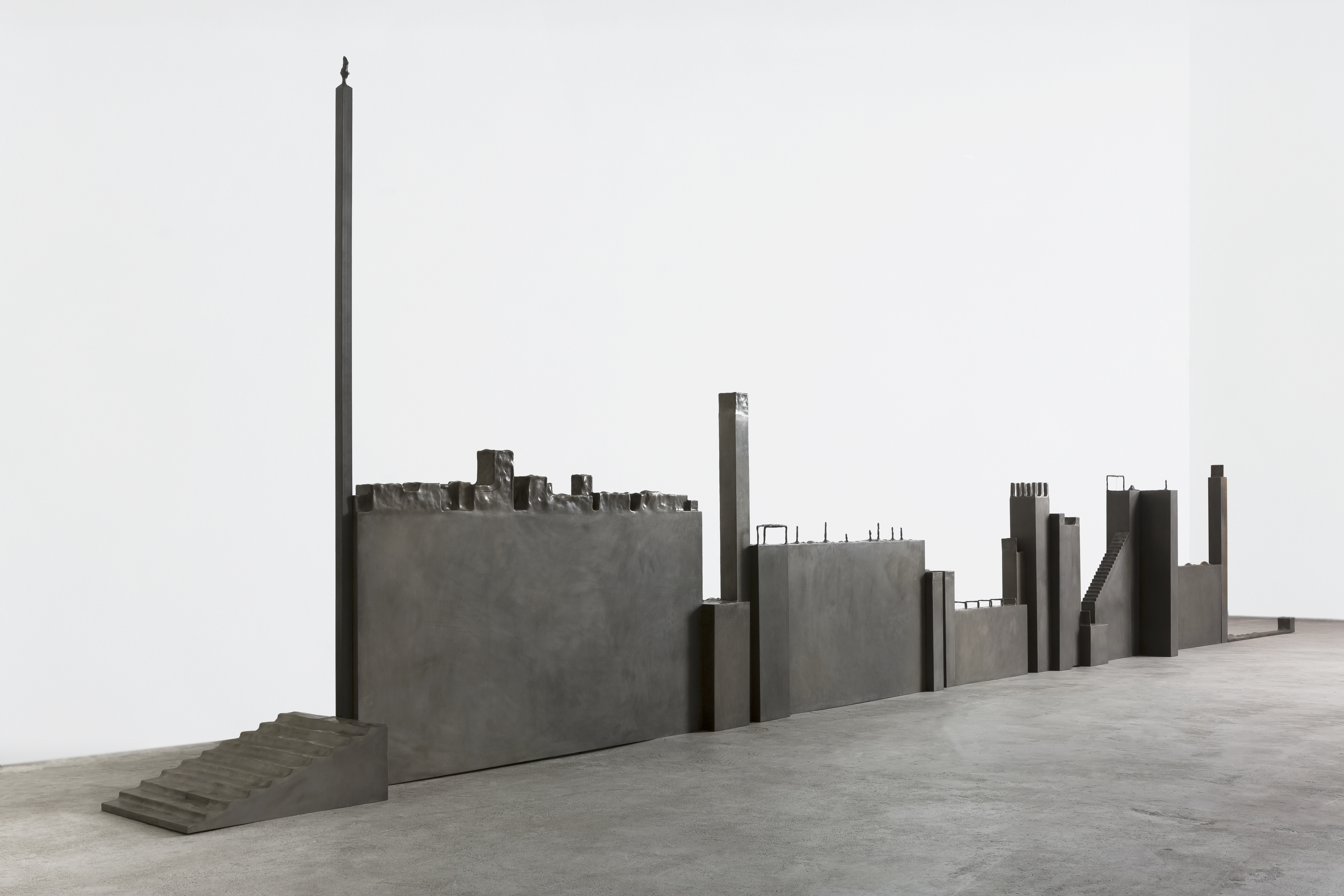
Bronze, 800 x 210 x 45 cm
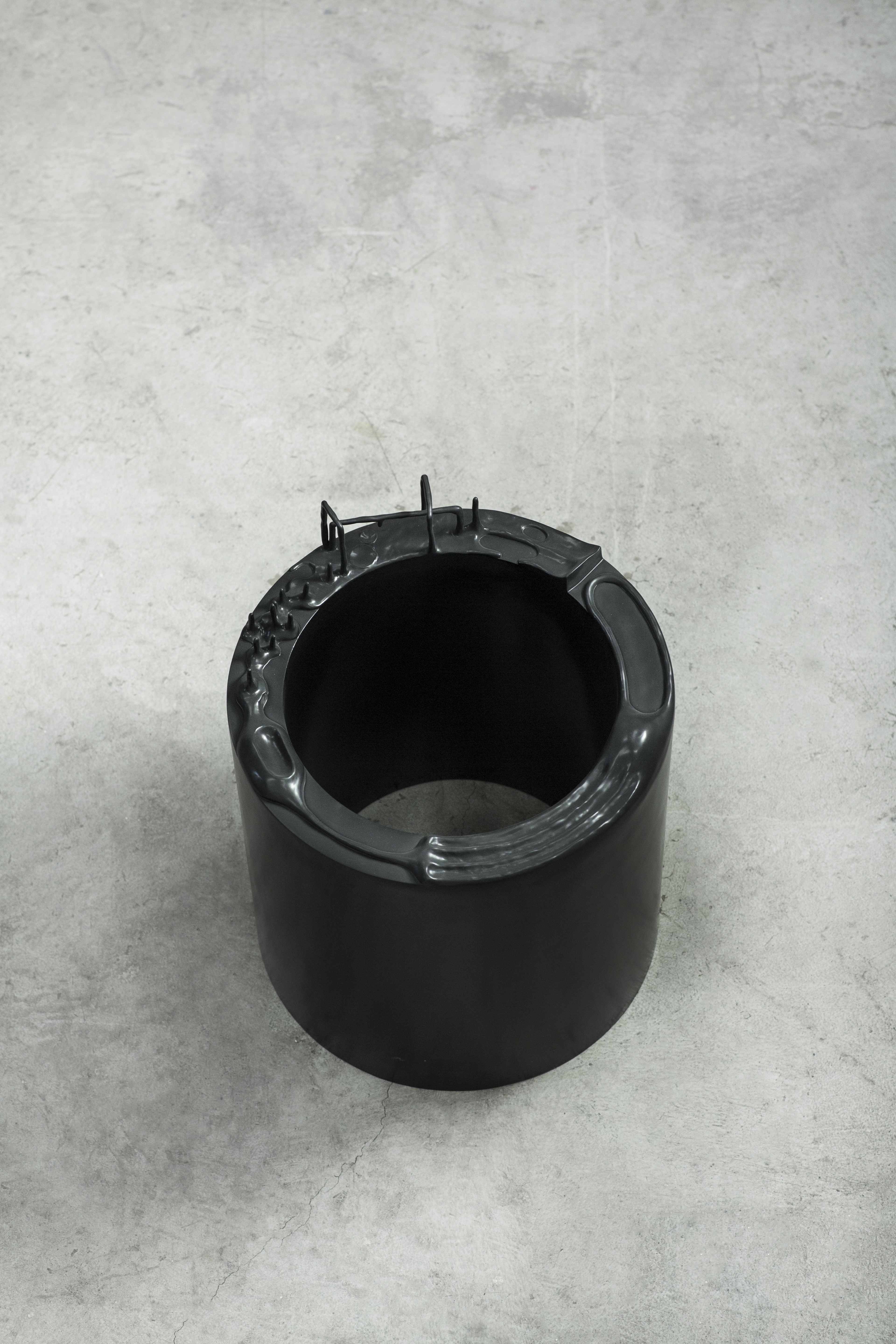
Stainless steel, varnish, 60 x 50 x 50 cm
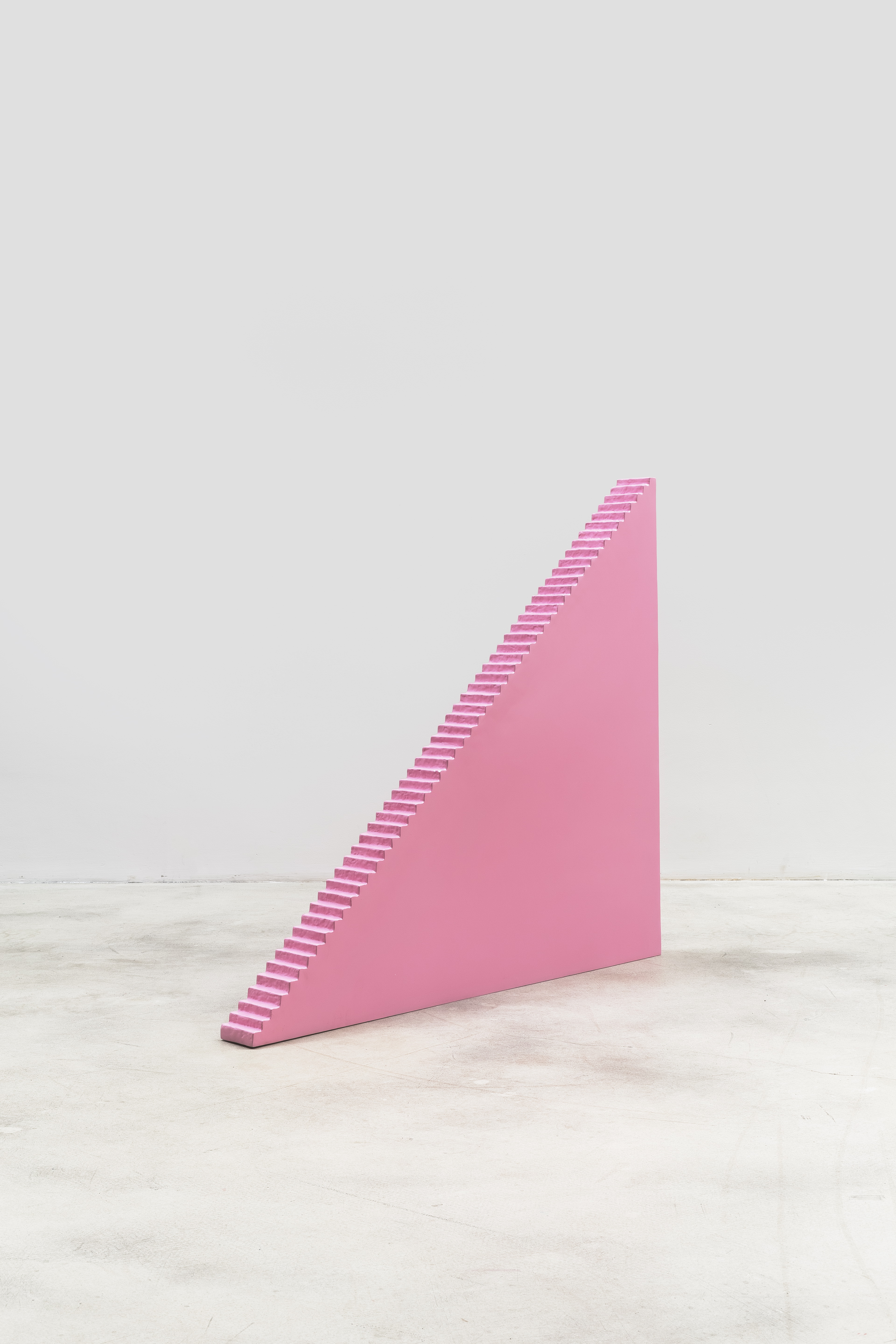
Stainless steel, varnish, 105 x 115 x 9 cm

Stainless steel, varnish, 210 x 14 x 14 cm
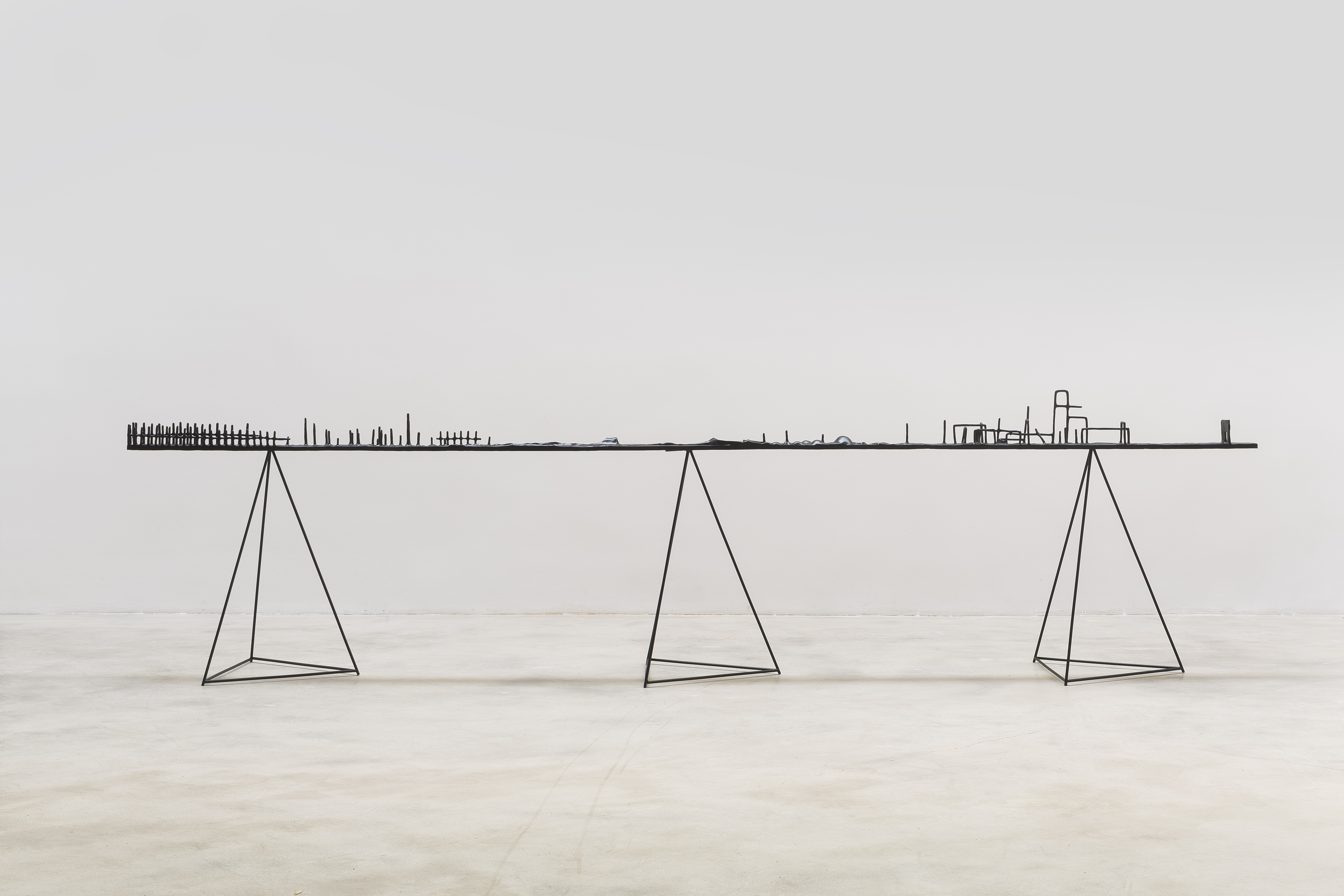
Stainless steel, varnish, 400 x 80 x 10 cm
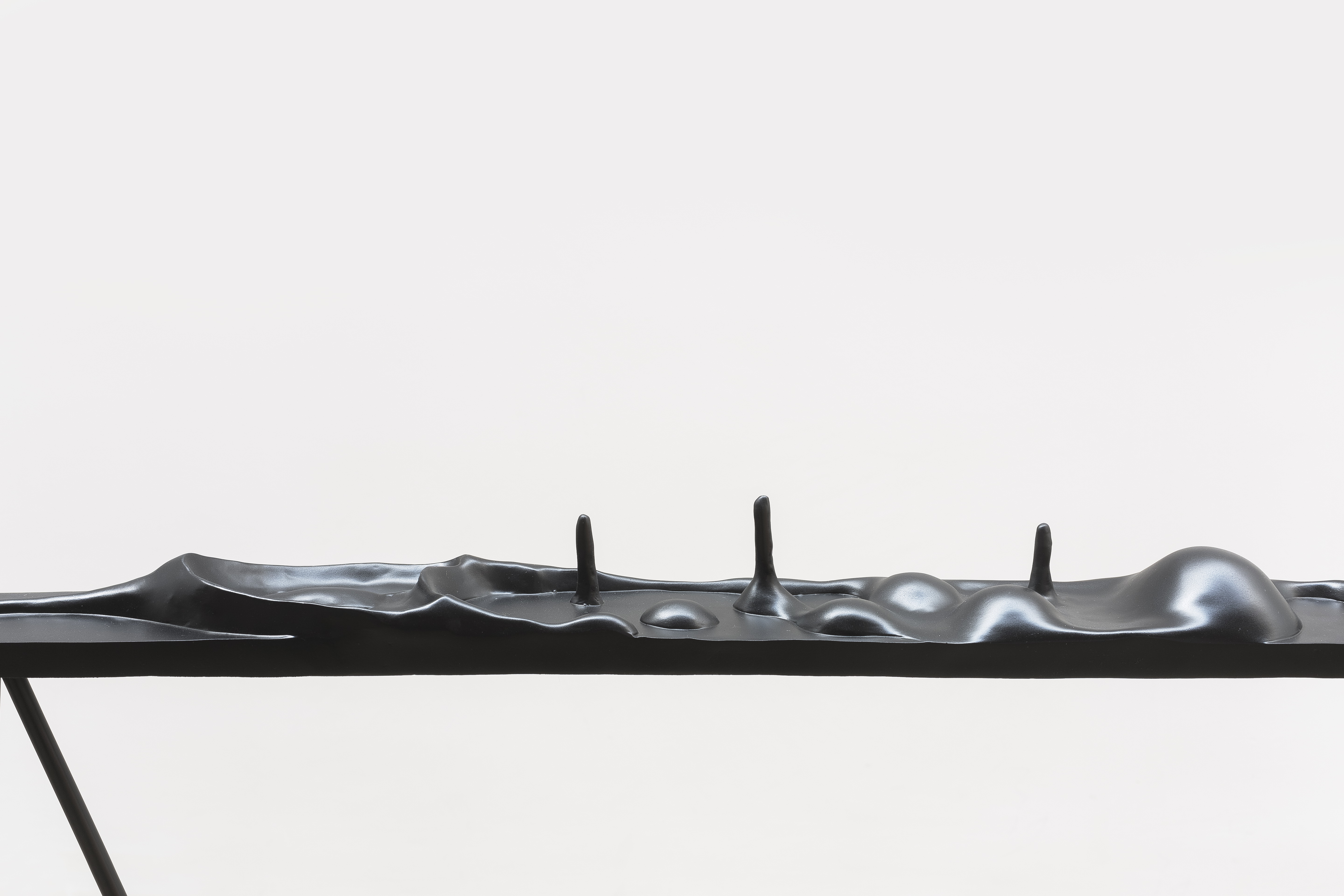
Stainless steel, varnish, 400 x 80 x 10 cm
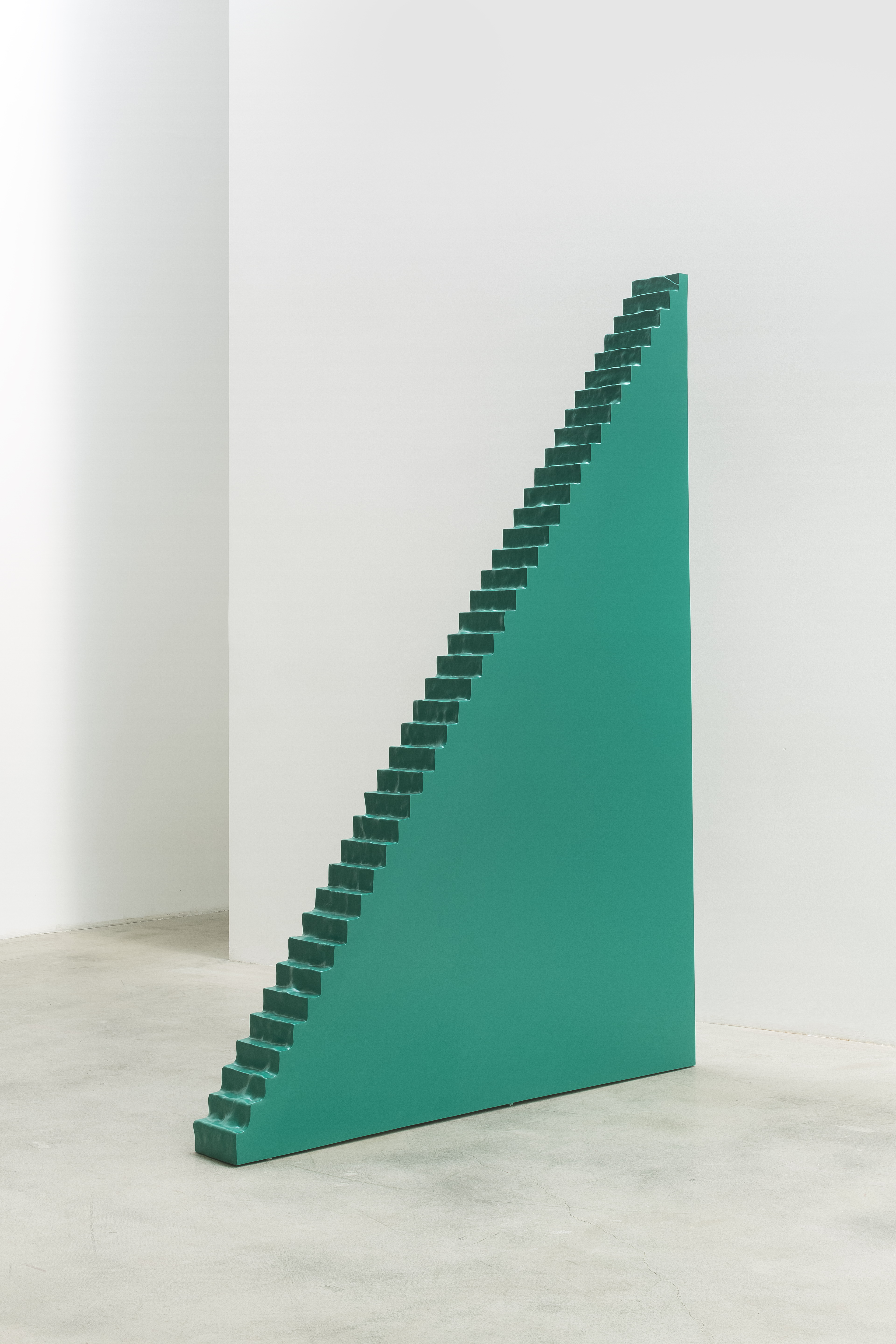
Stainless steel, varnish, 220 x 156 x 18 cm
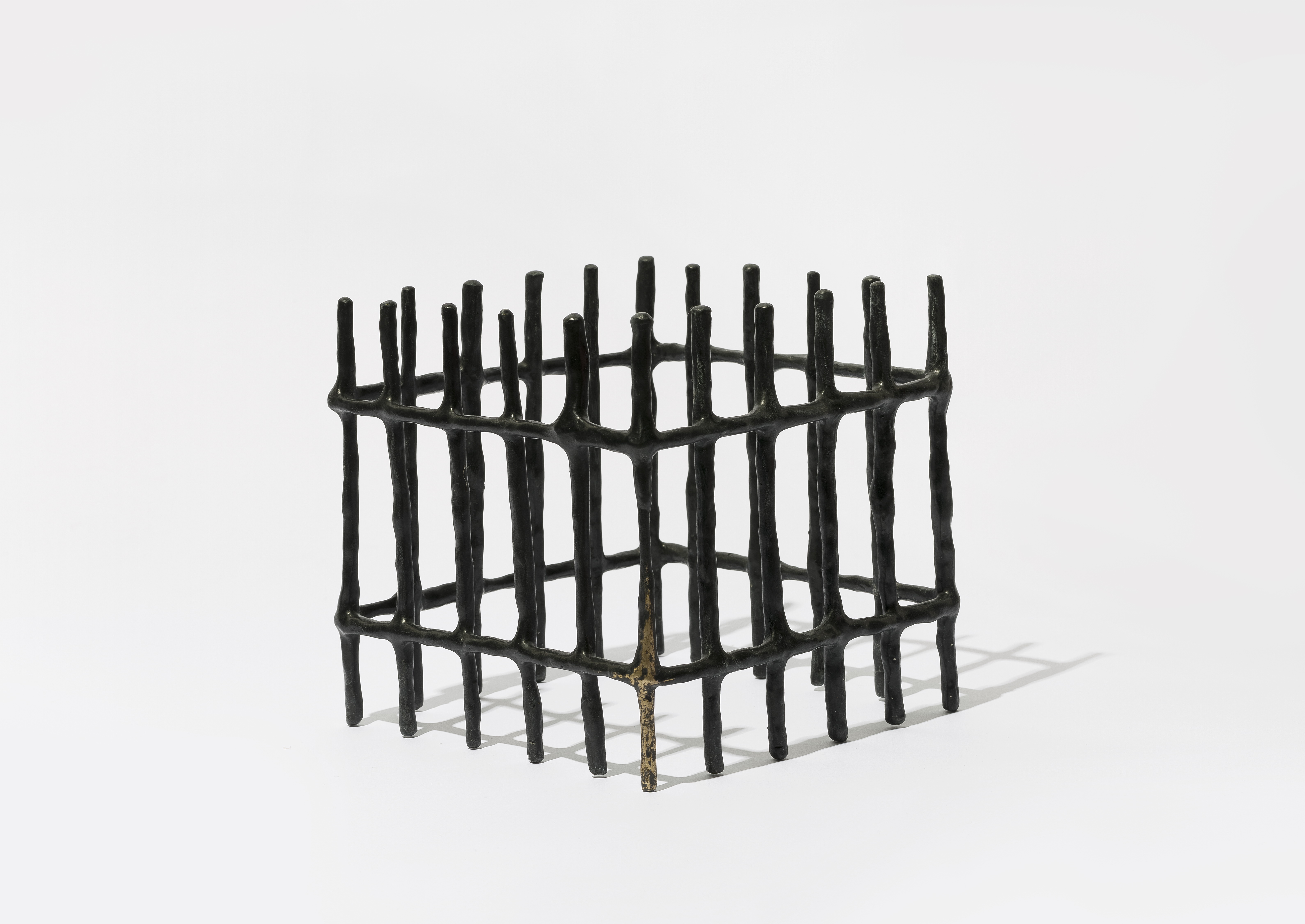
Brass, 20 x 20 x 20 cm
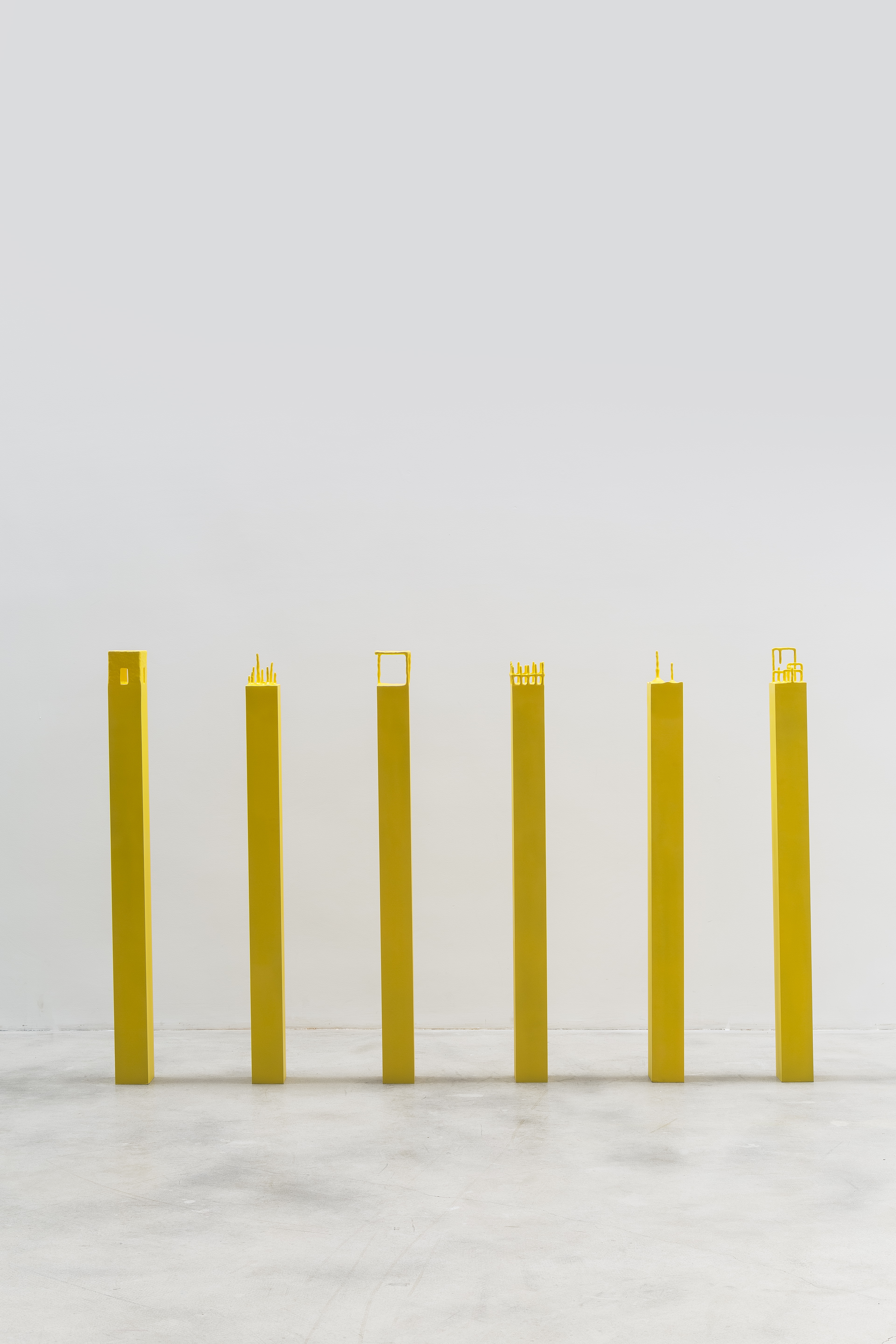
Stainless steel, varnish, 130 x 10 x 10 cm each
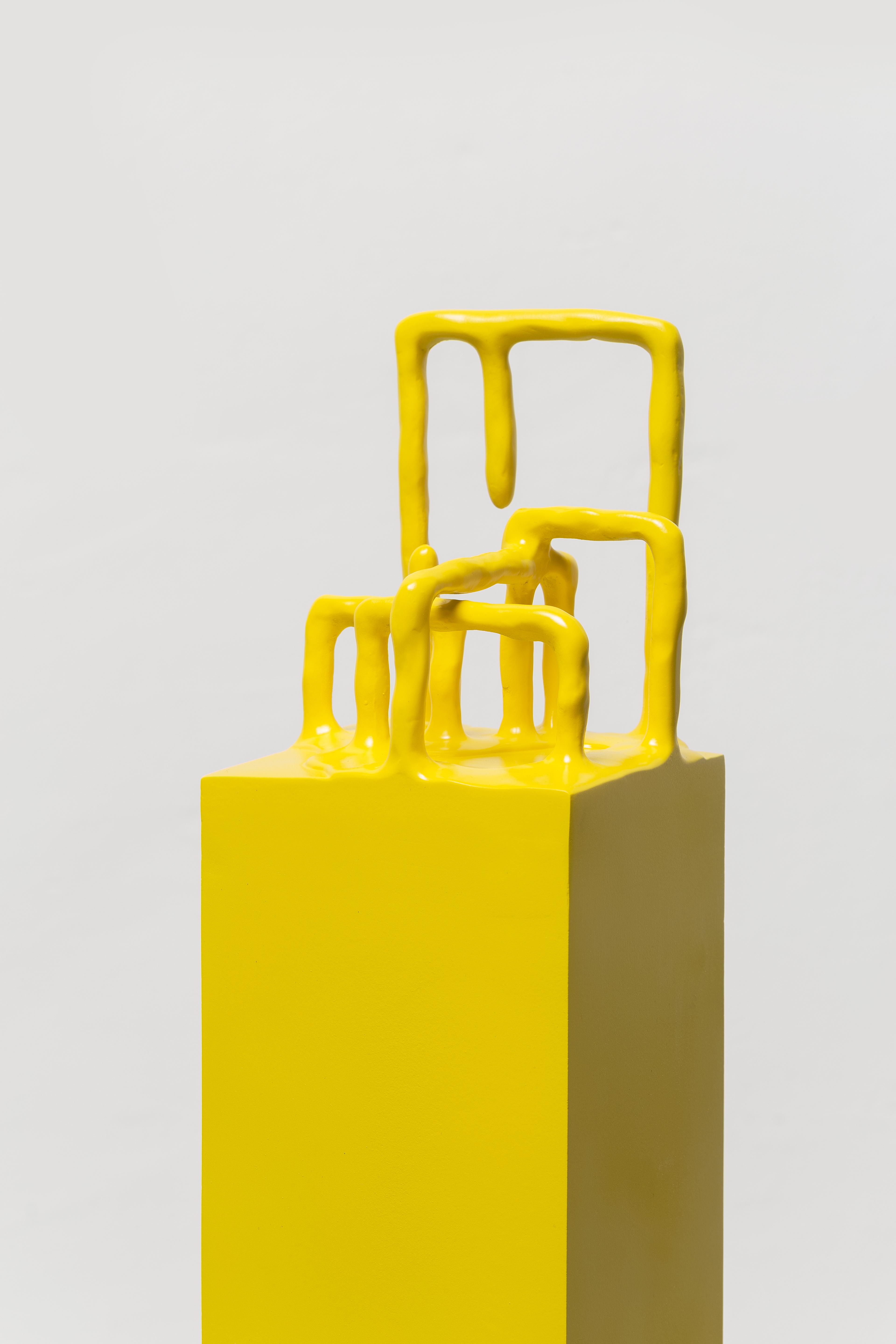
Stainless steel, varnish, 130 x 10 x 10 cm
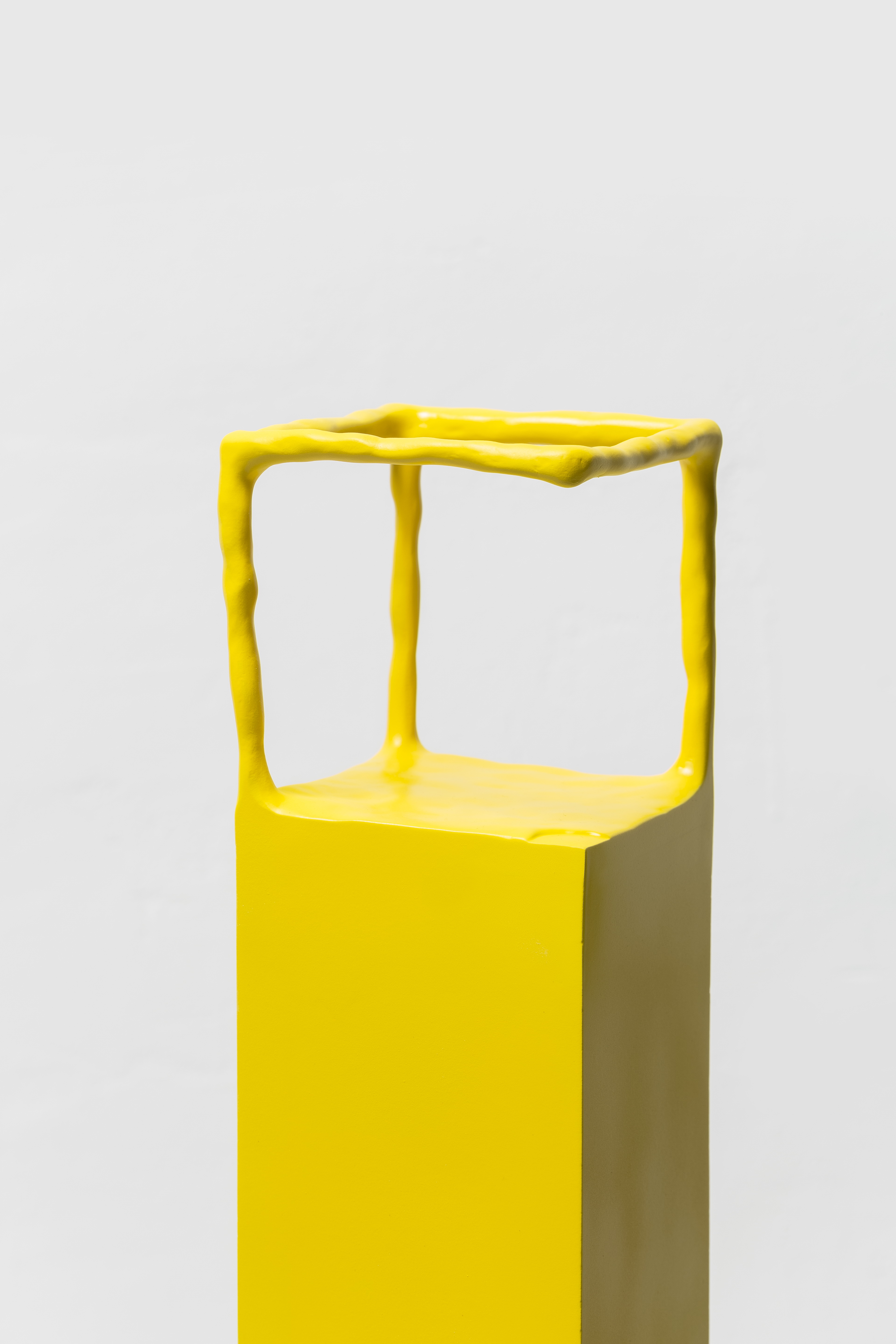
Stainless steel, varnish, 130 x 10 x 10 cm
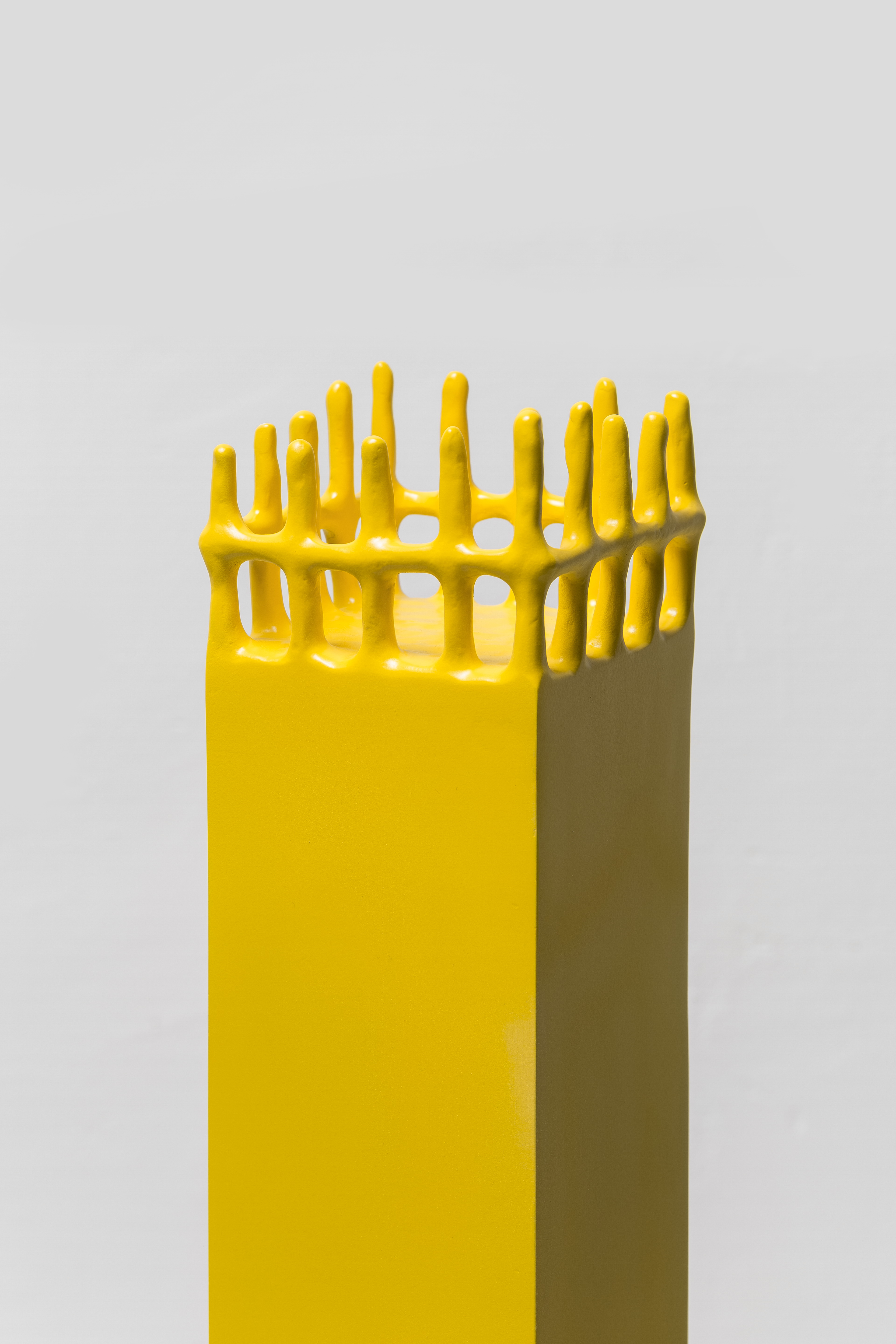
Stainless steel, varnish, 130 x 10 x 10 cm
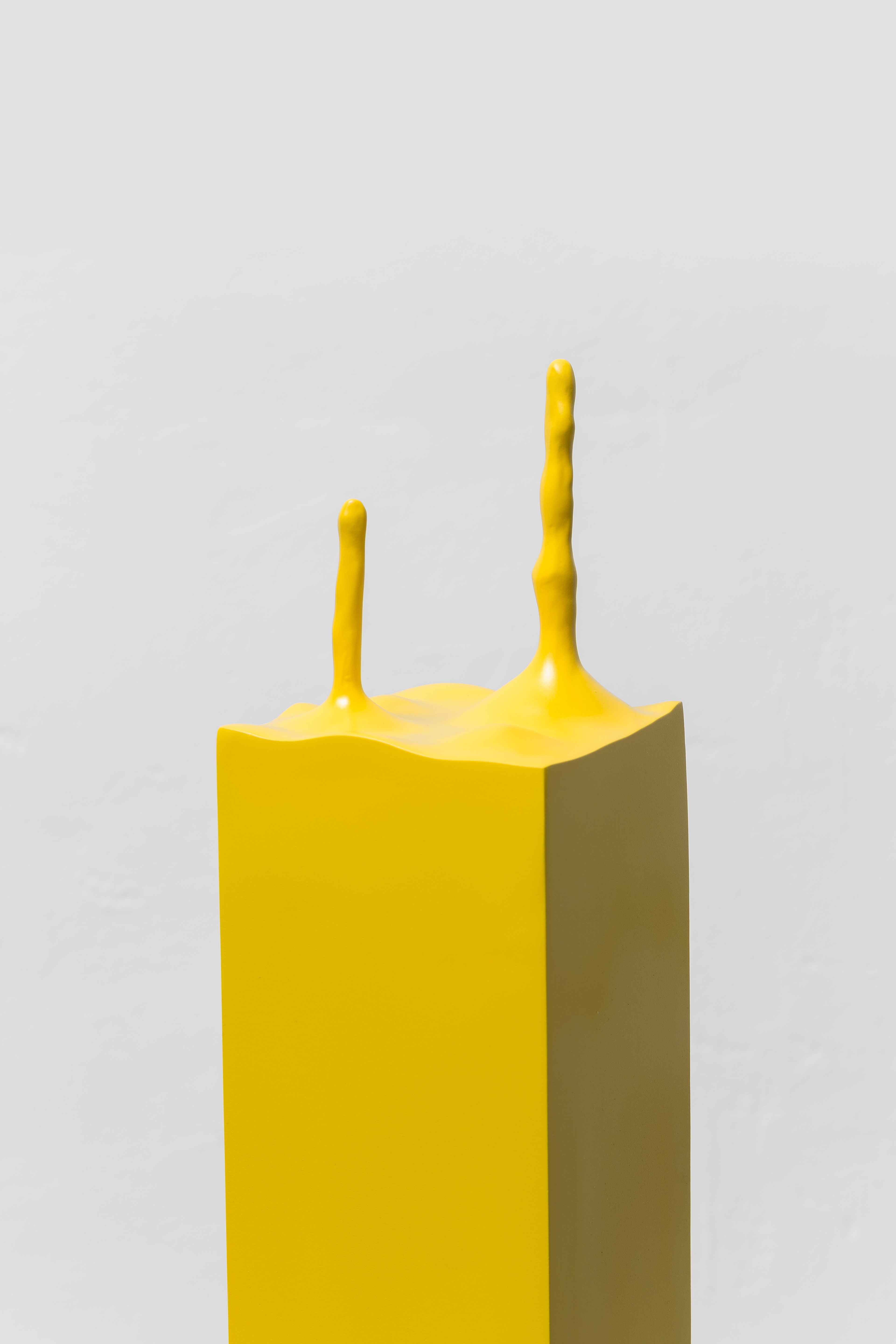
Stainless steel, varnish, 130 x 10 x 10 cm
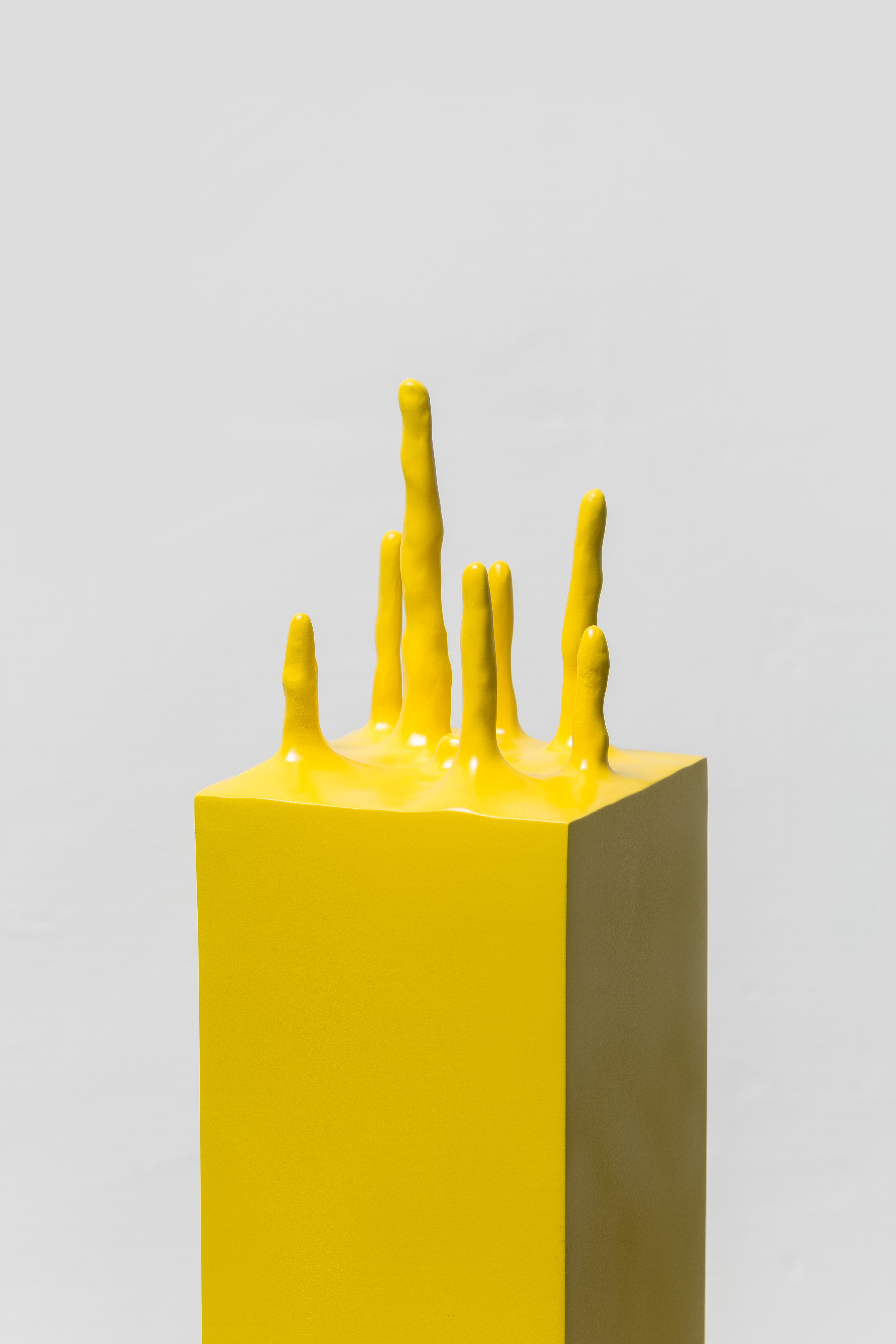
Stainless steel, varnish, 130 x 10 x 10 cm

Stainless steel, varnish, 130 x 10 x 10 cm
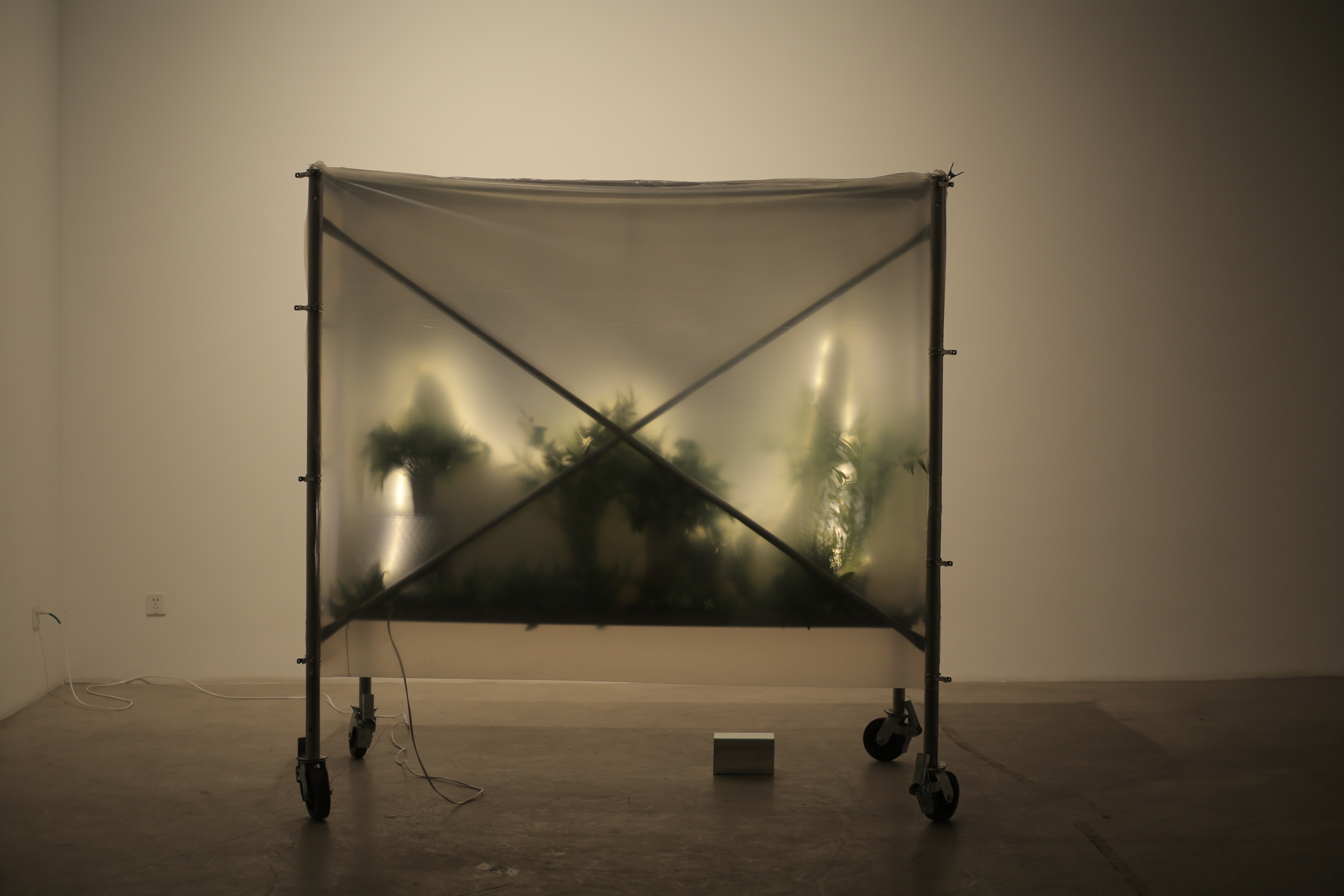
Mixed media
Main structure: 187 x 183 x 94 cm; Mirror box: 12 x 20 x 12 cm
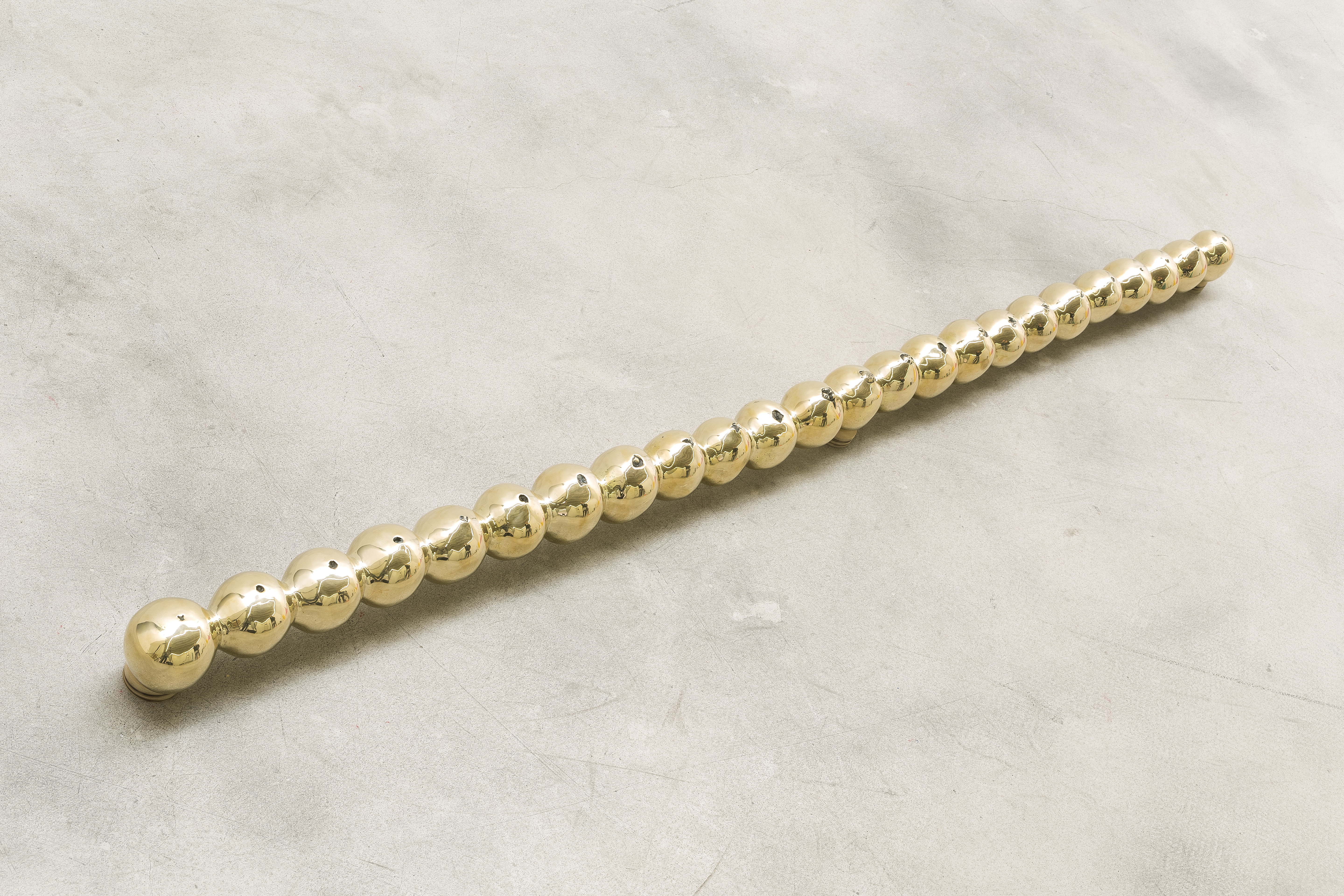
Brass, 200 x 8 x 9 cm
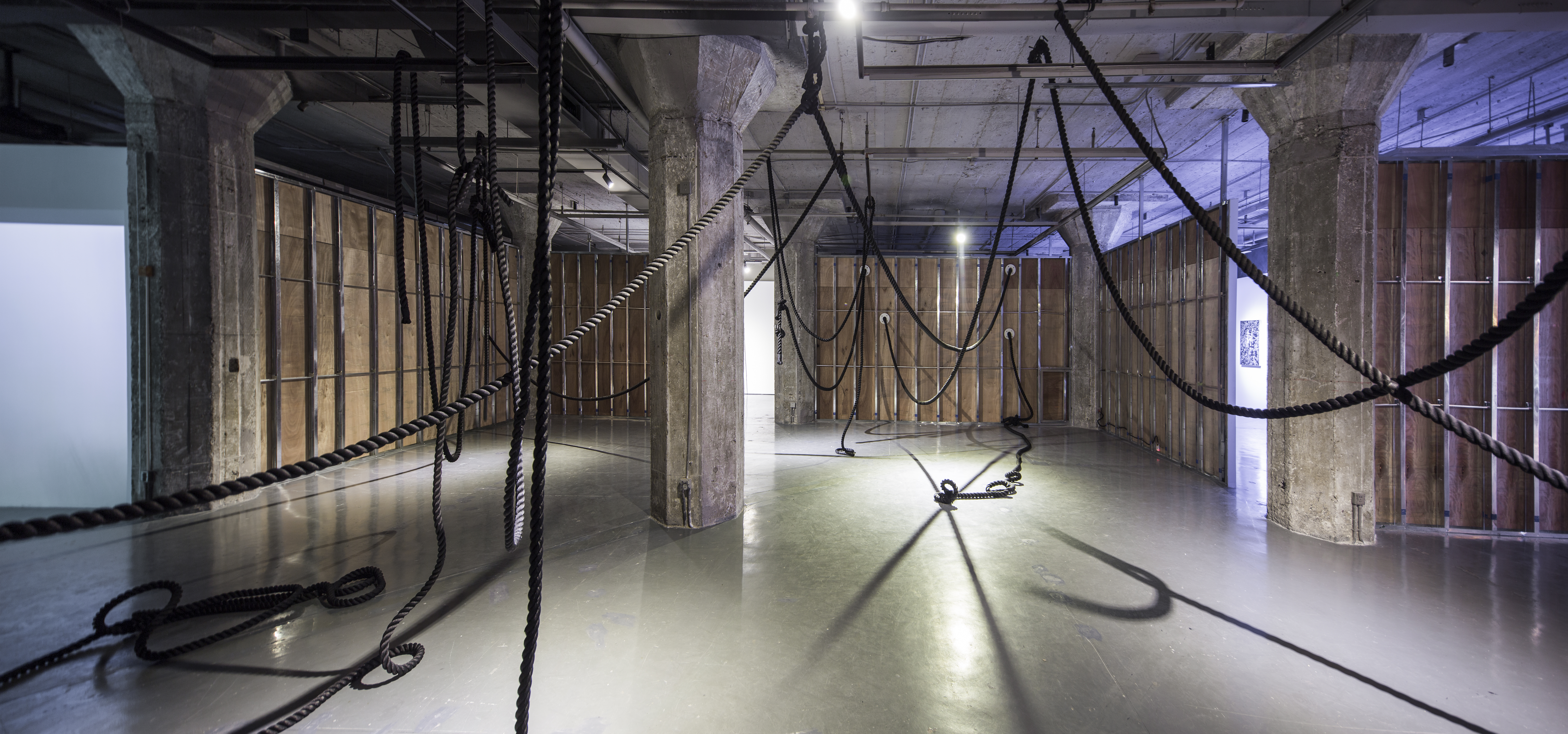
Nylon ropes, mechanical devices, Dimensions variable
